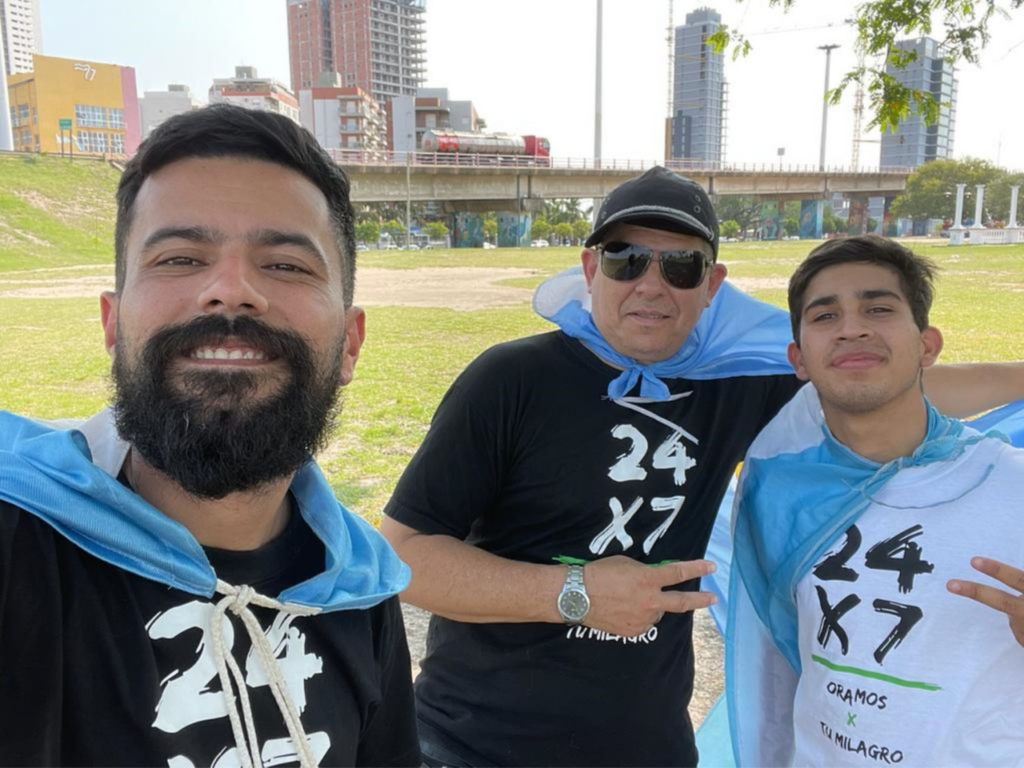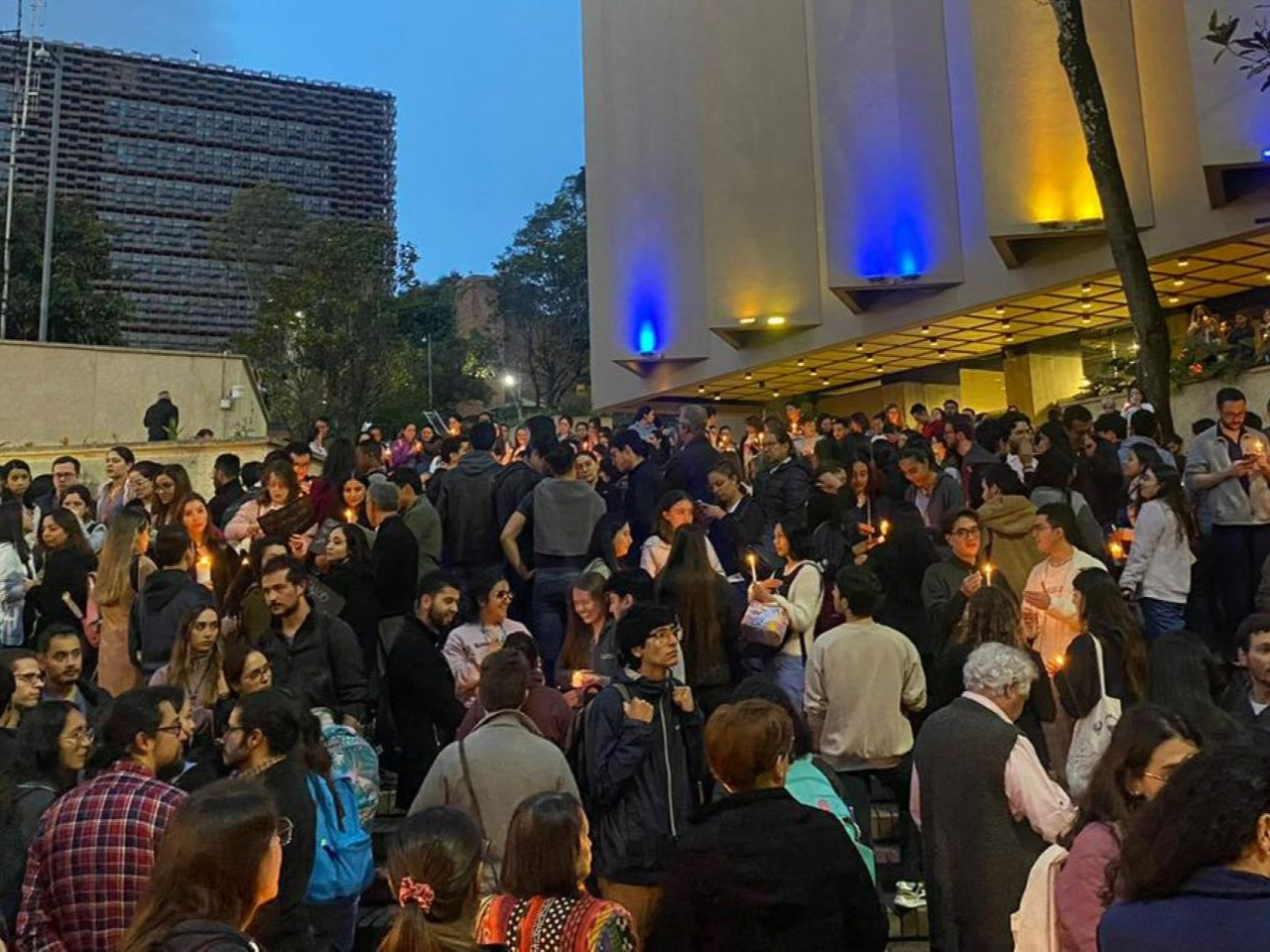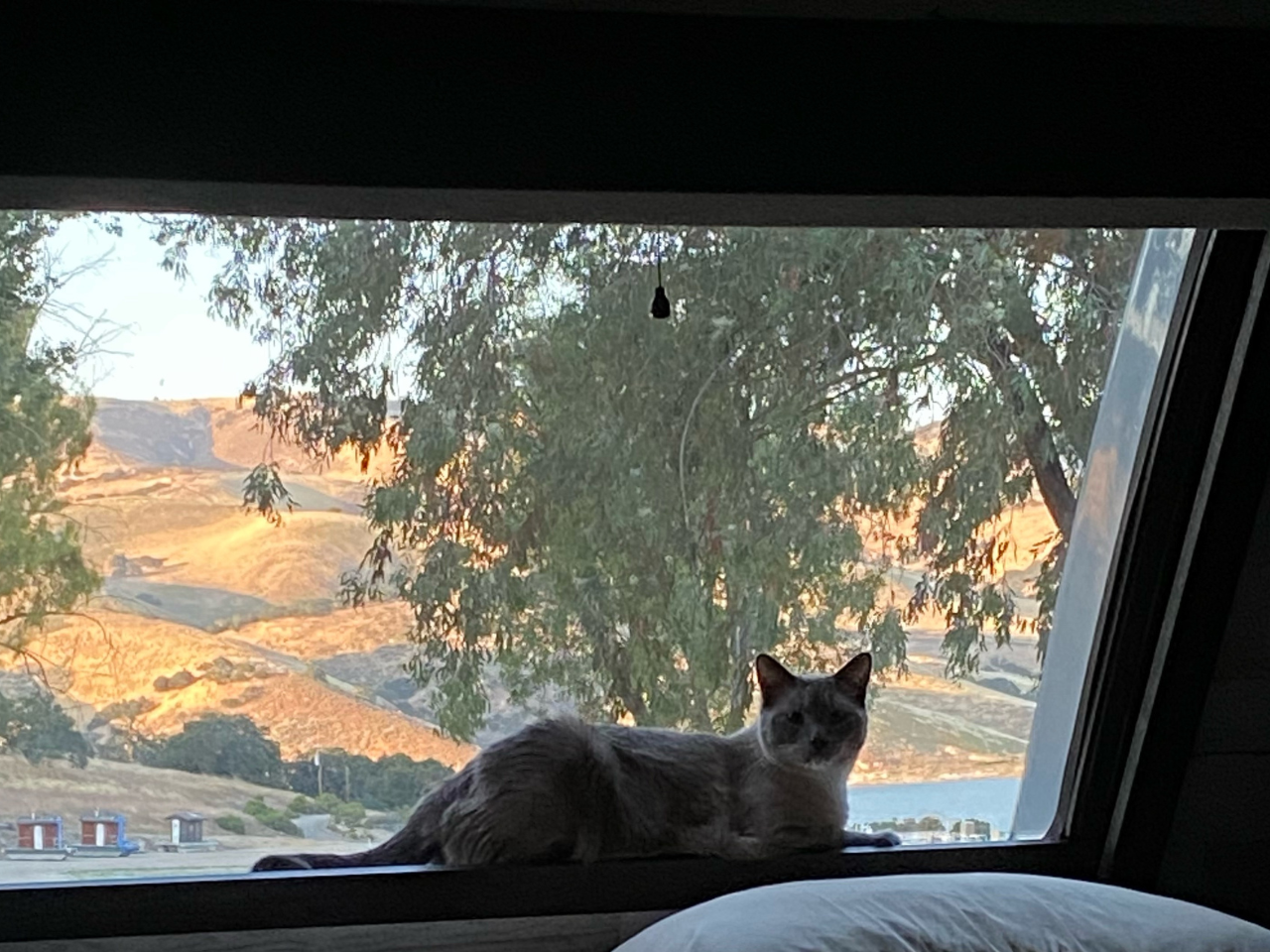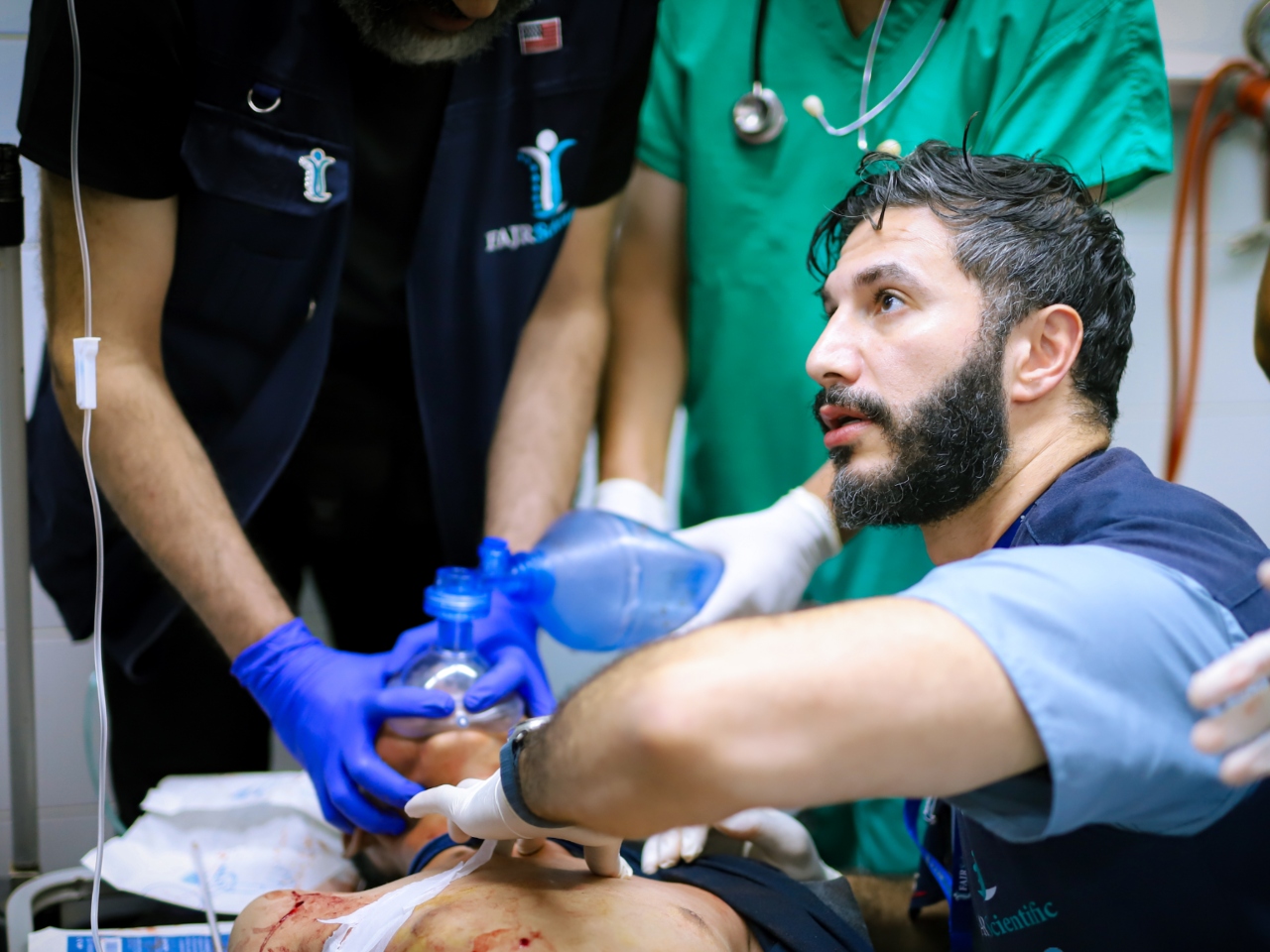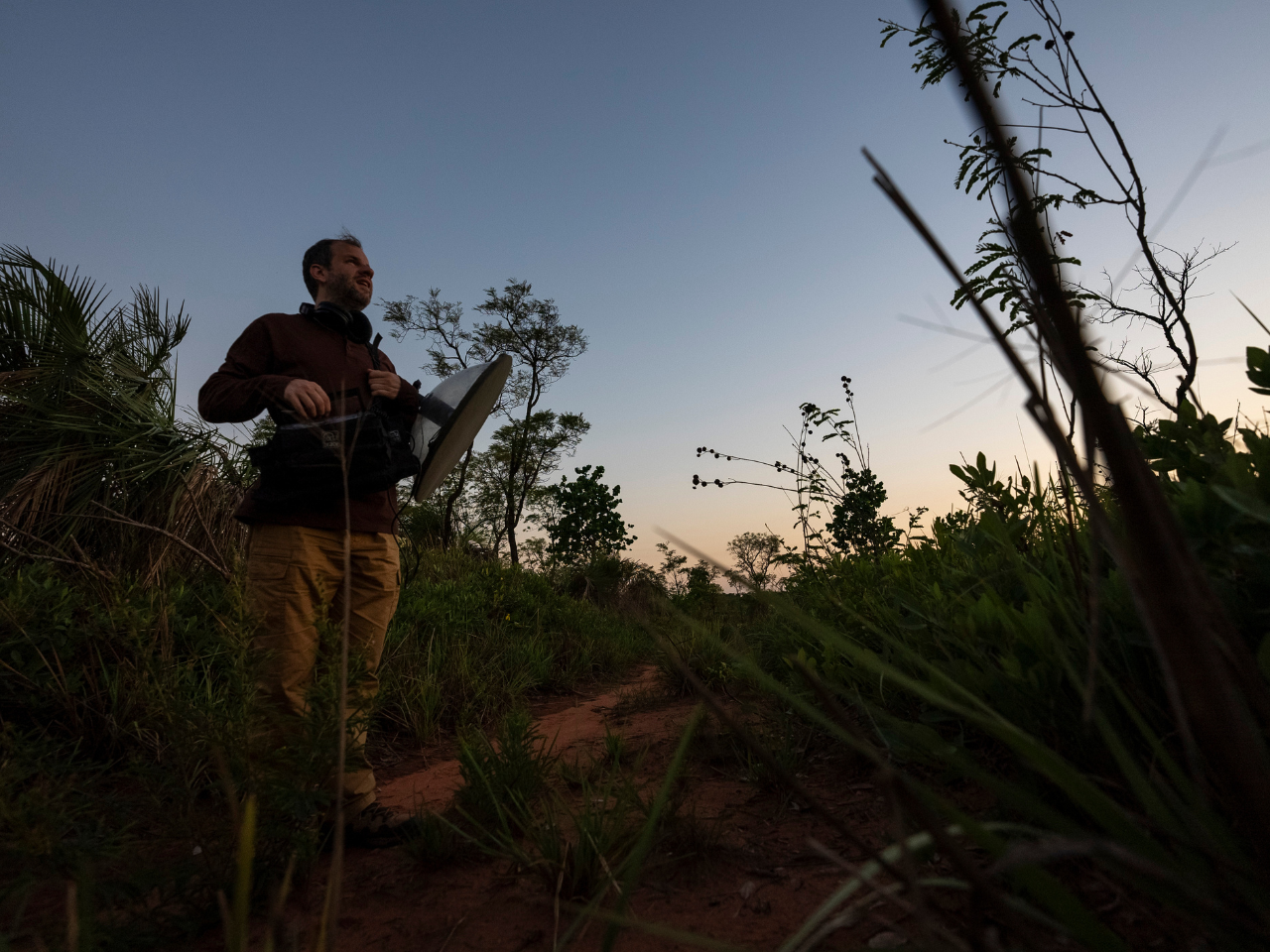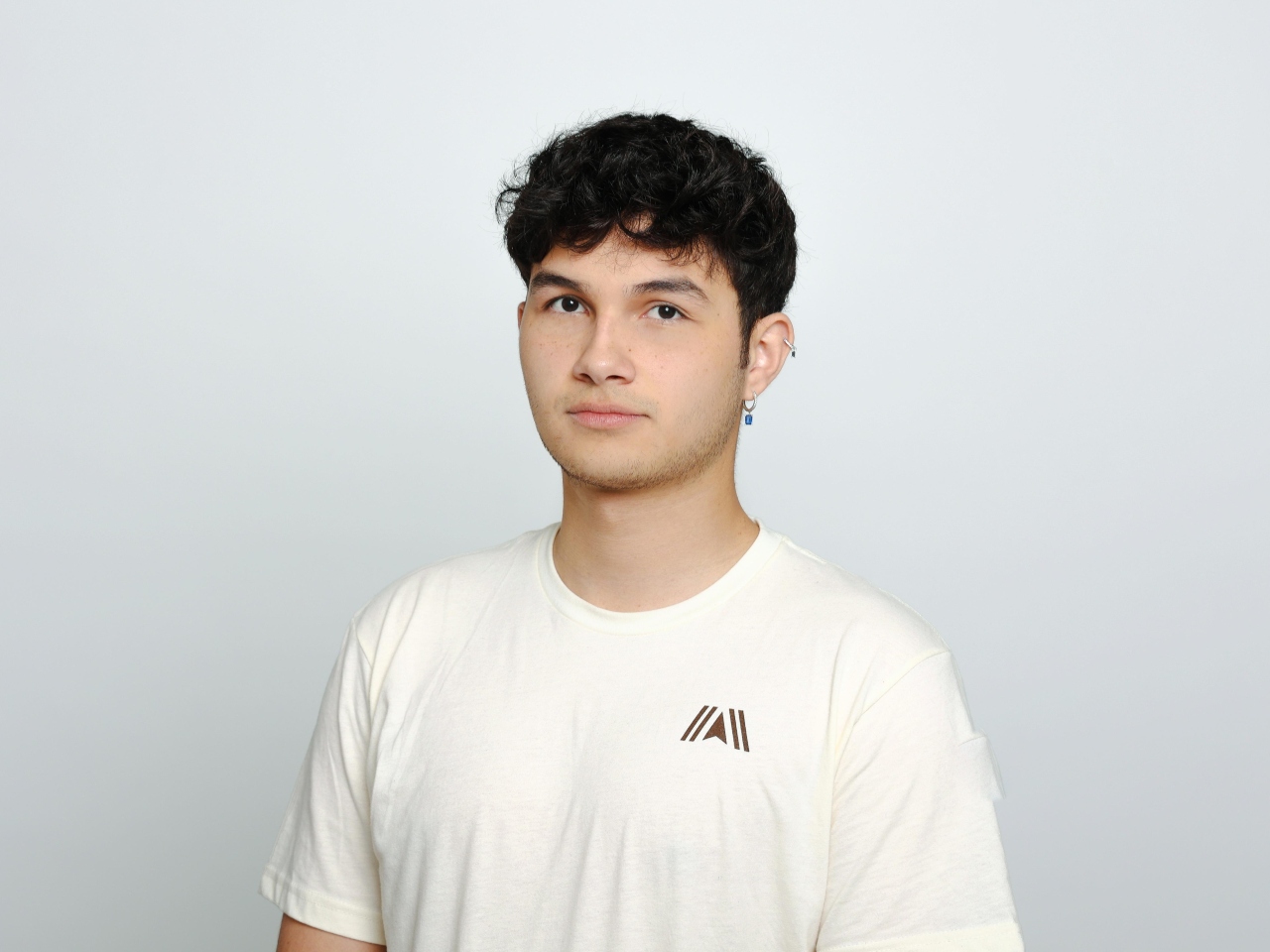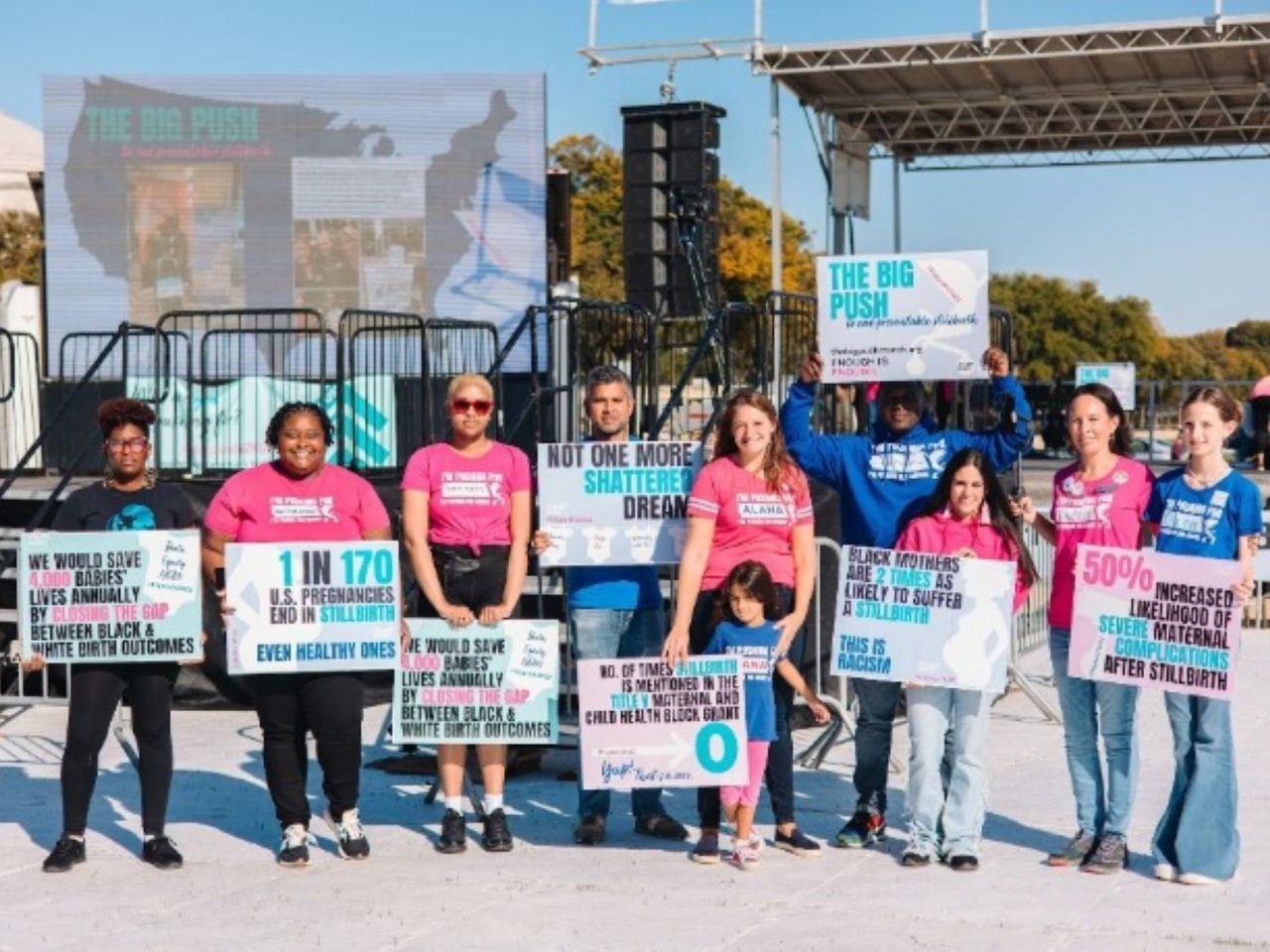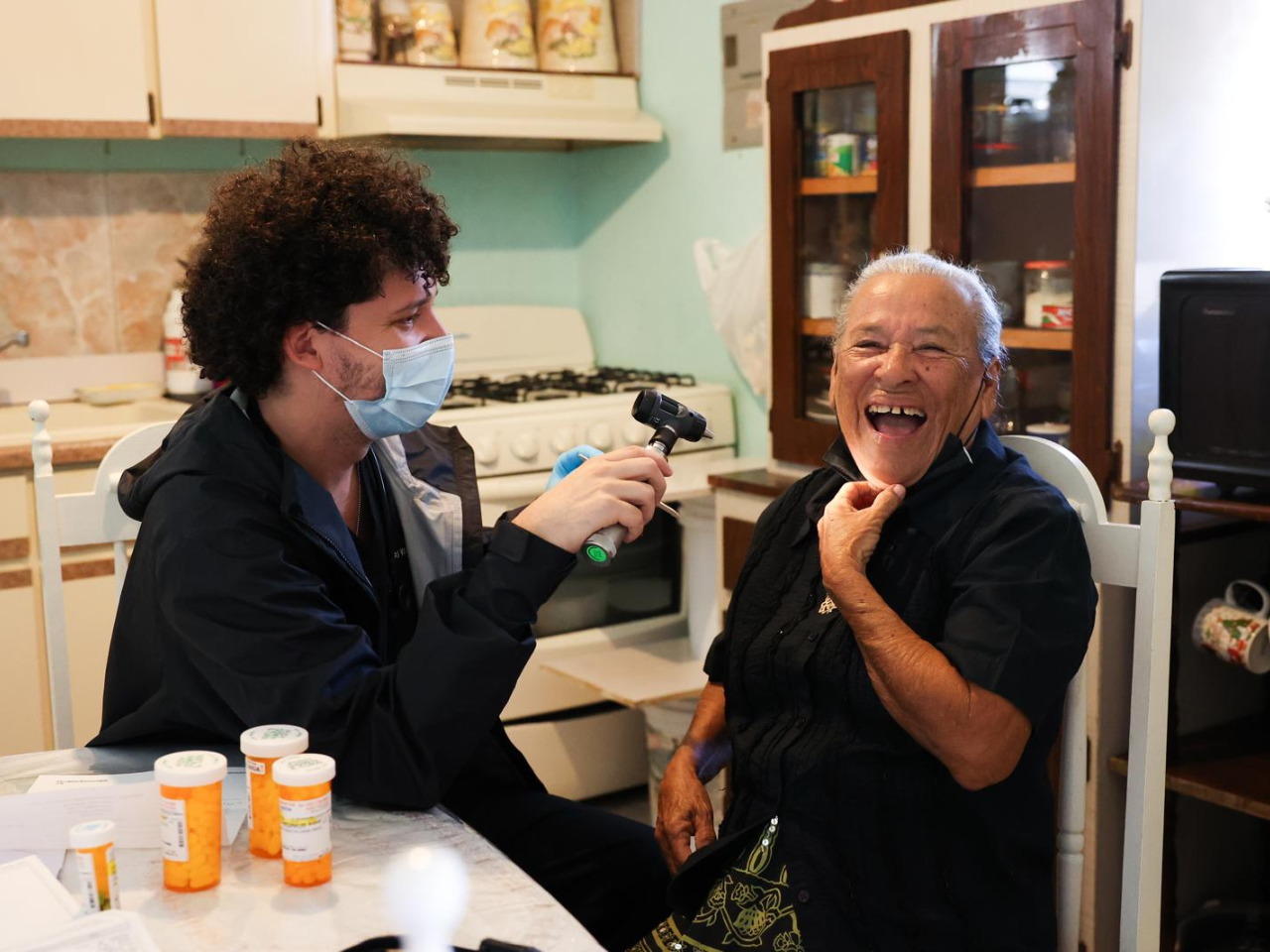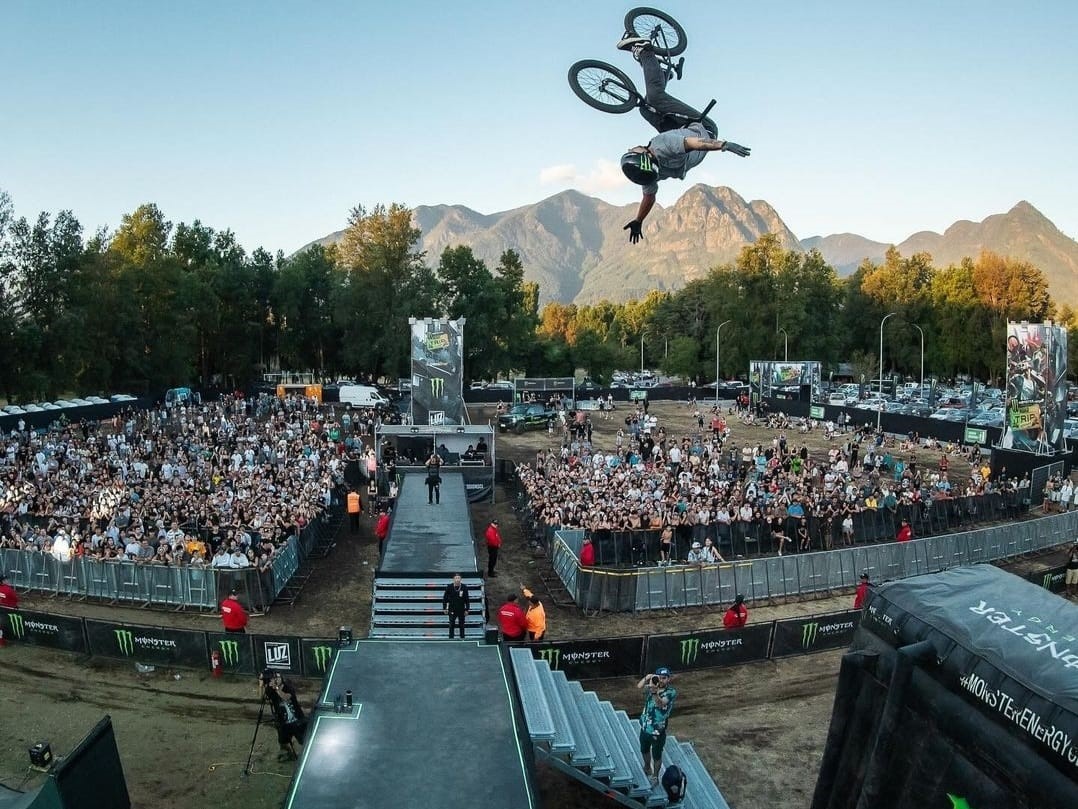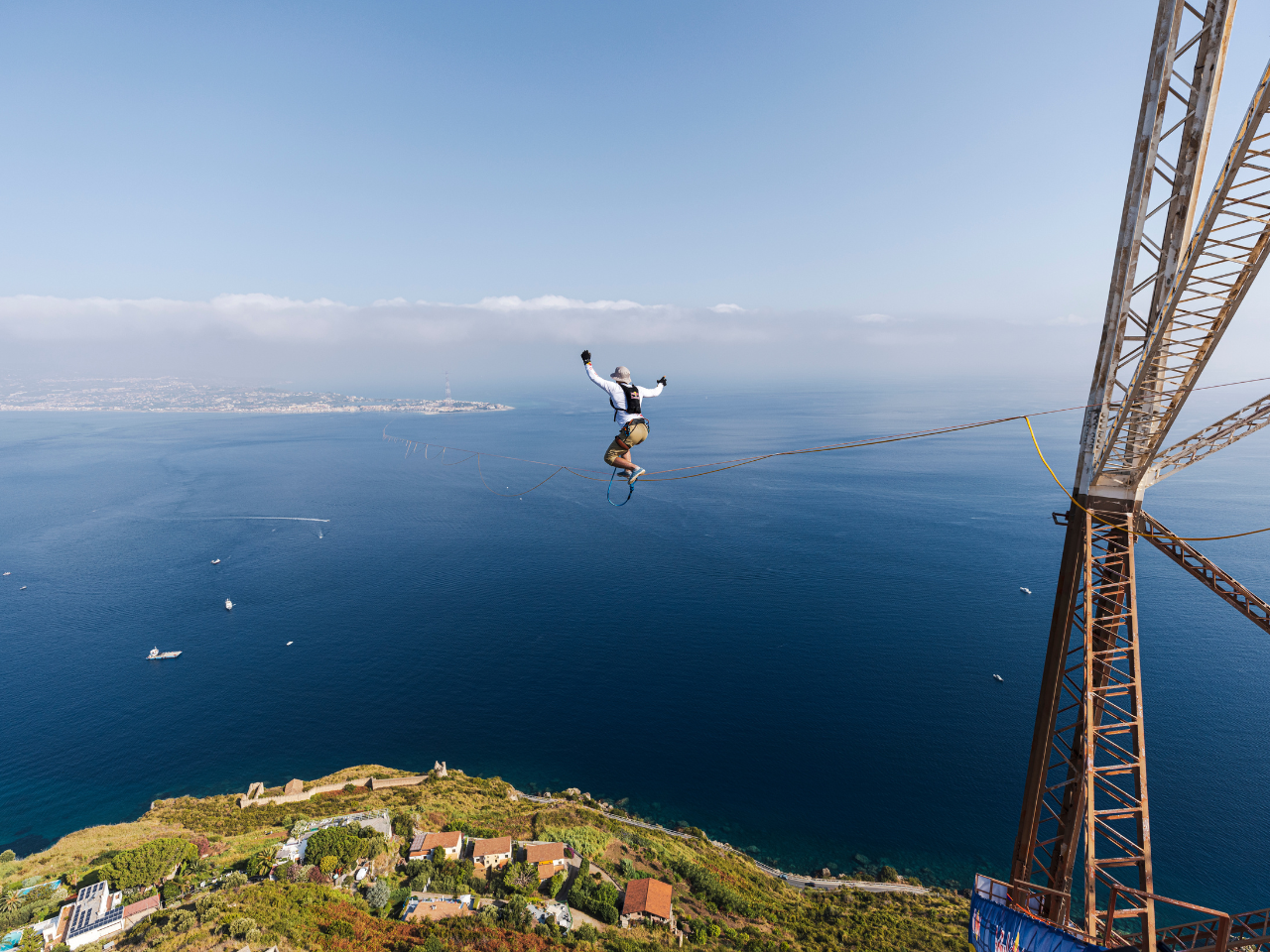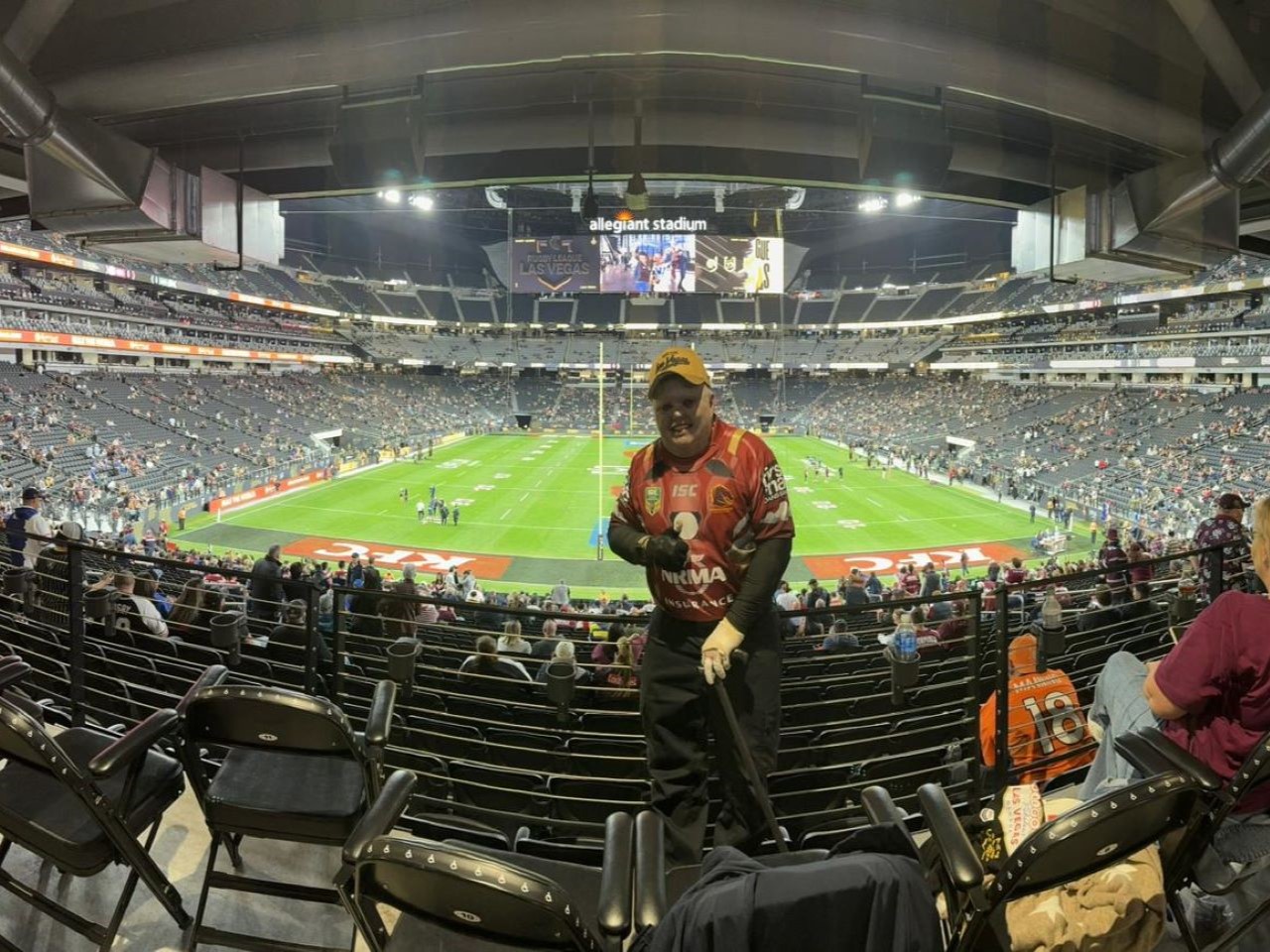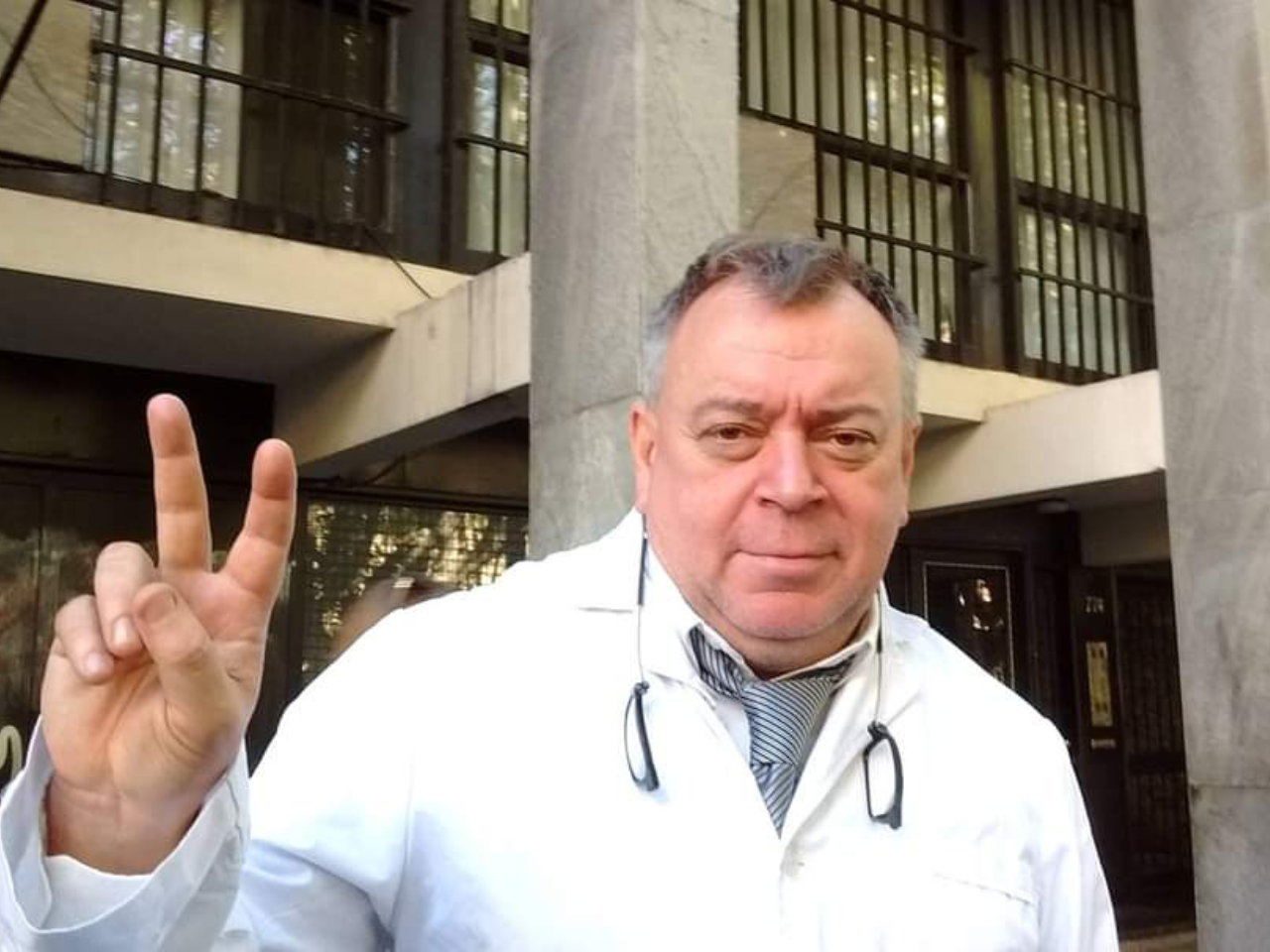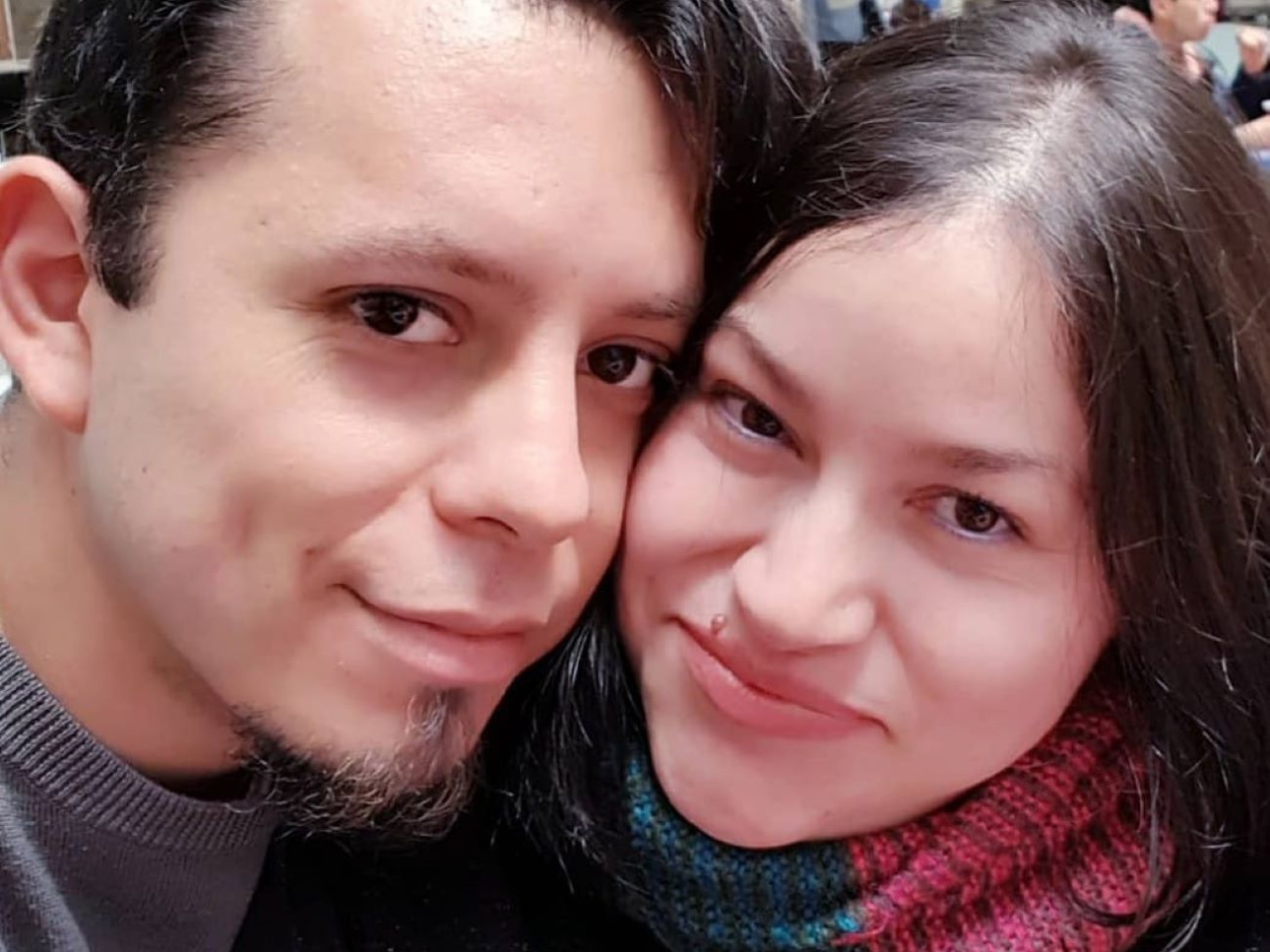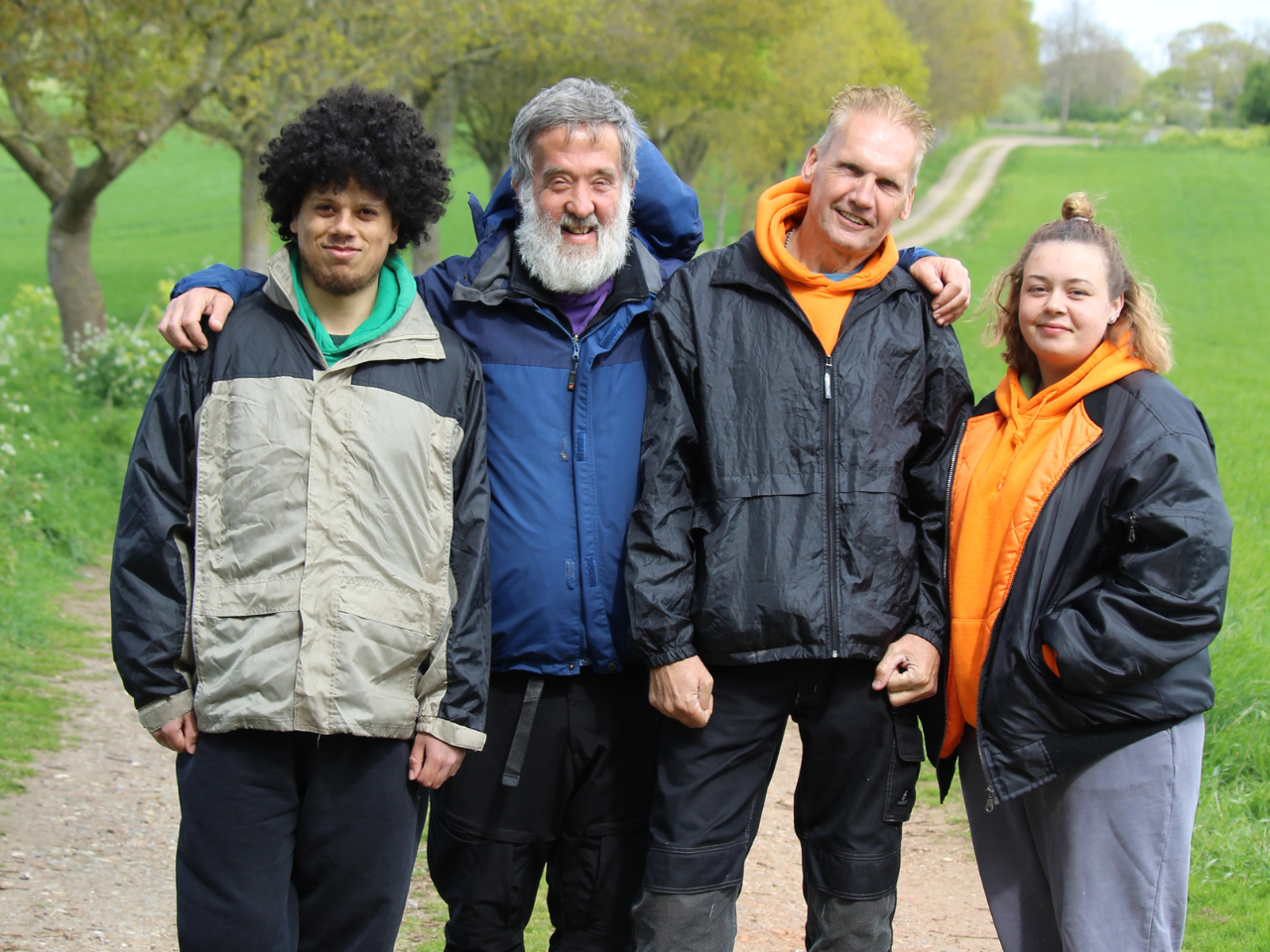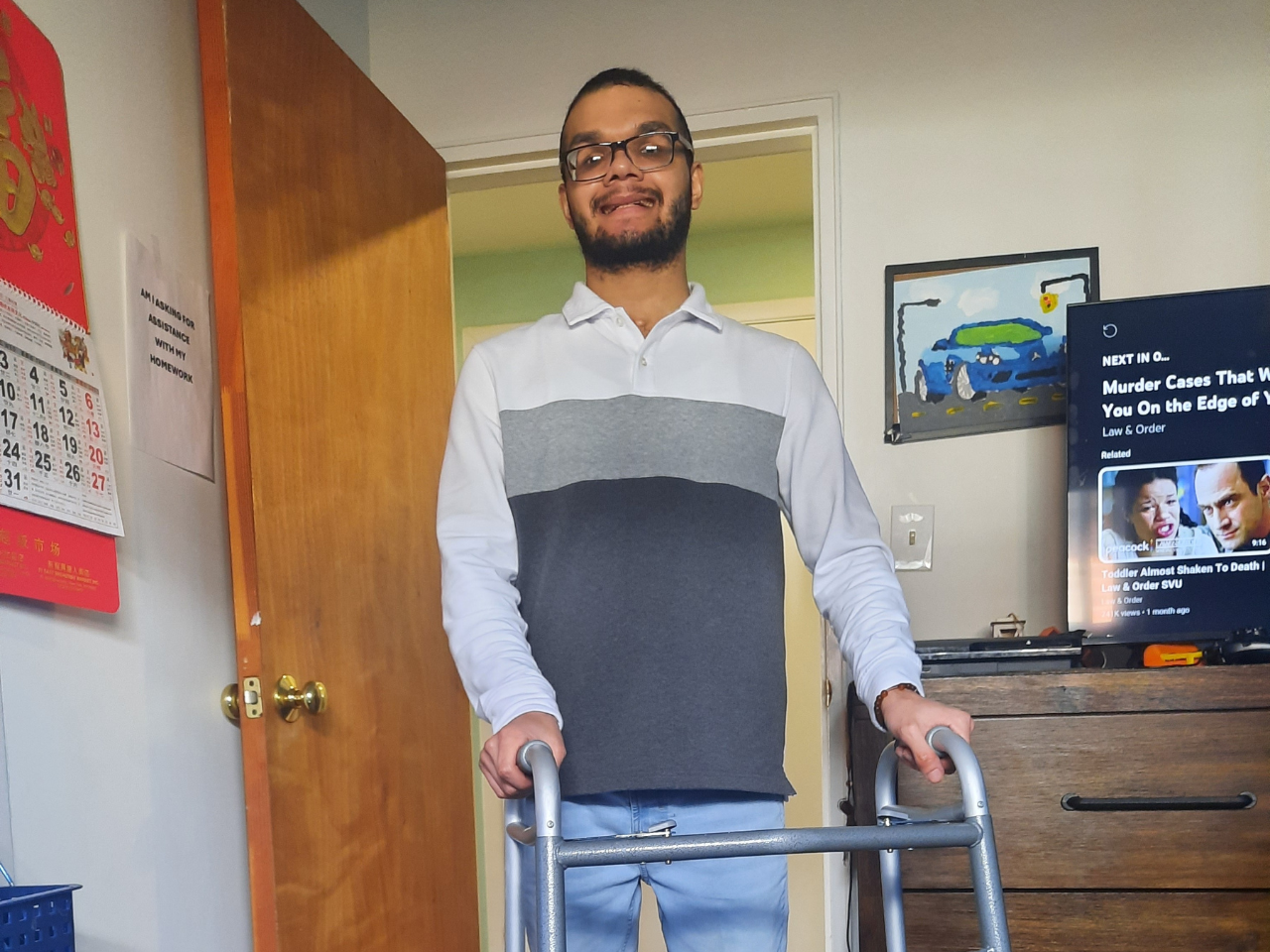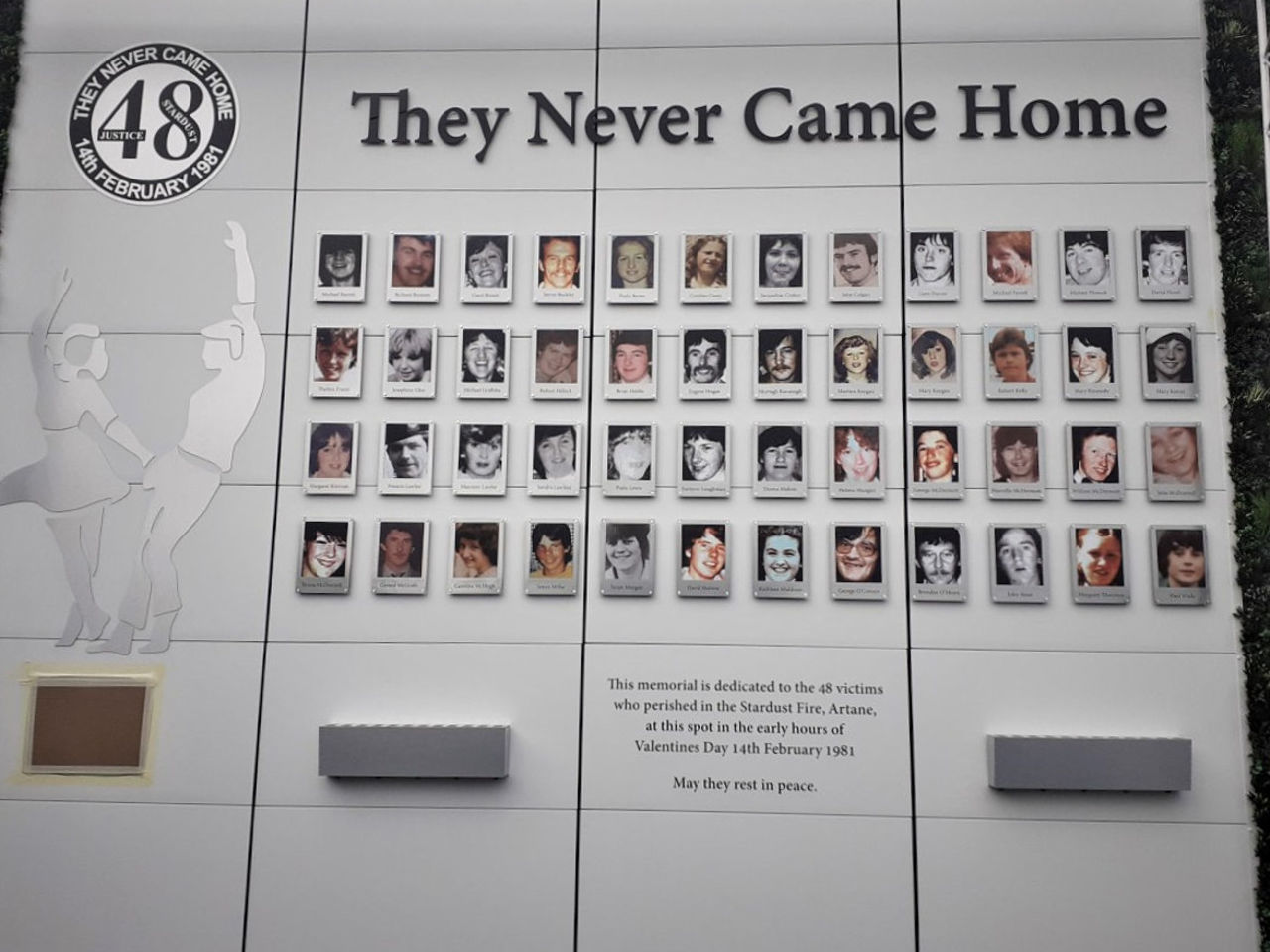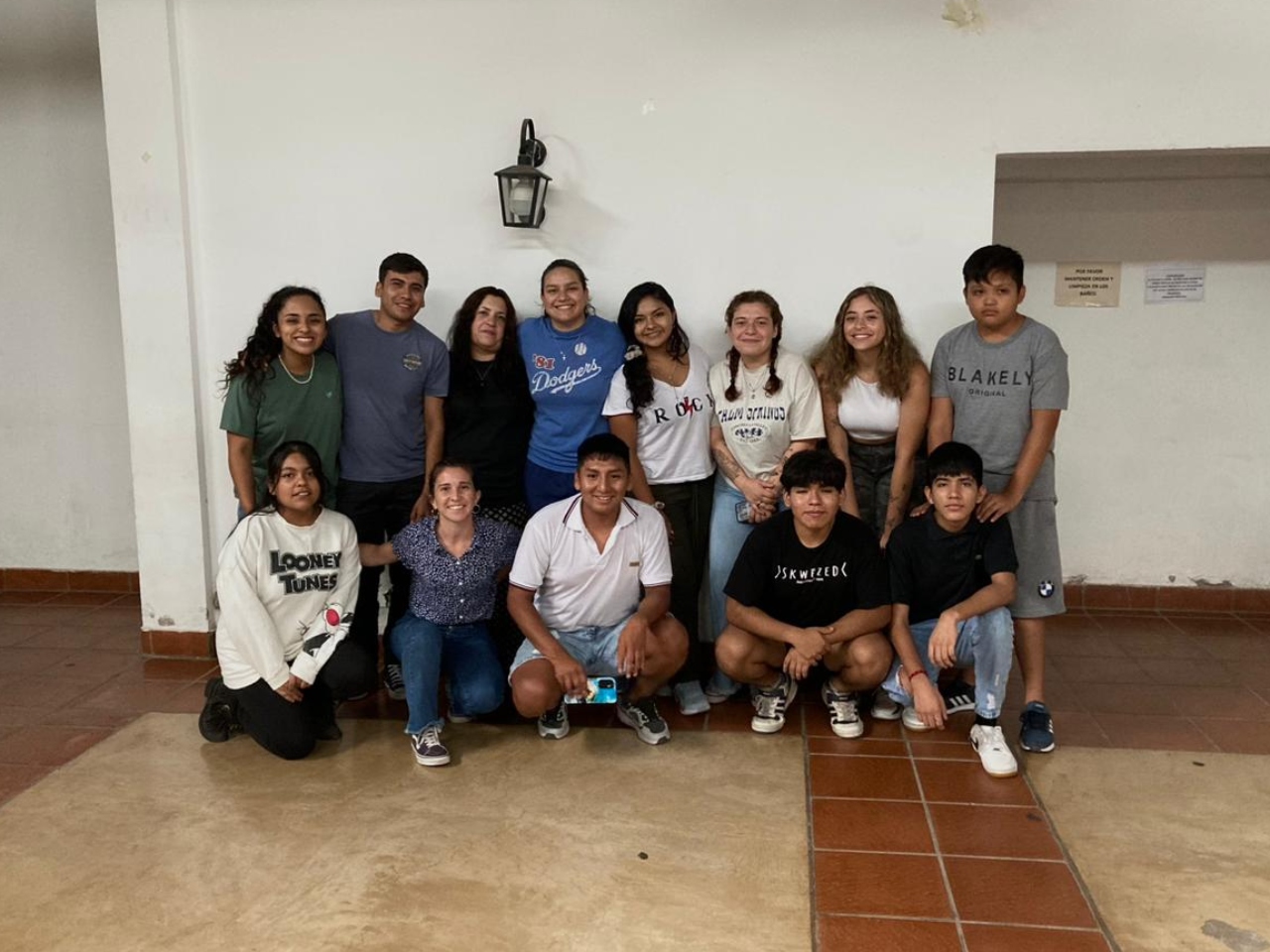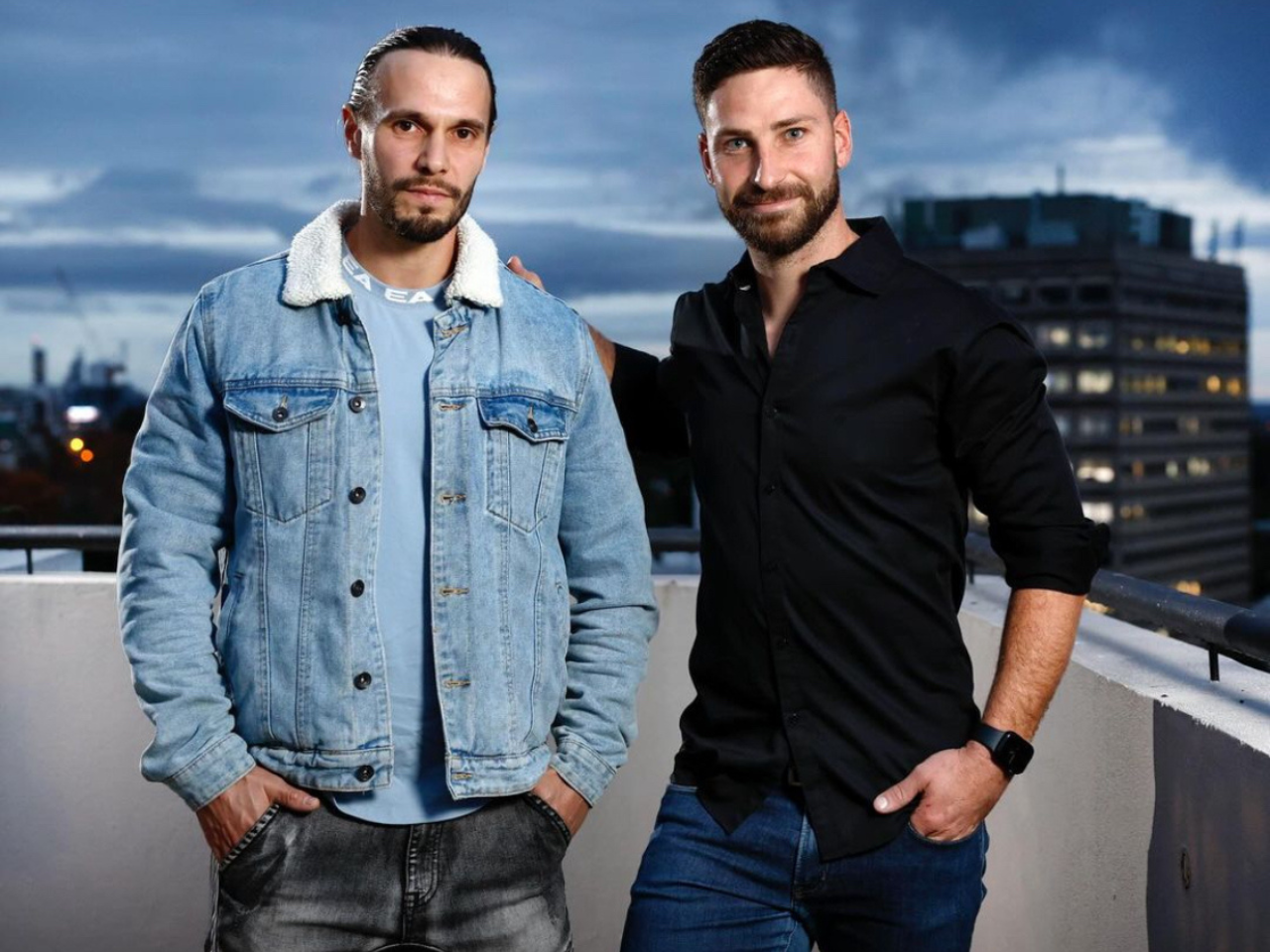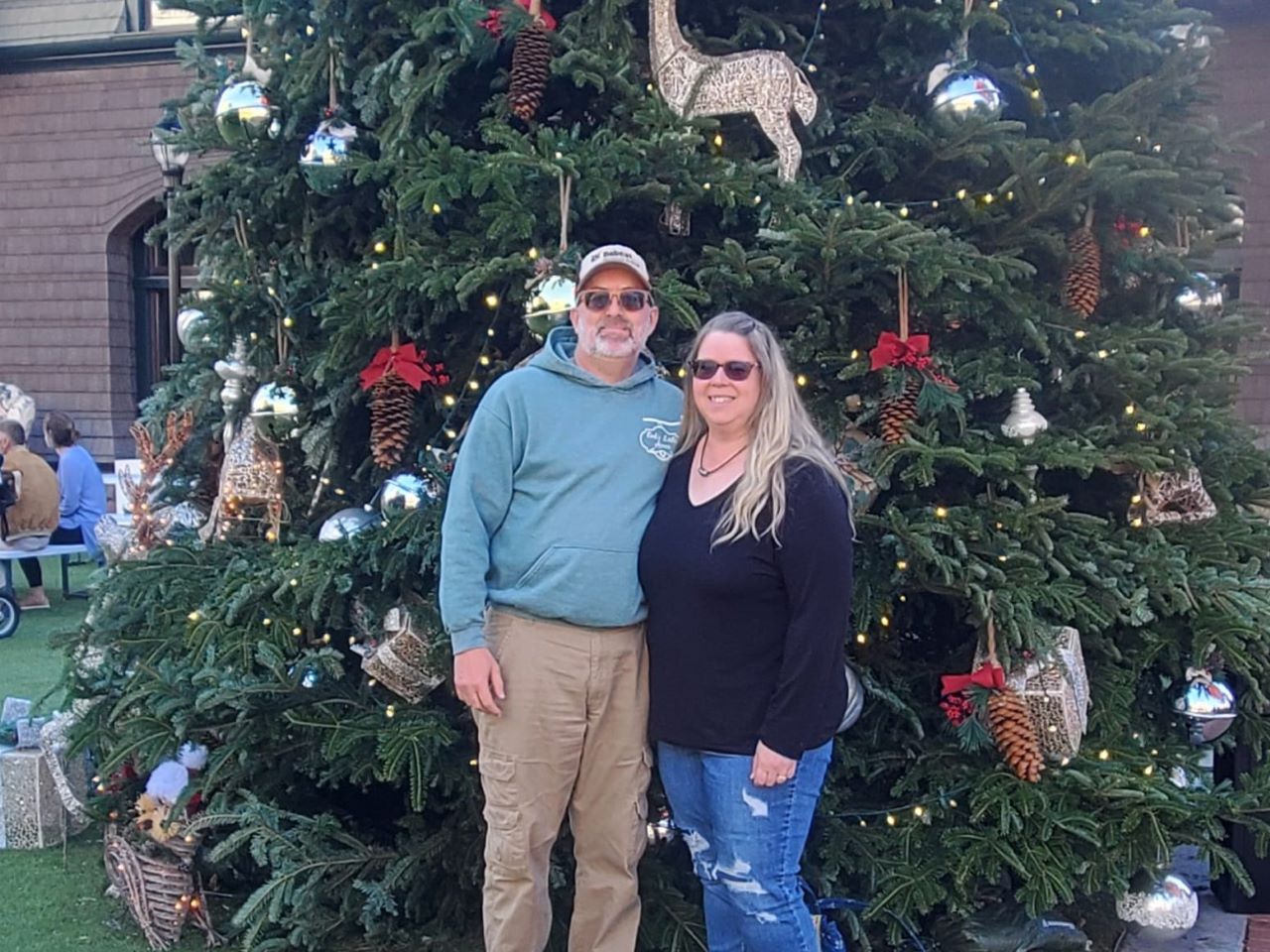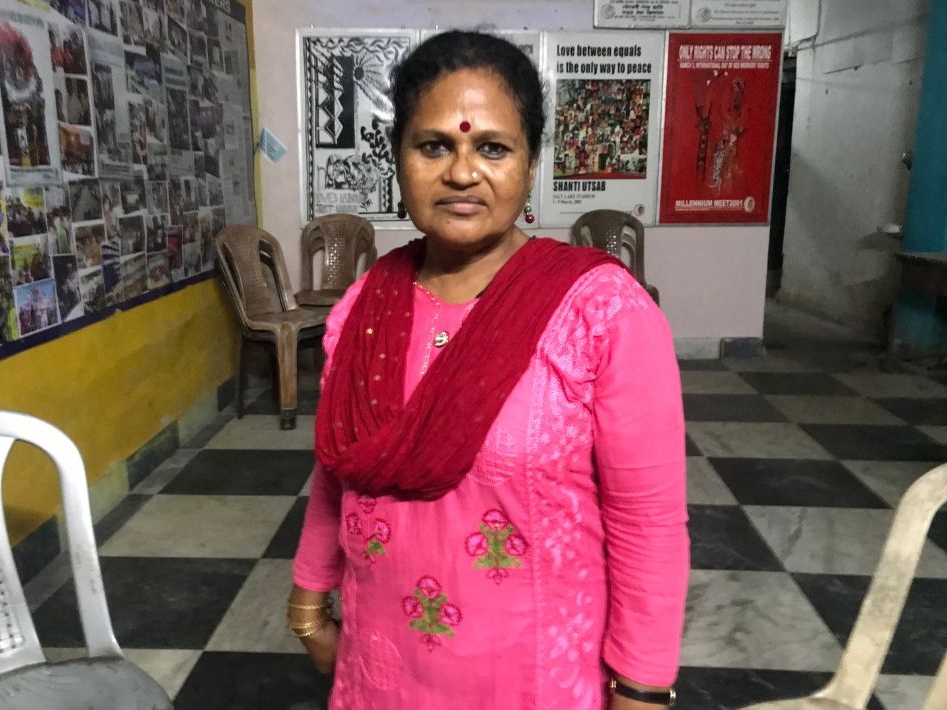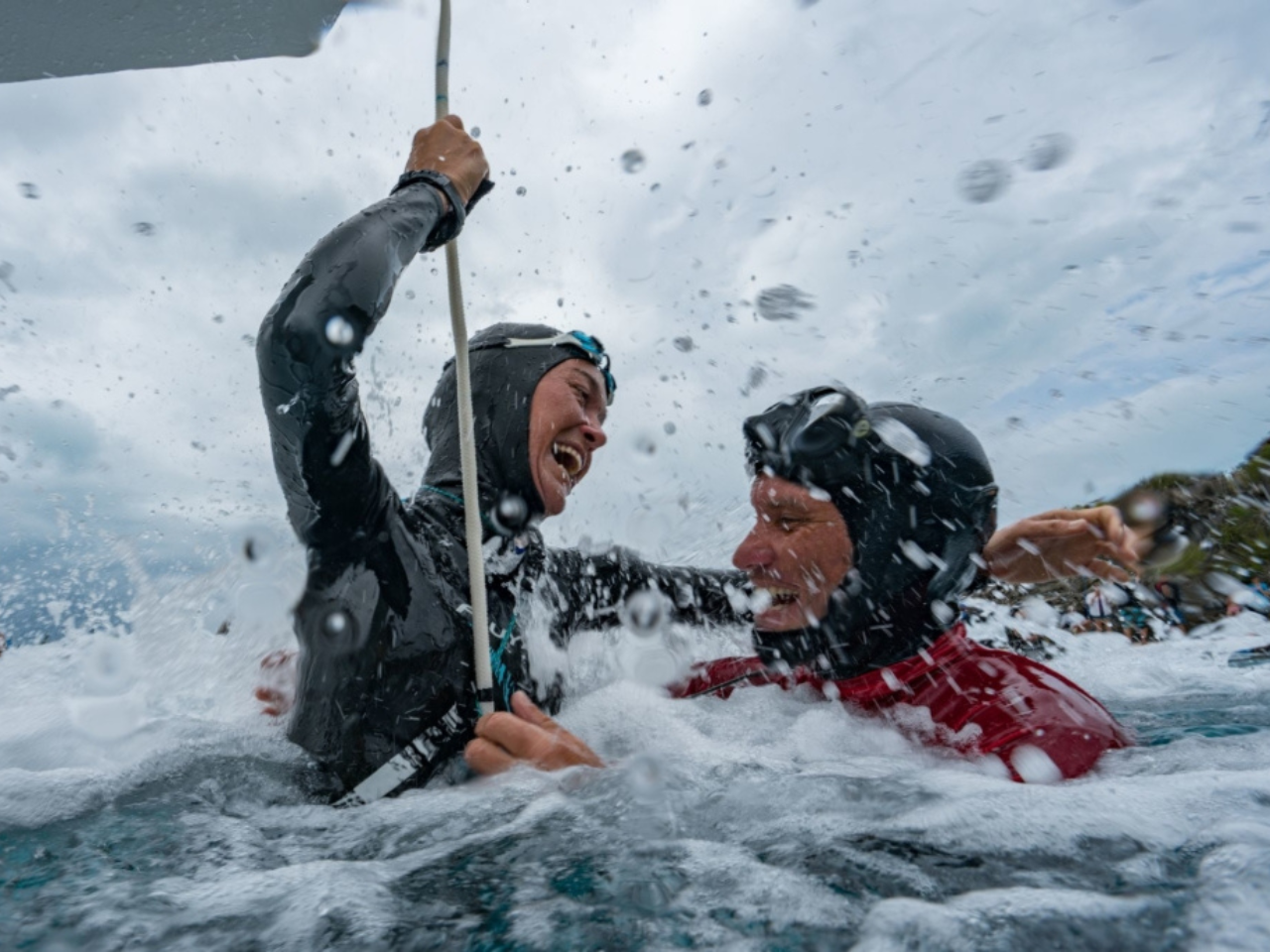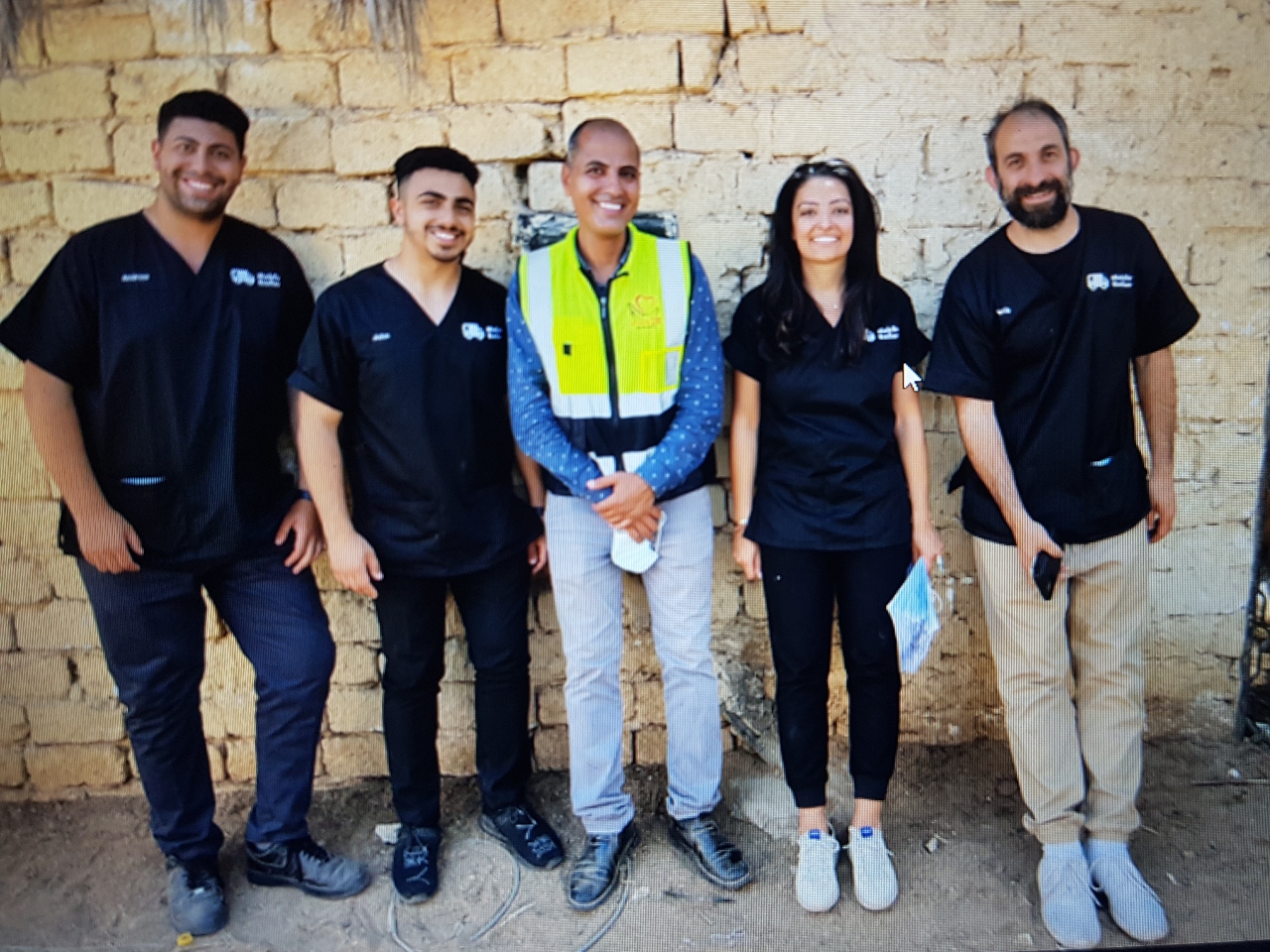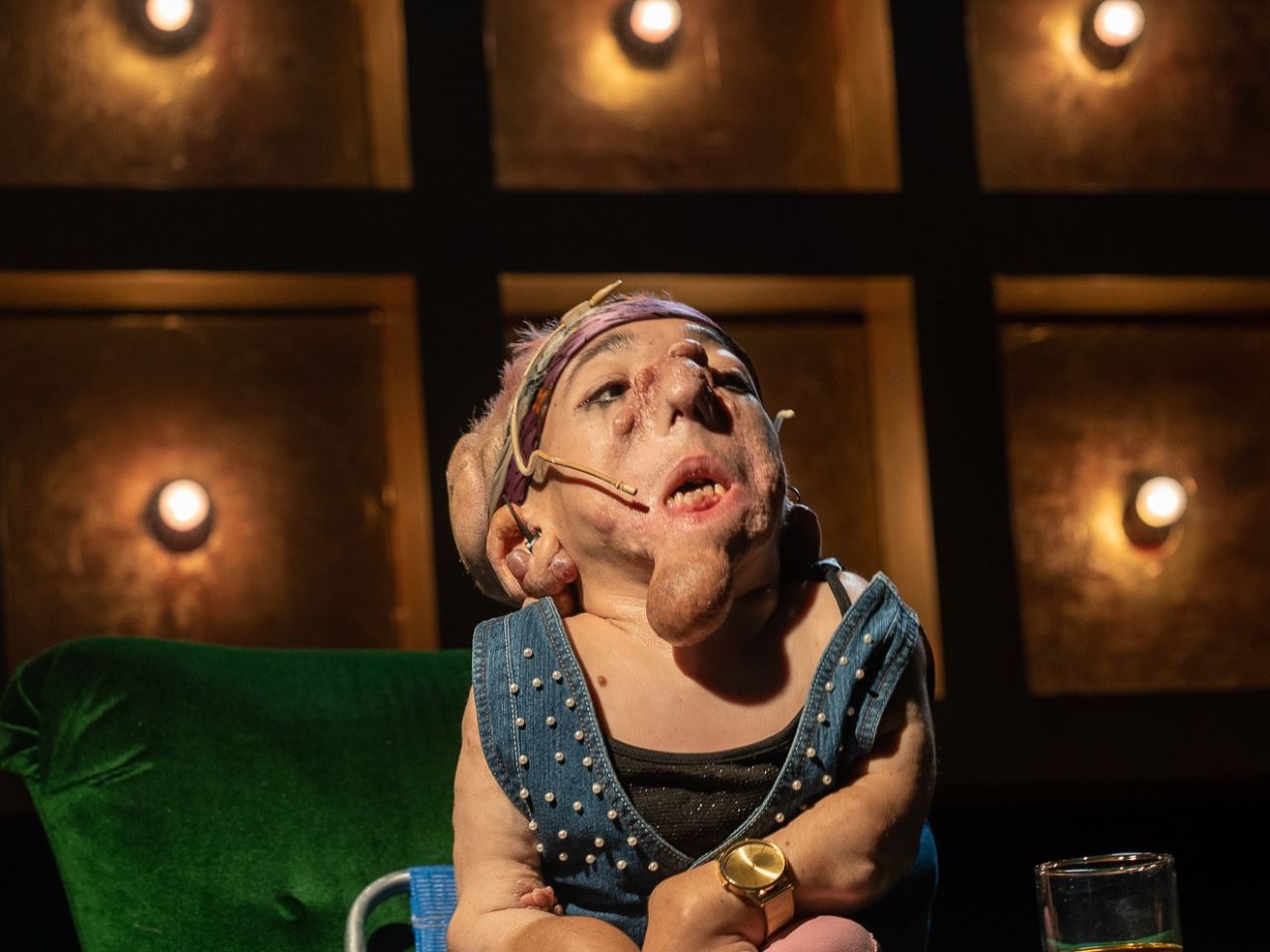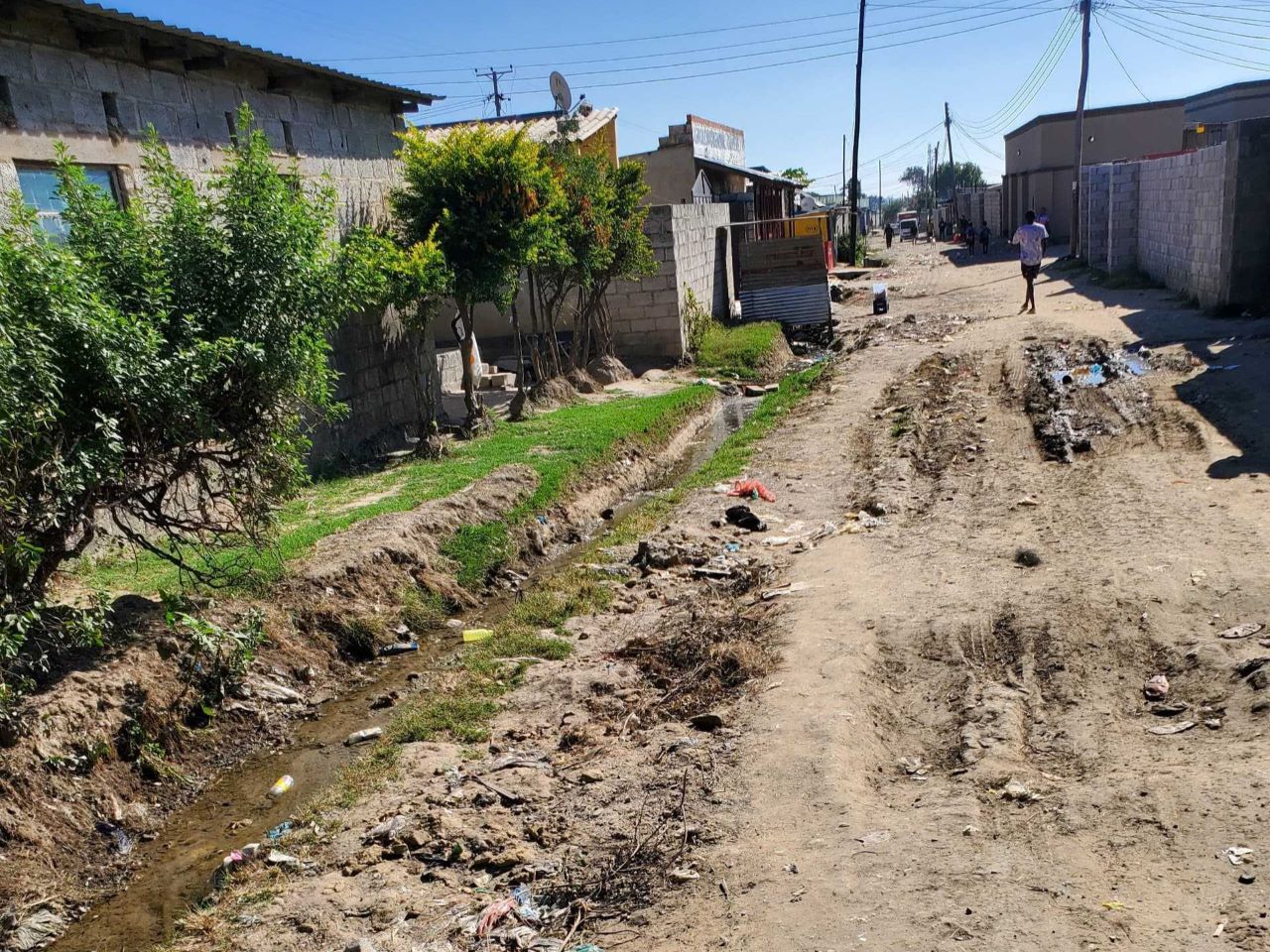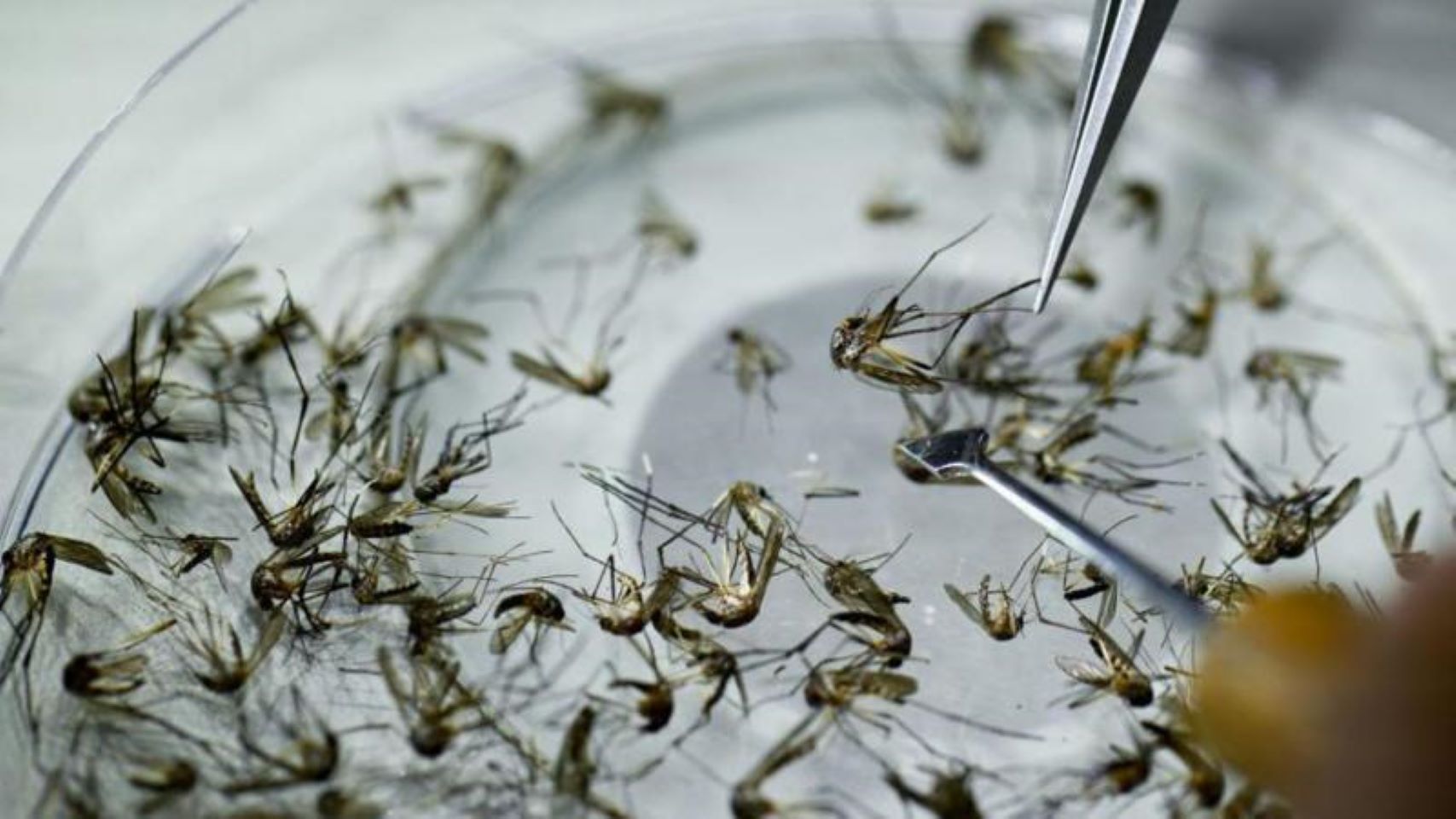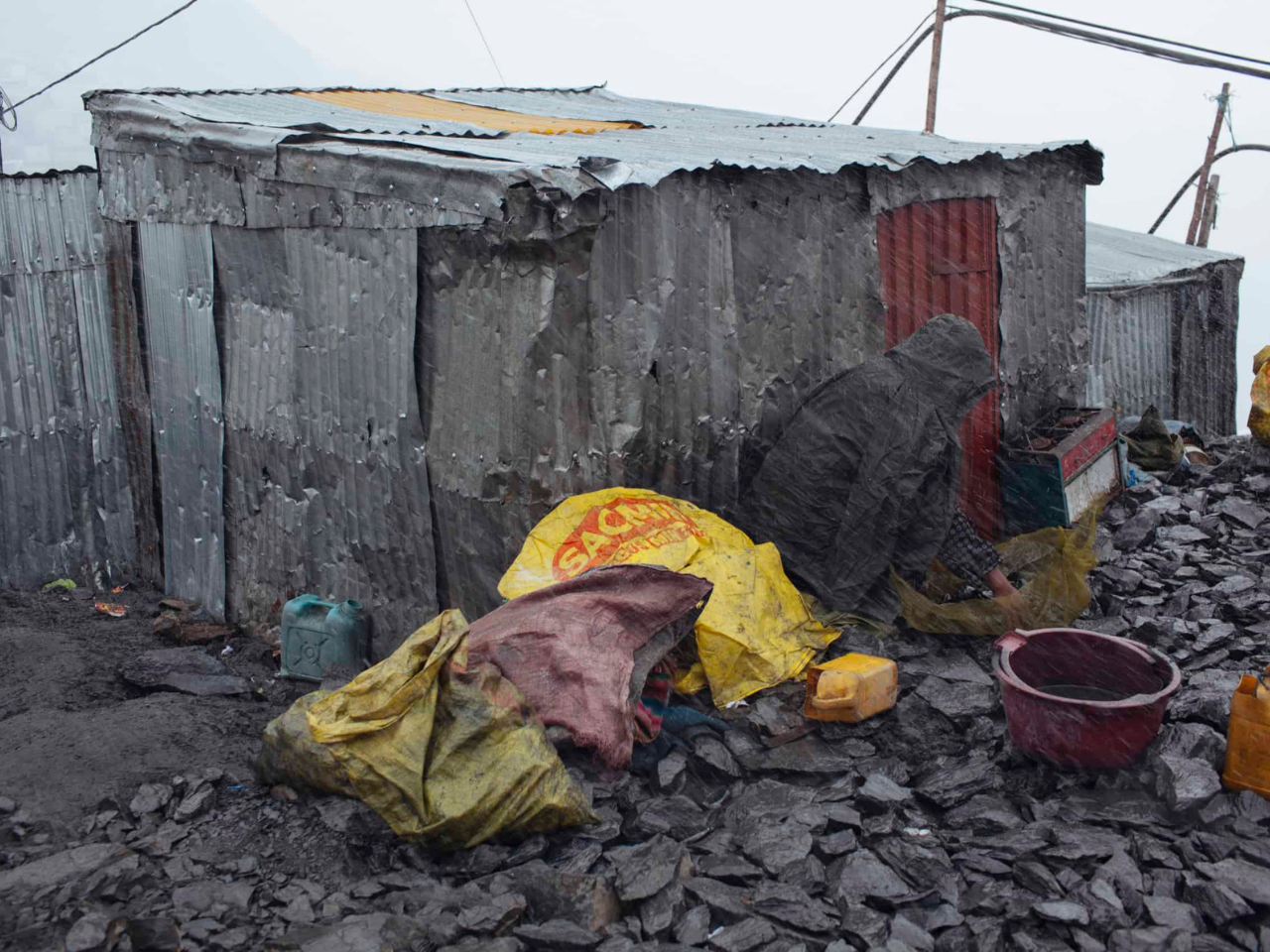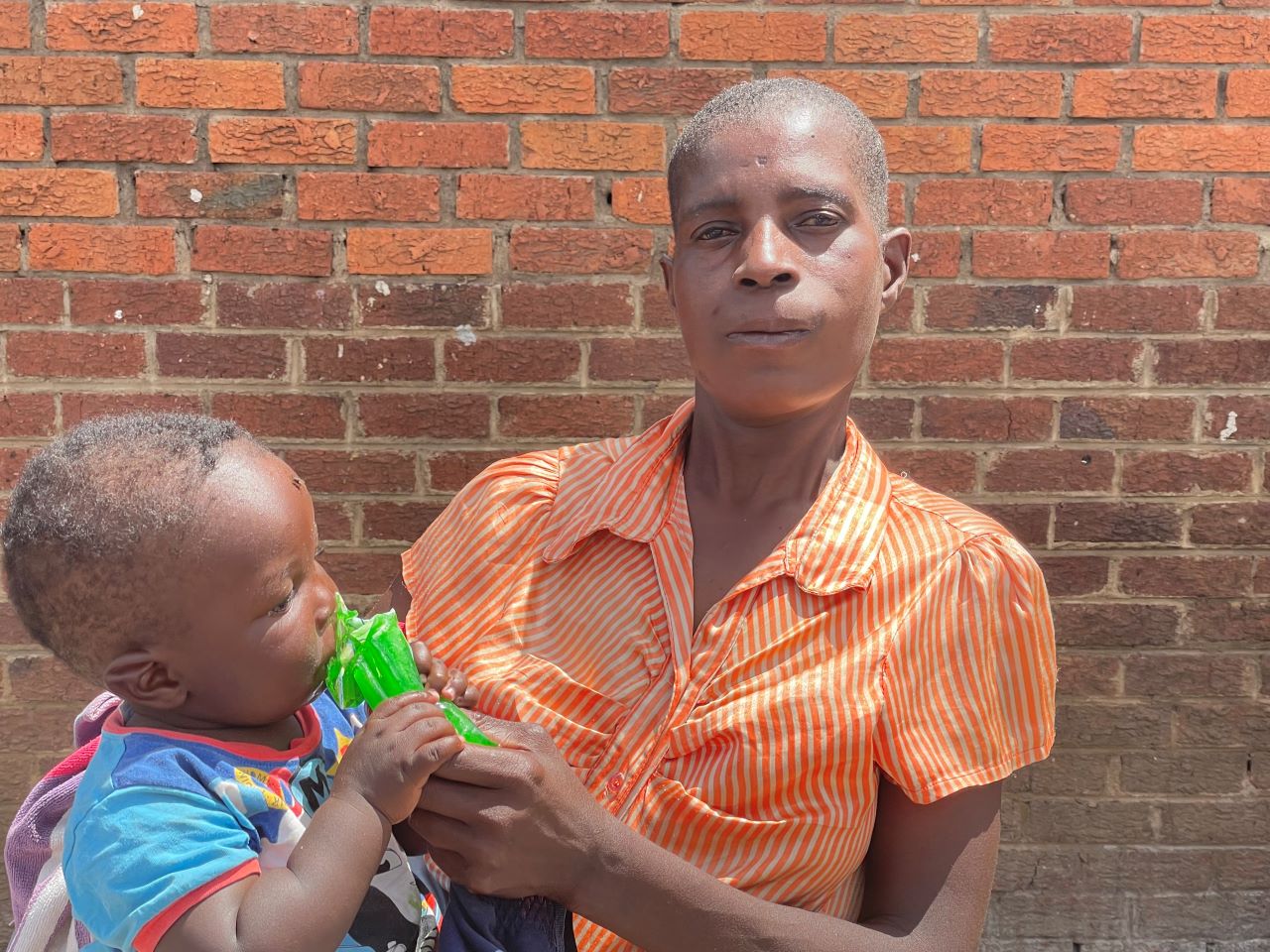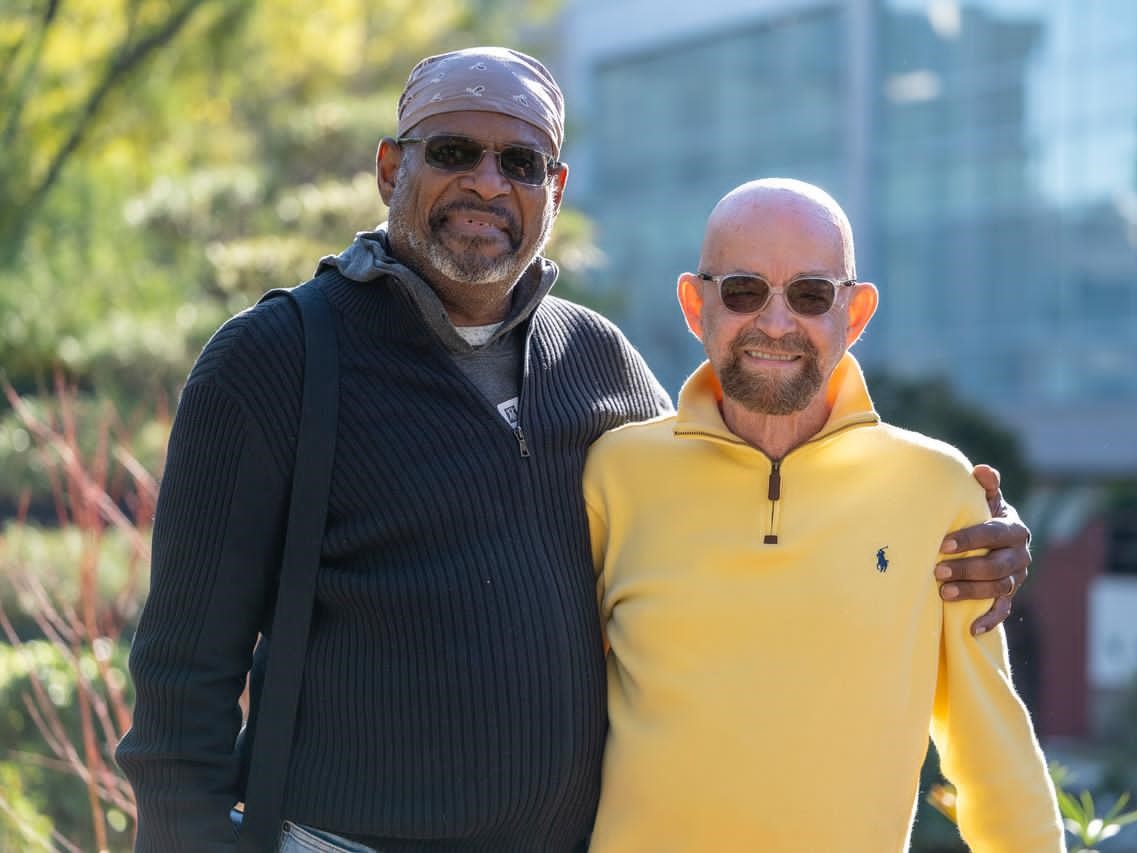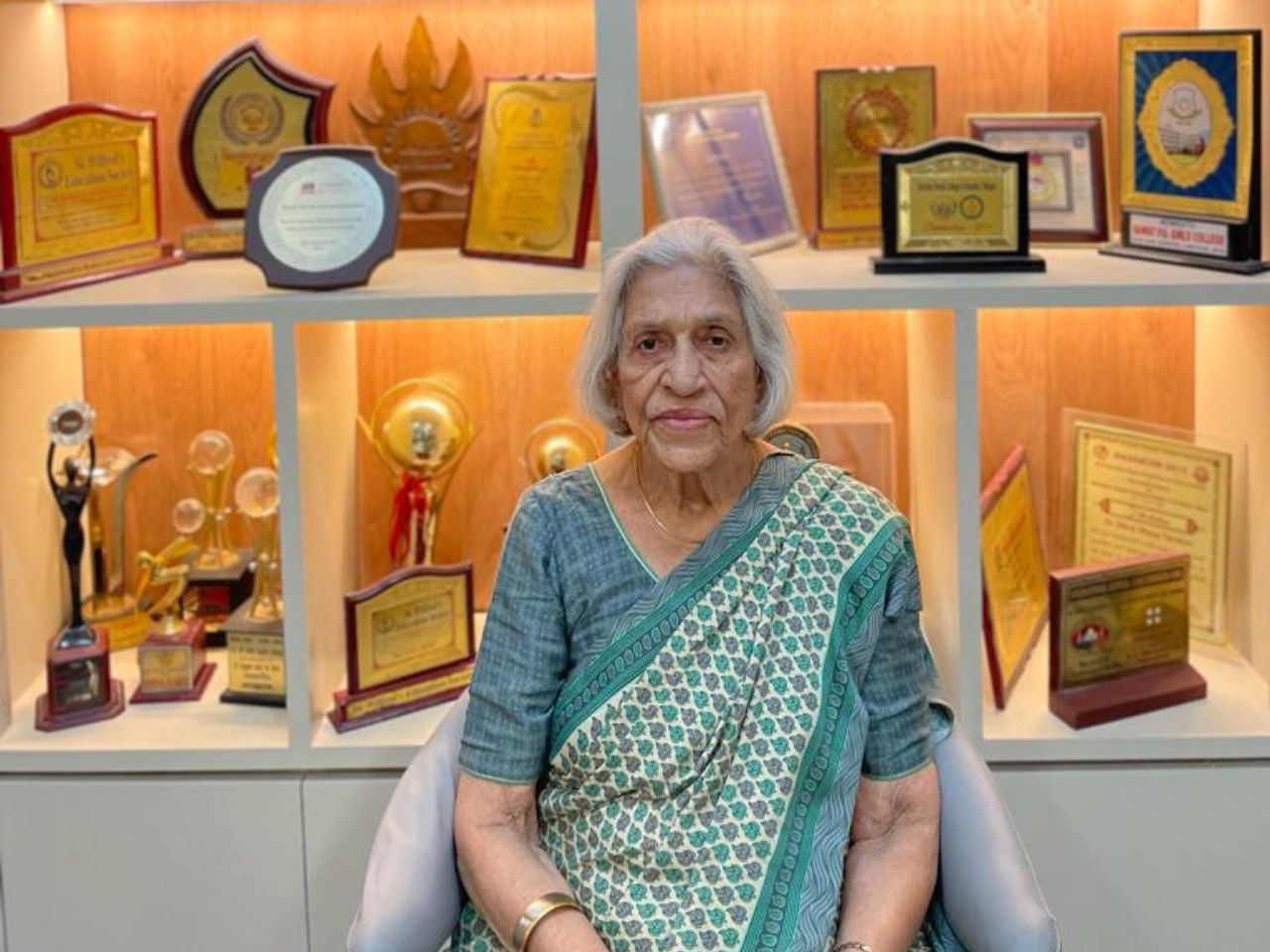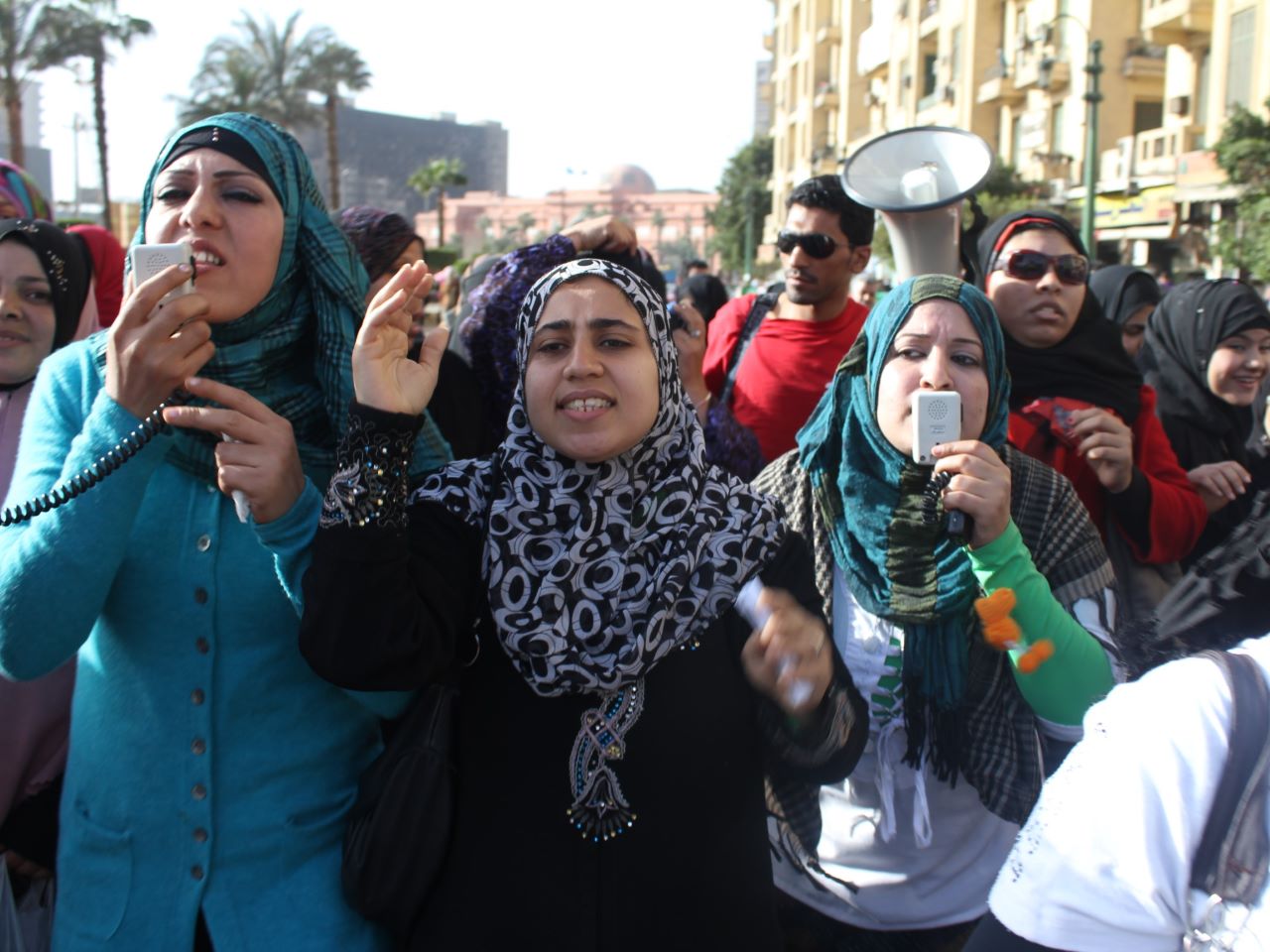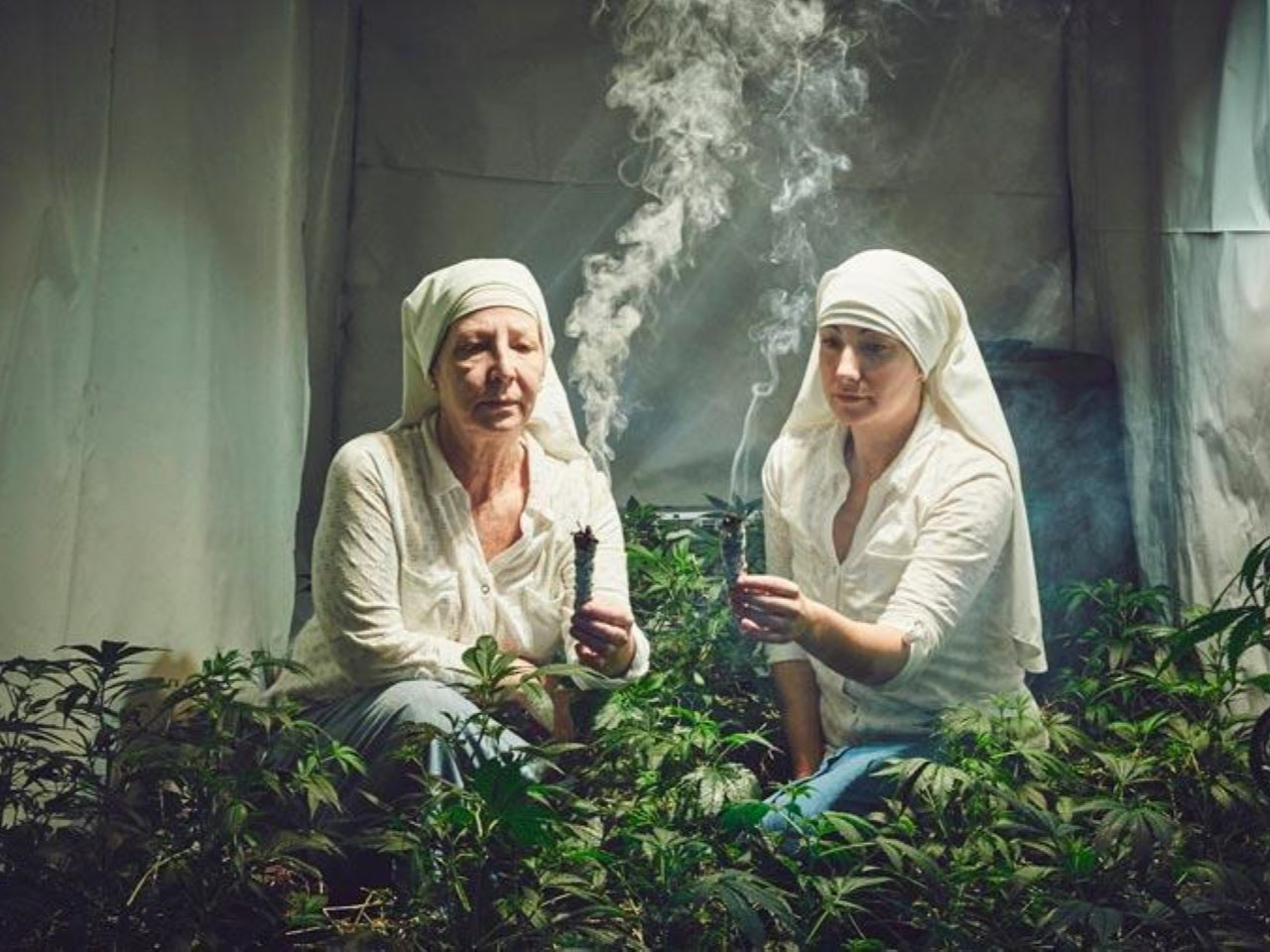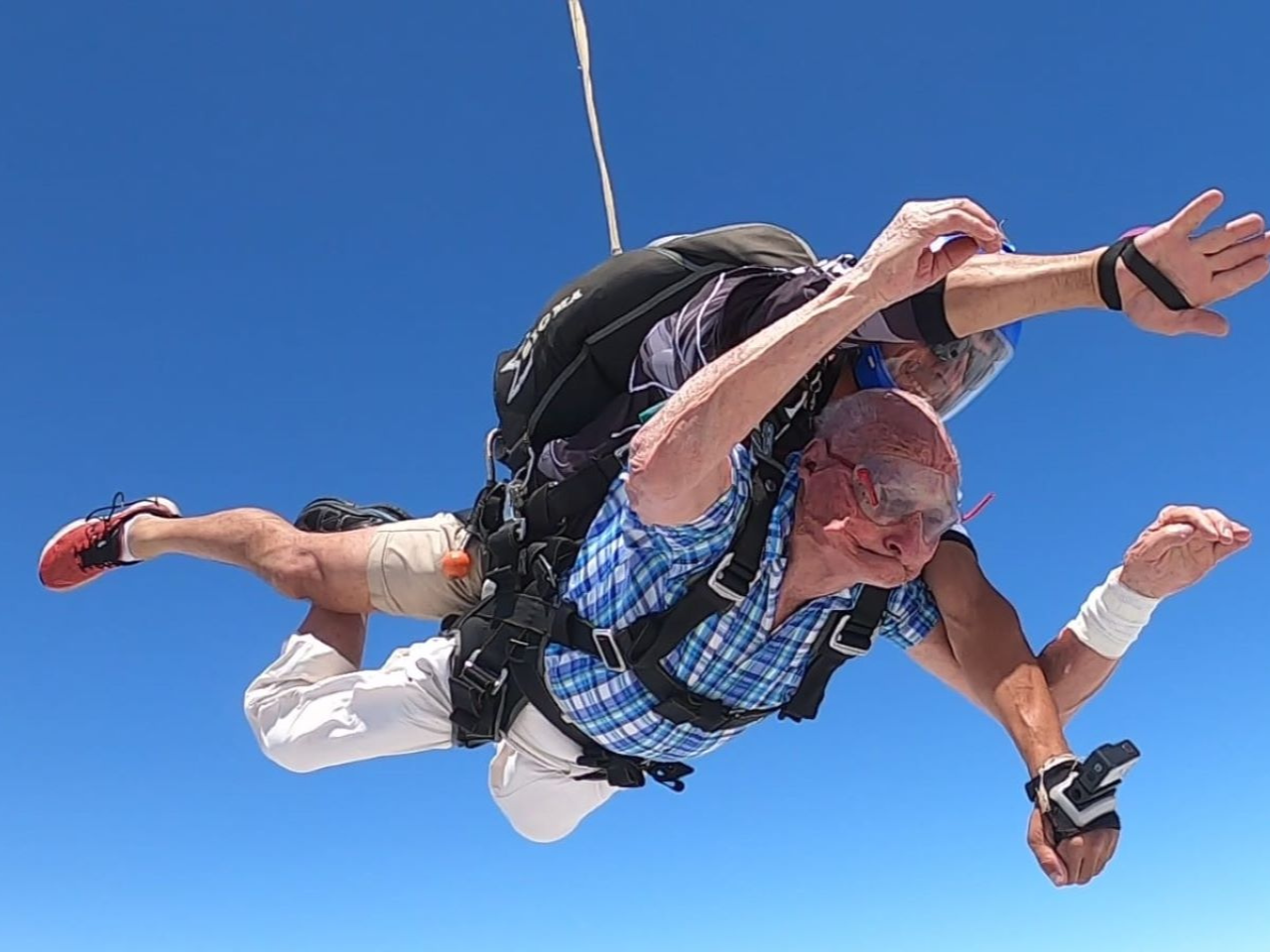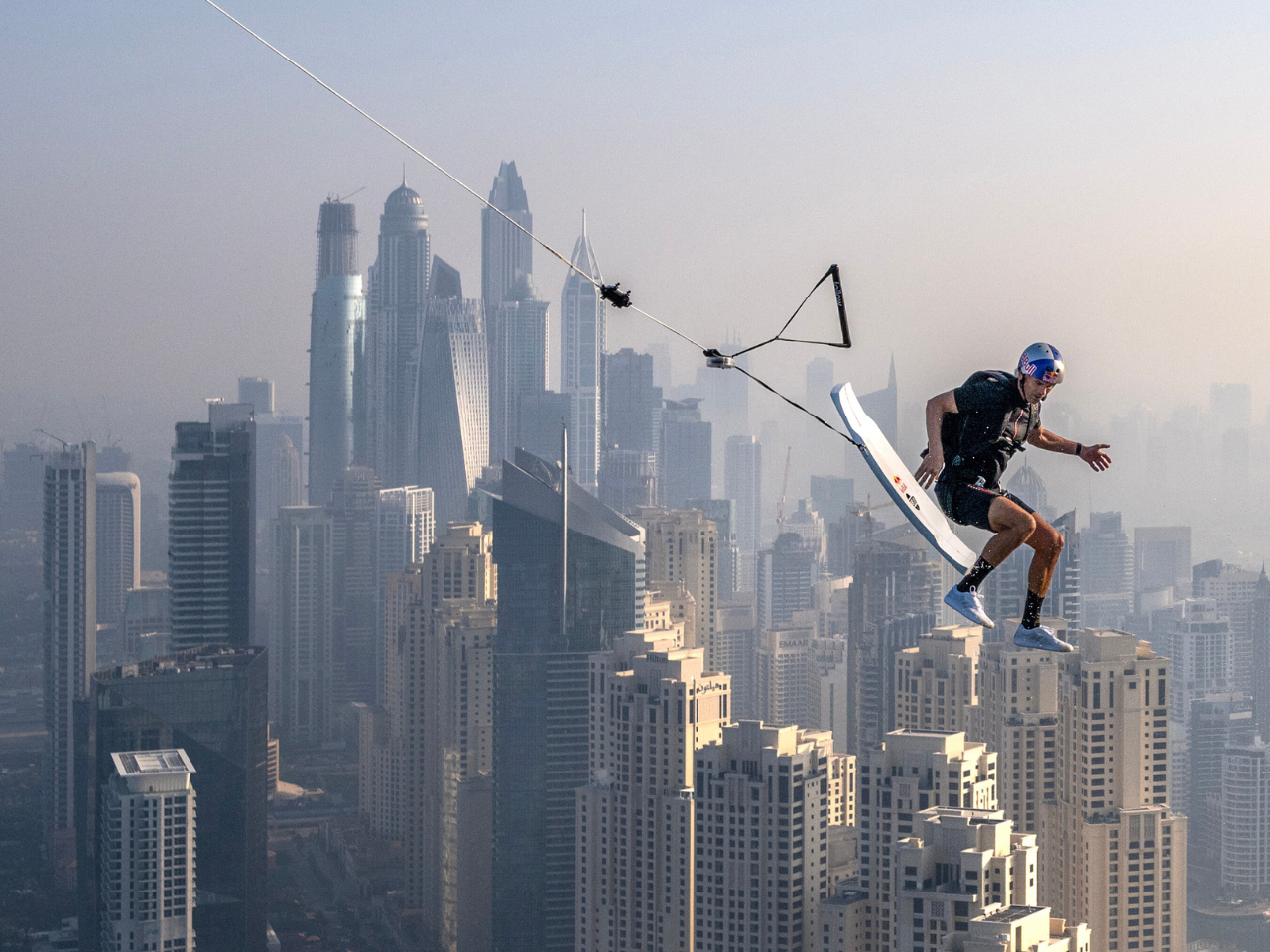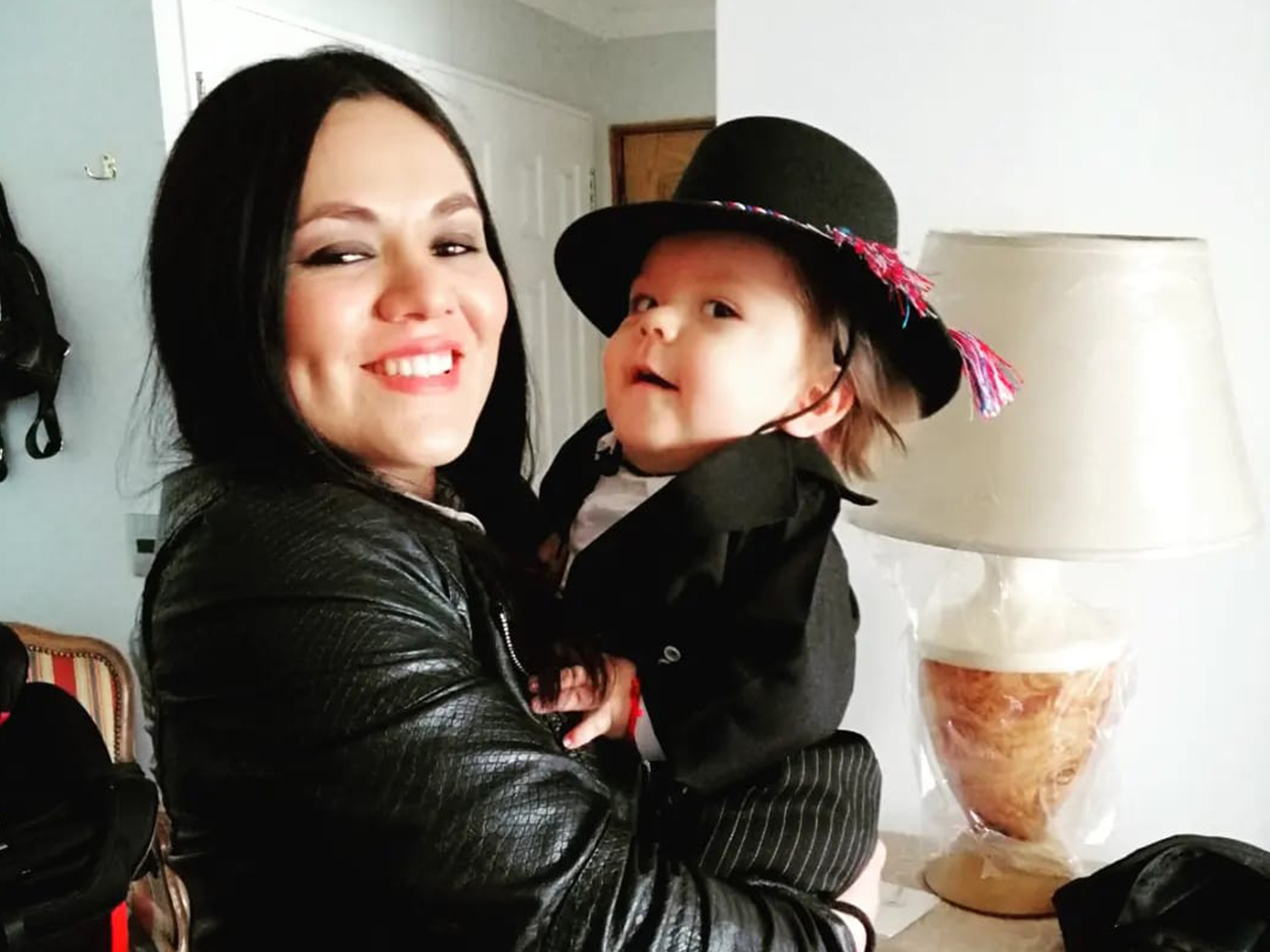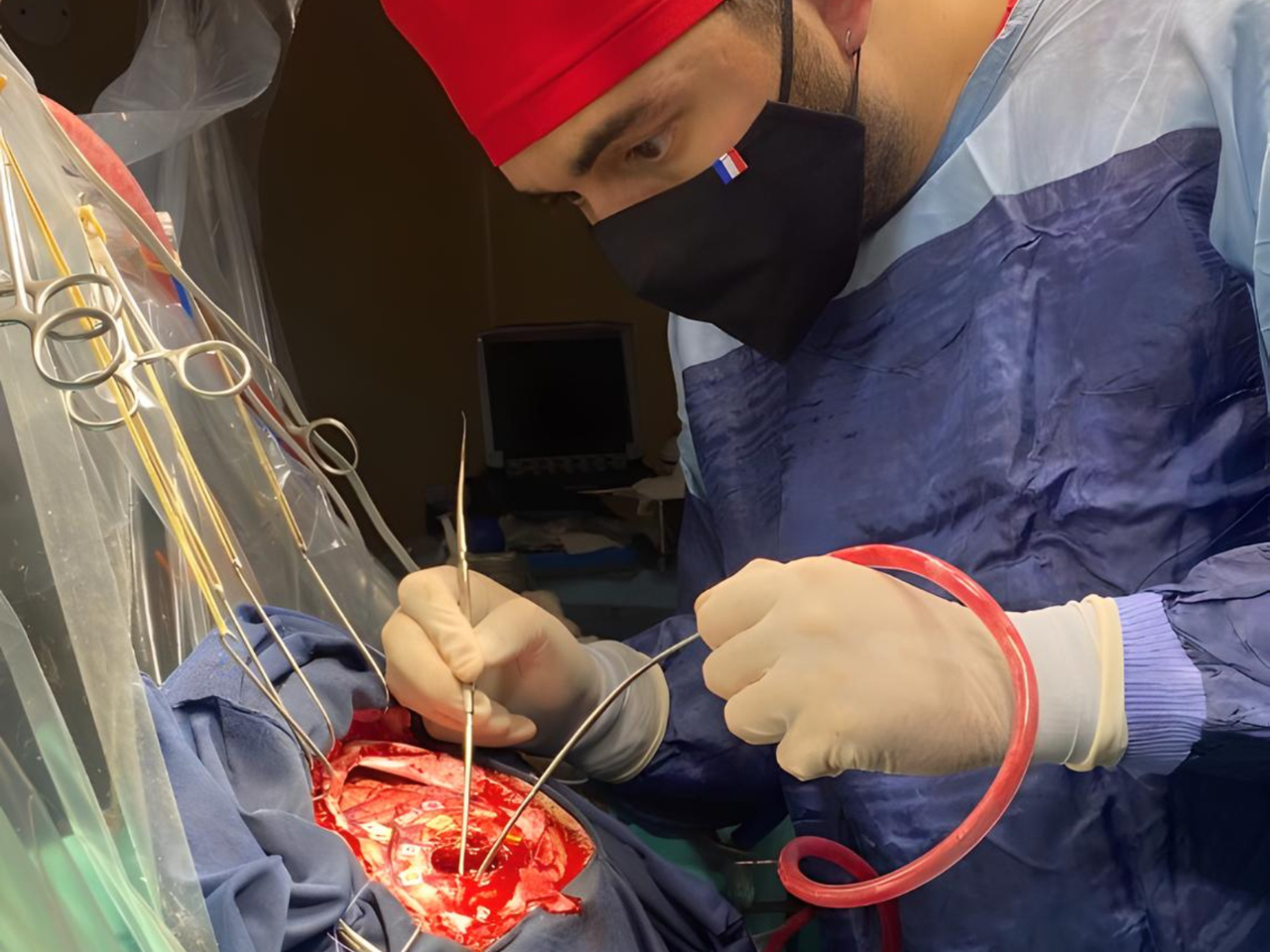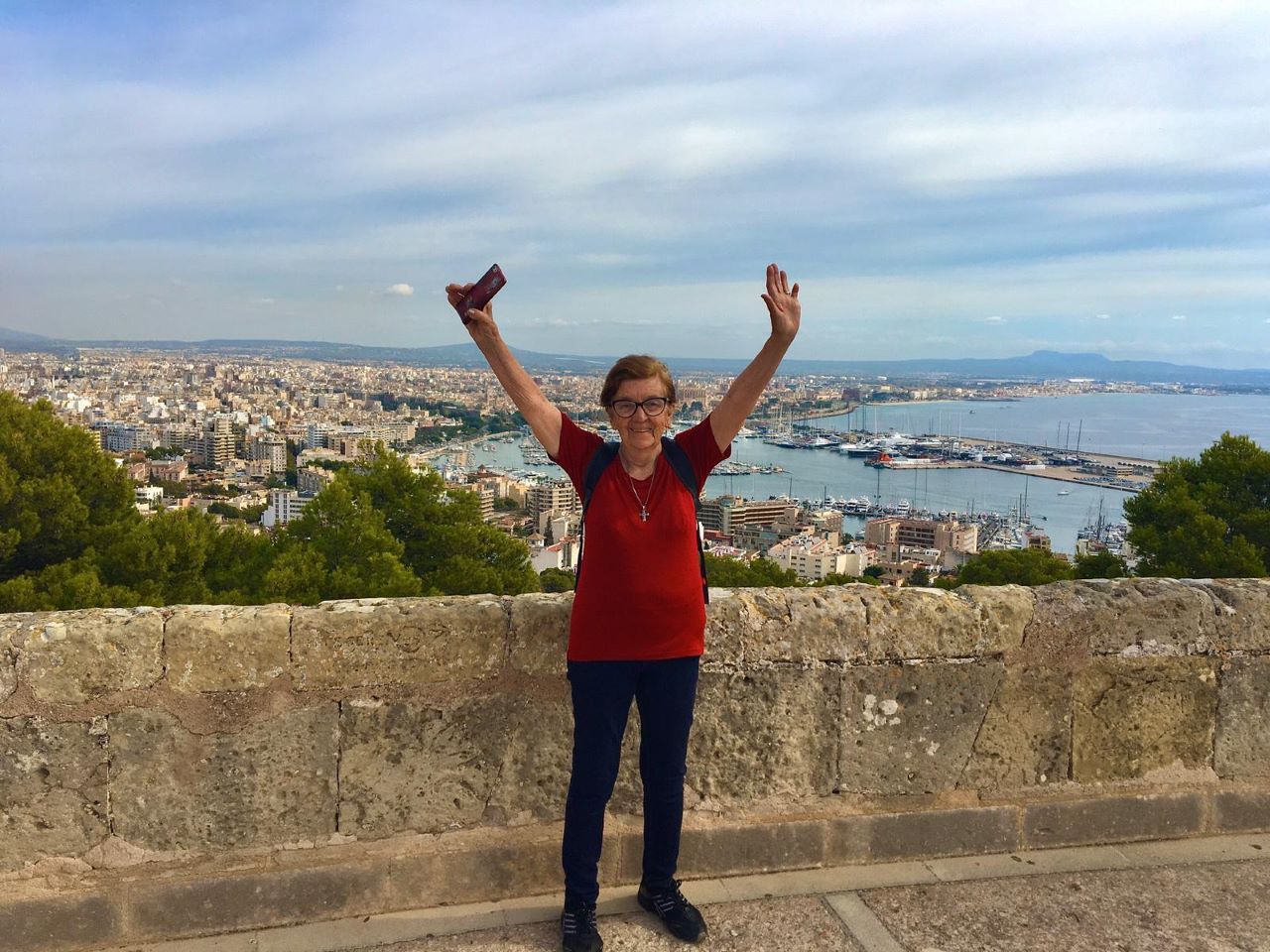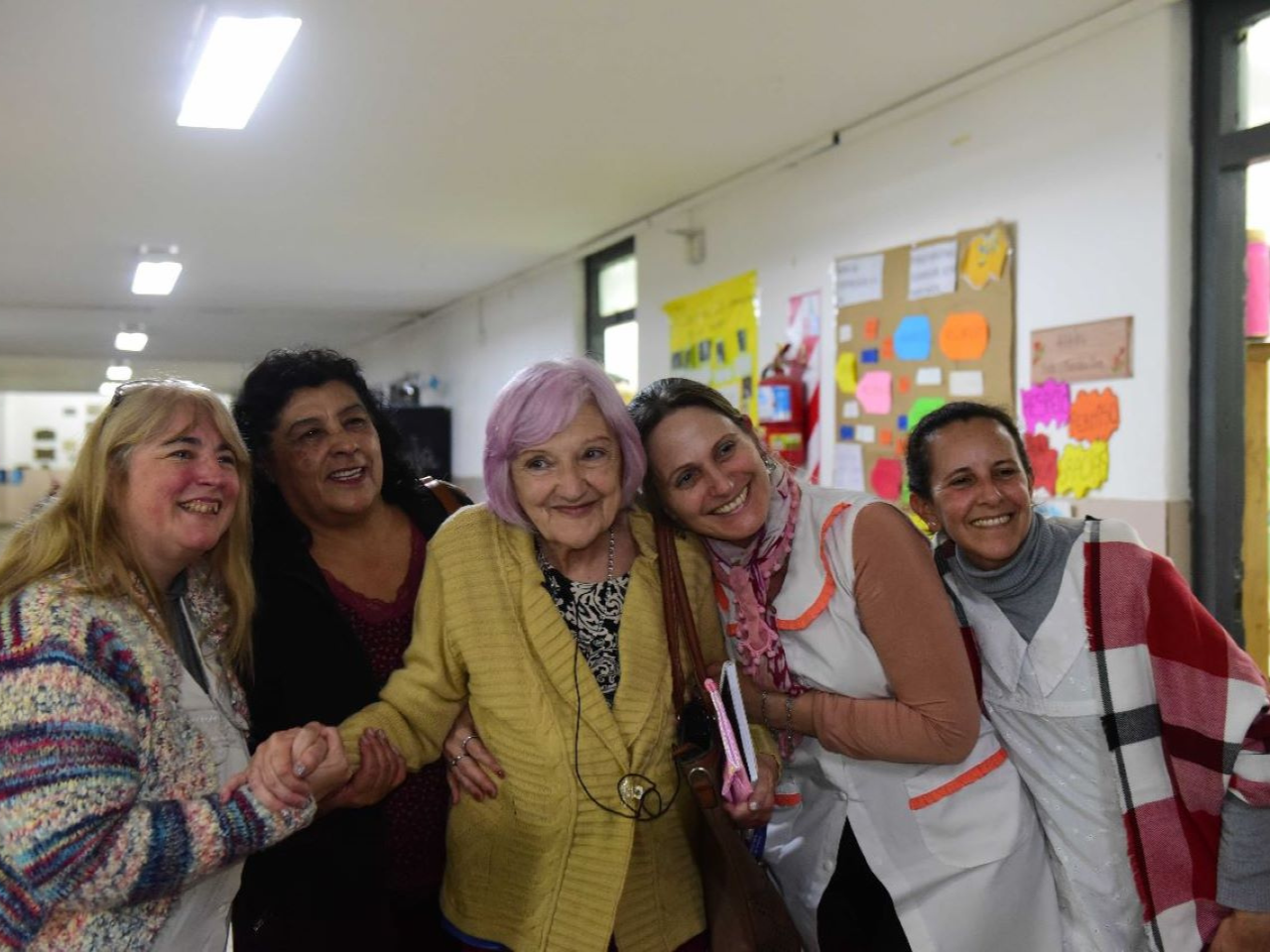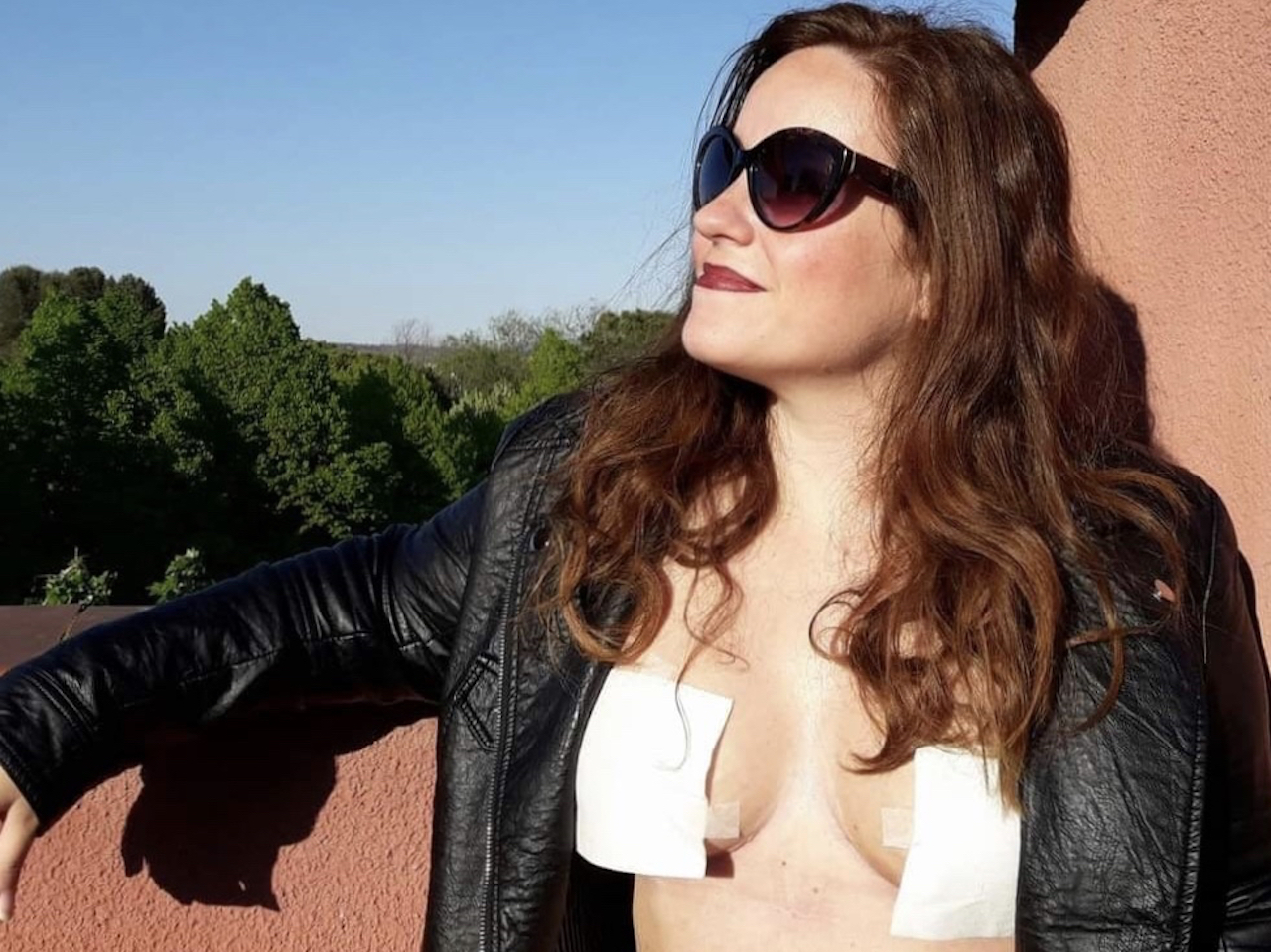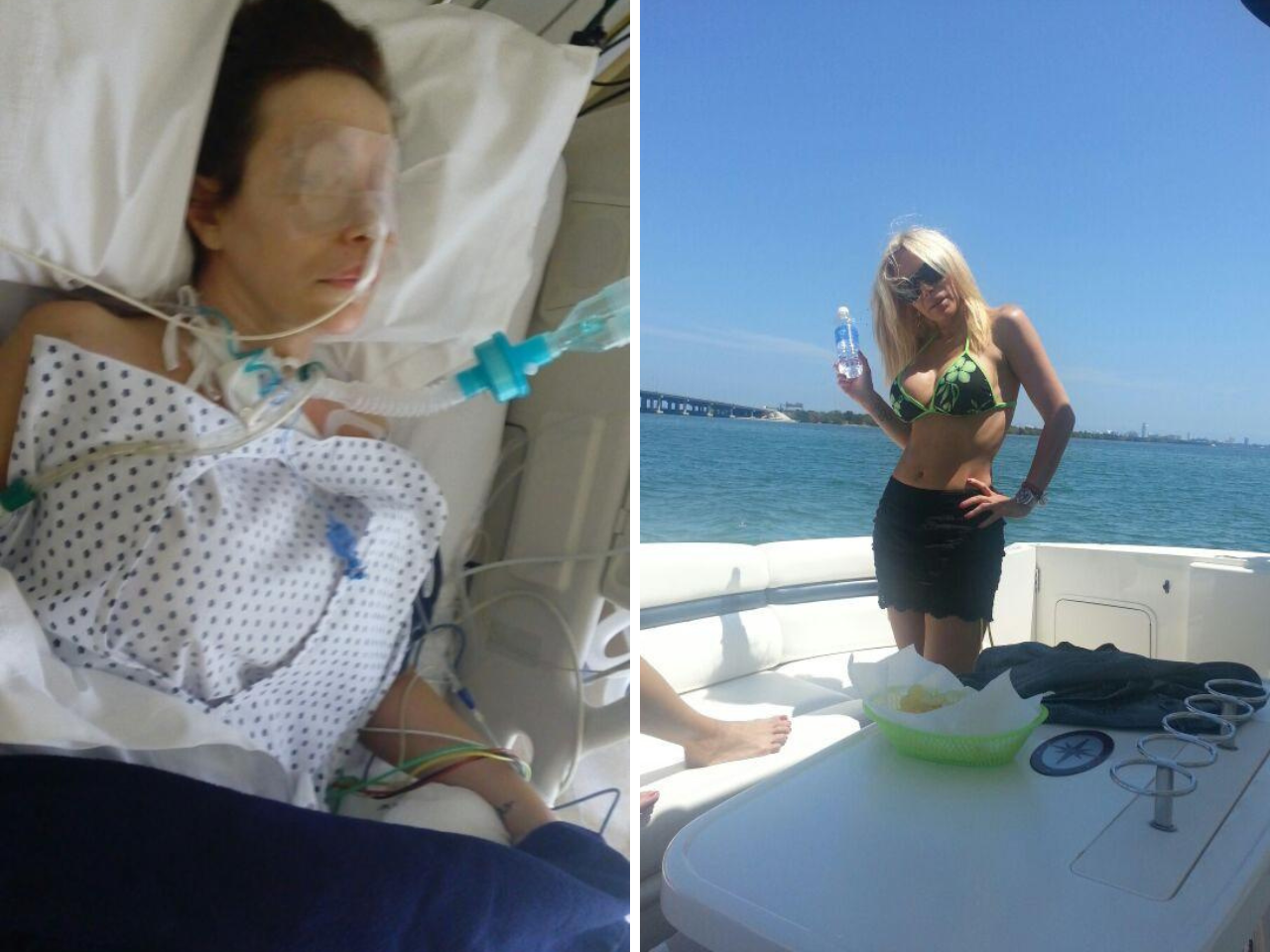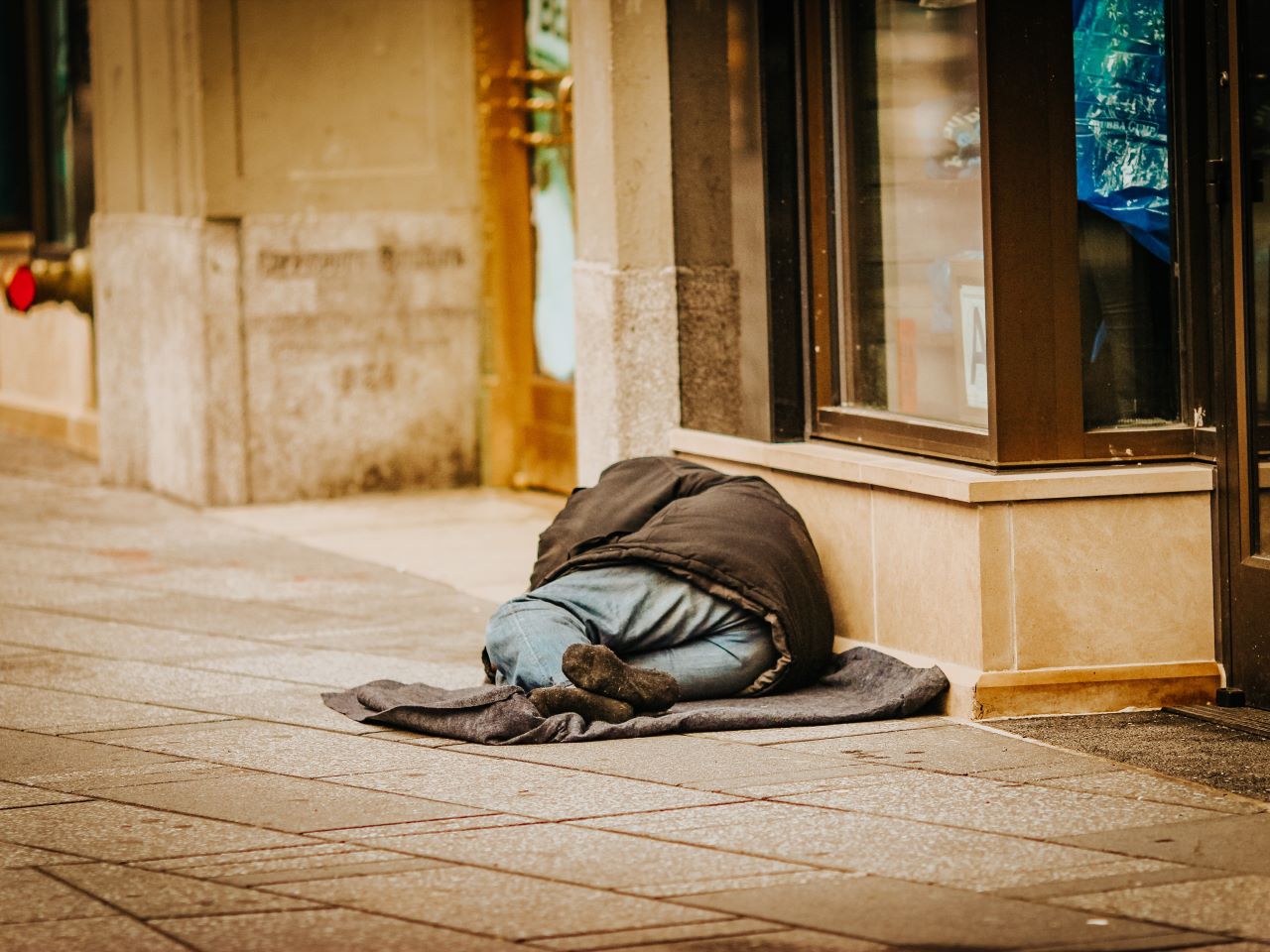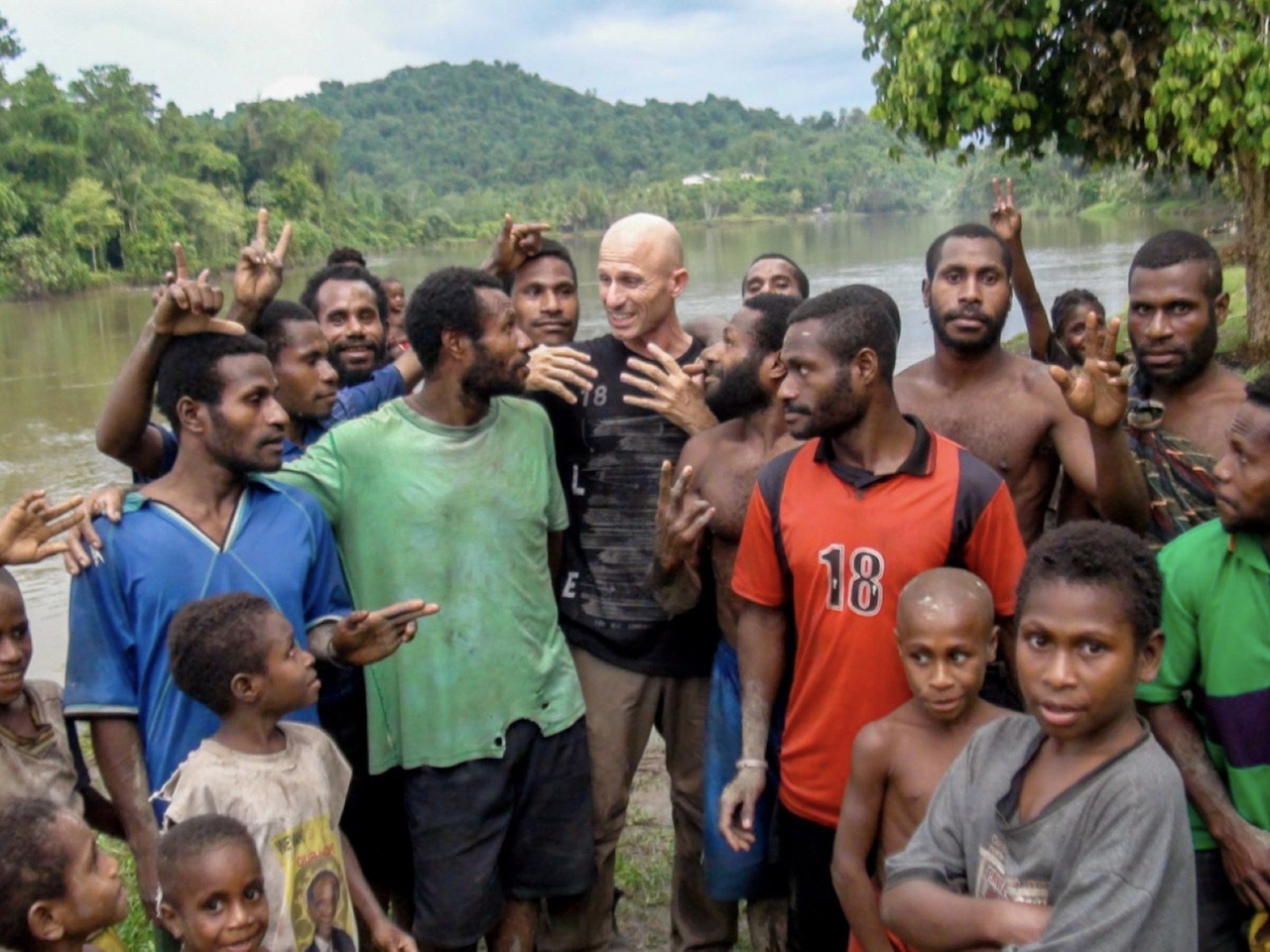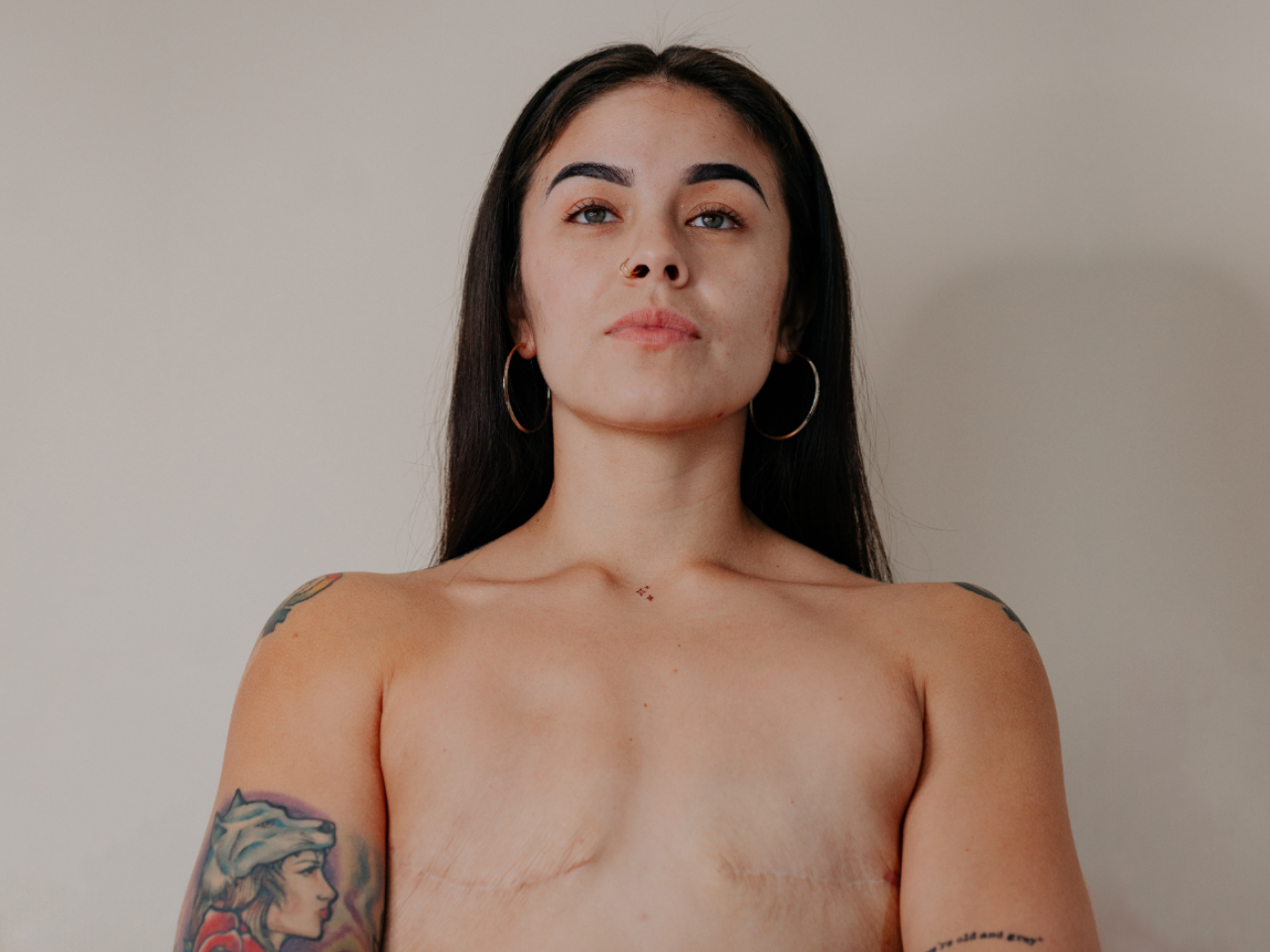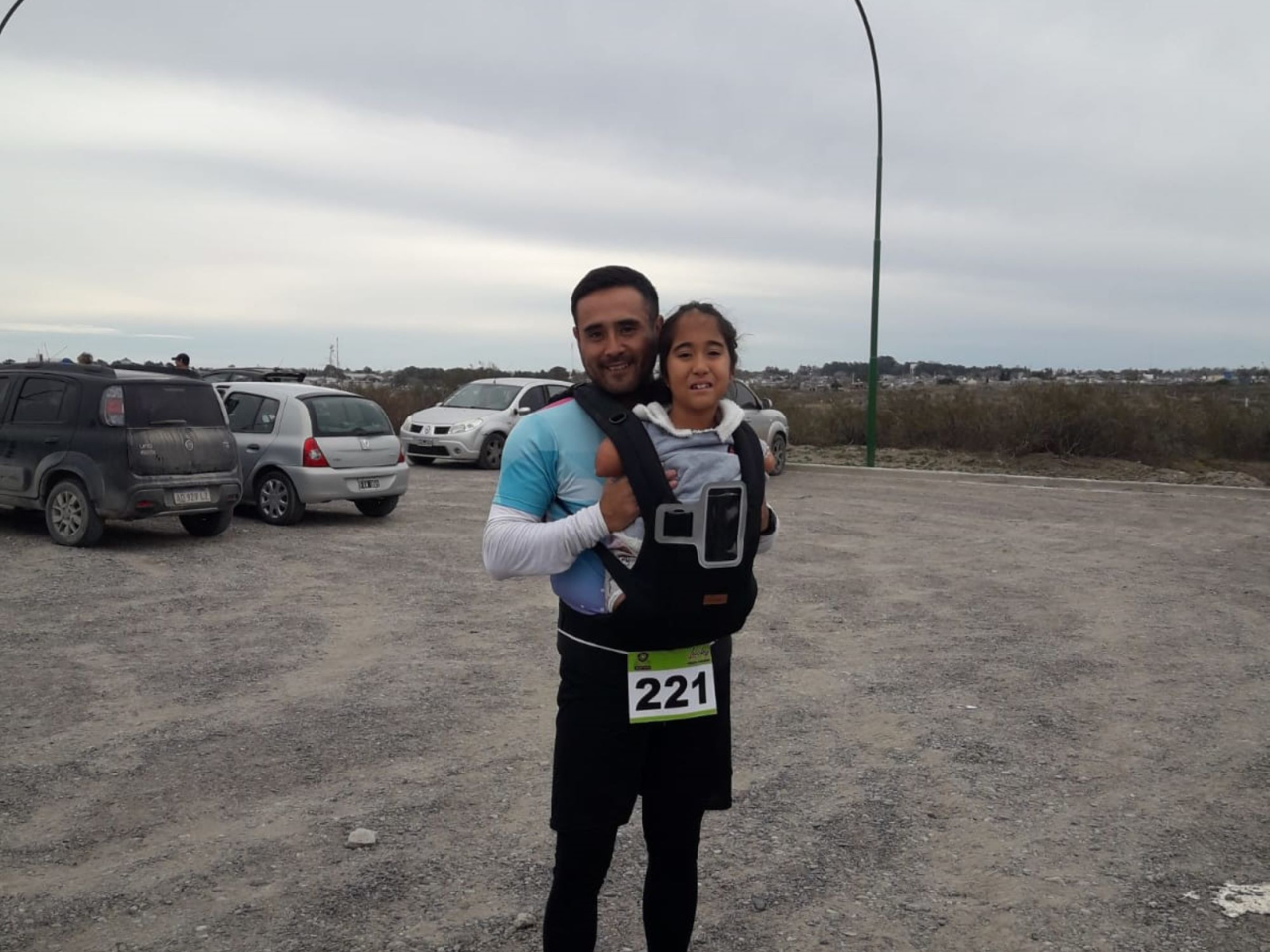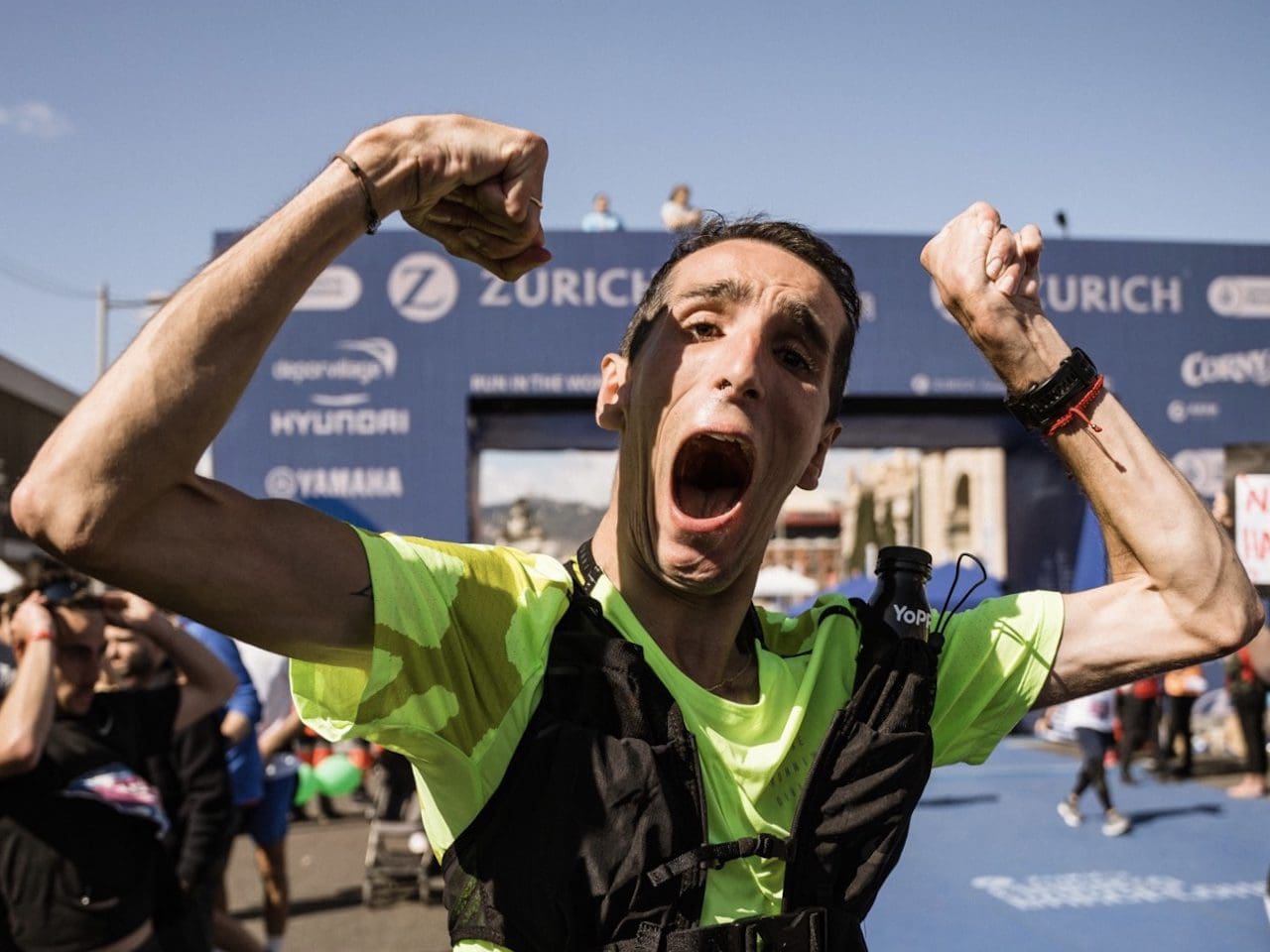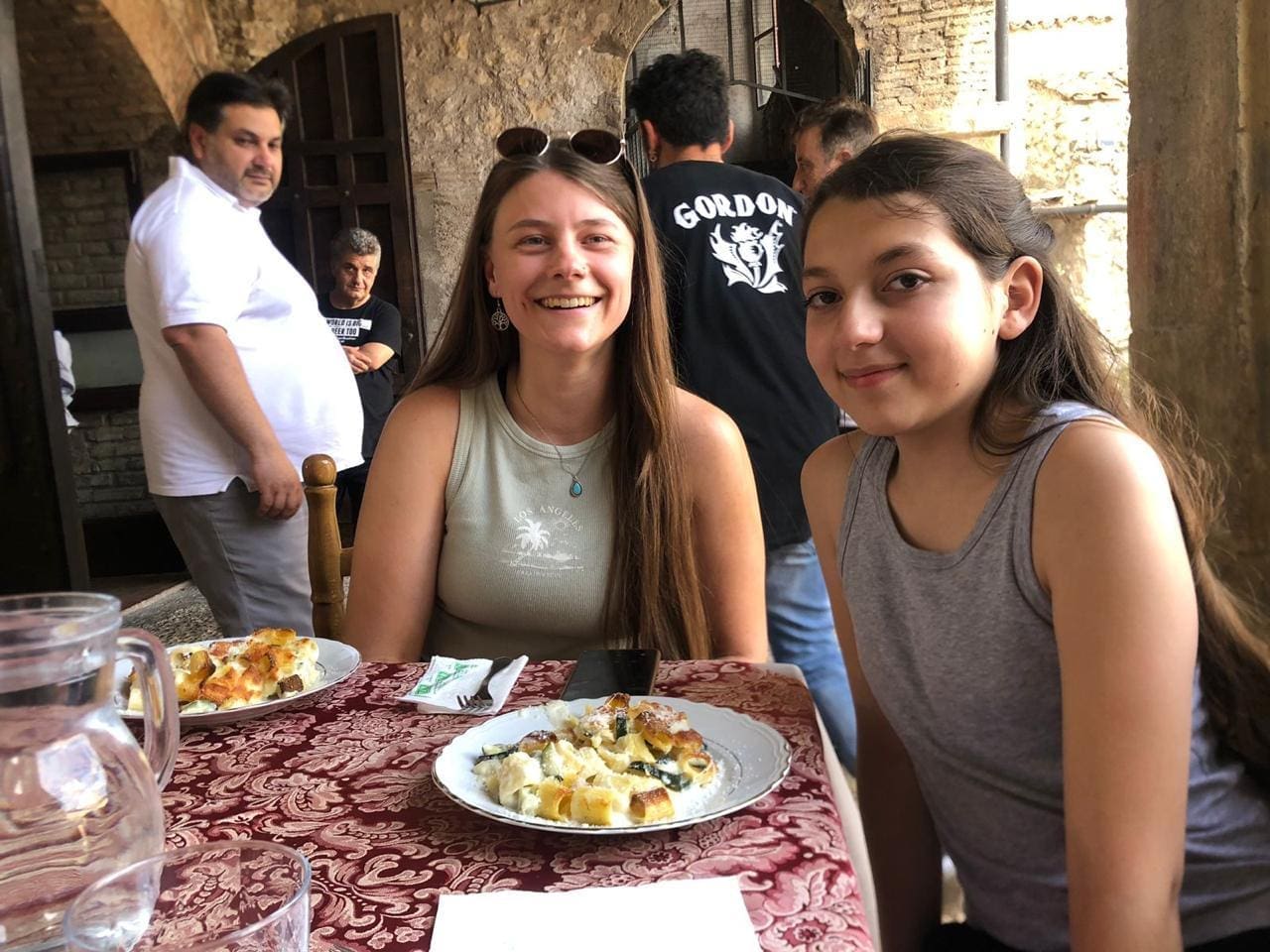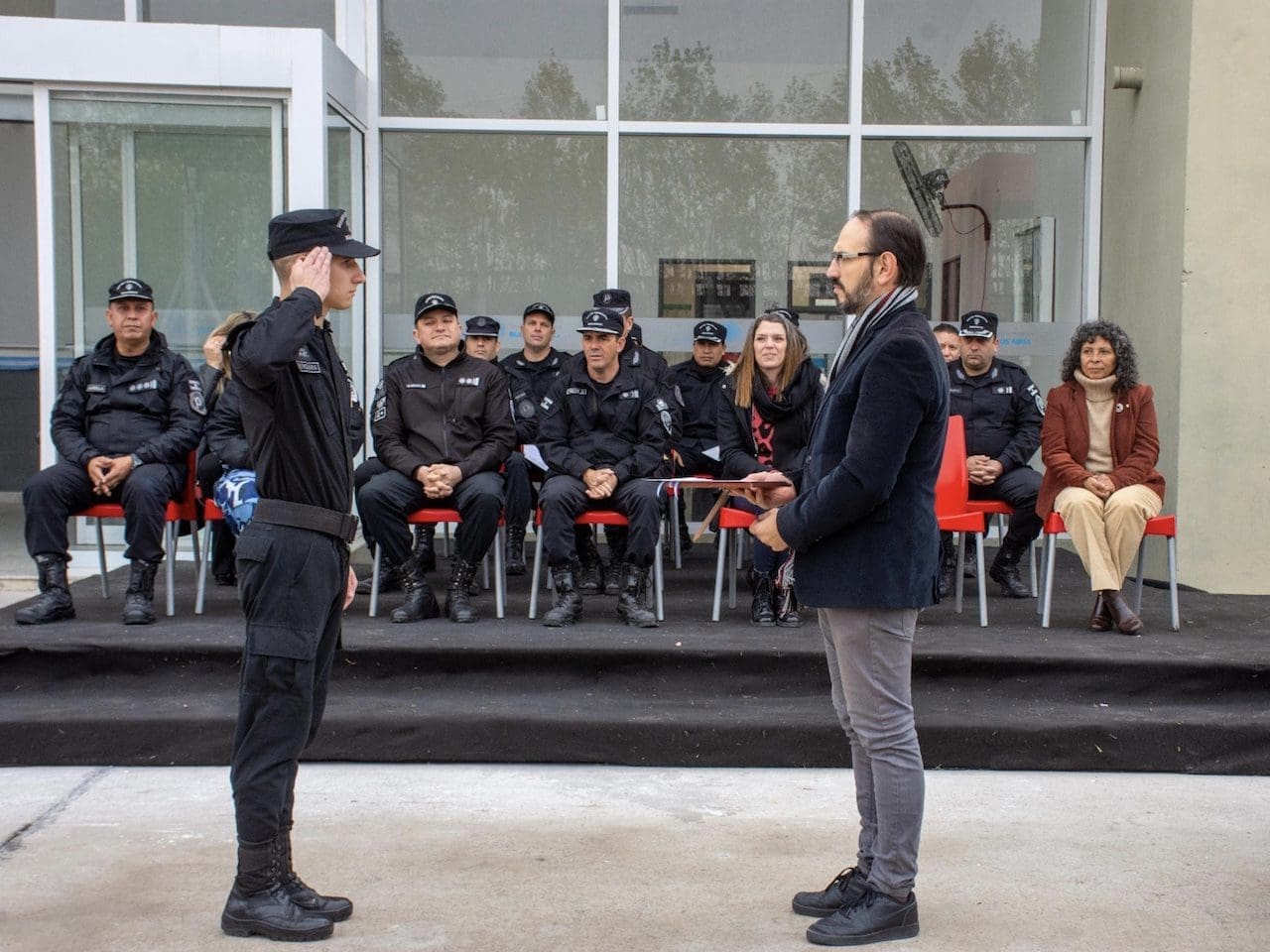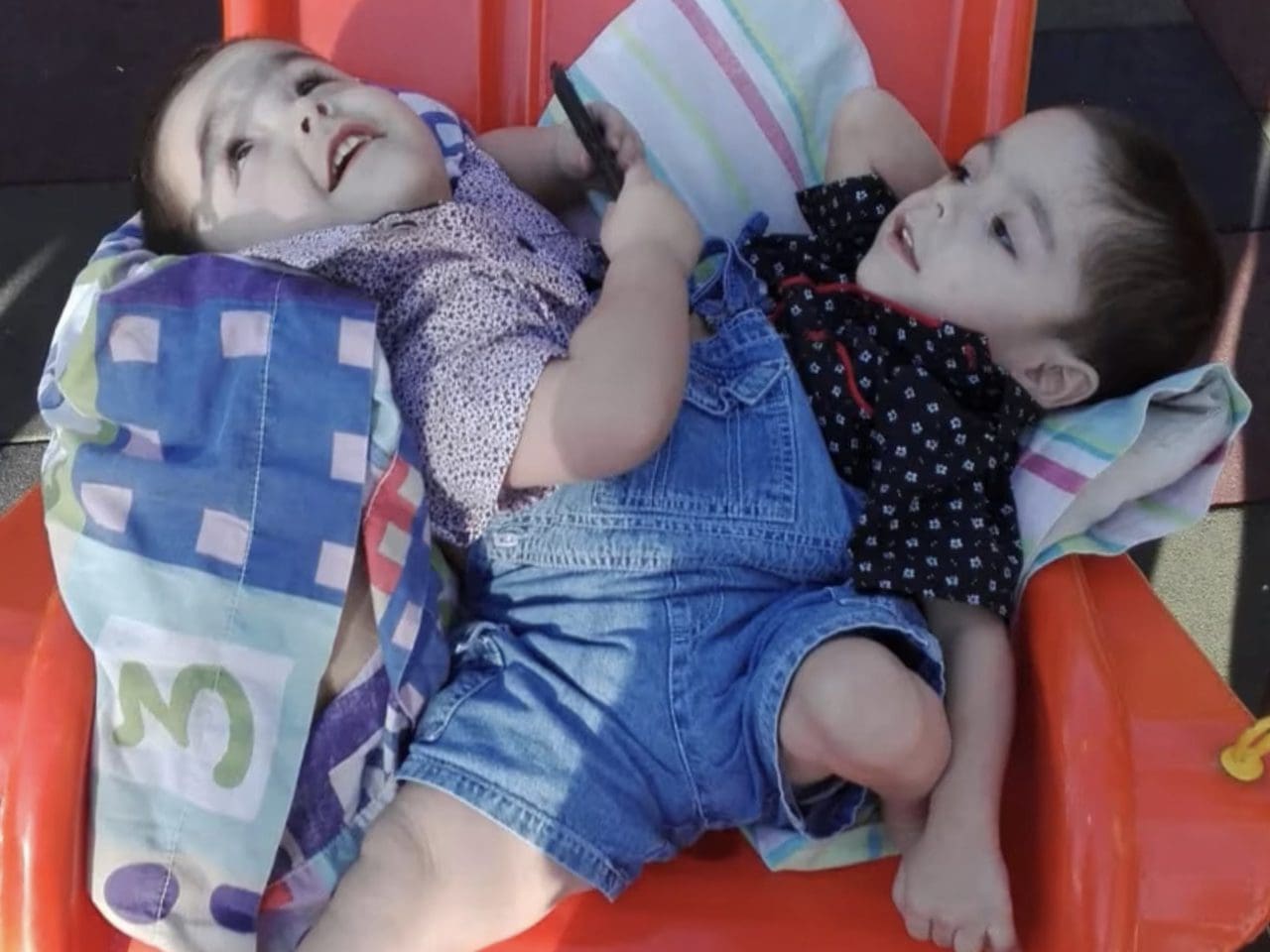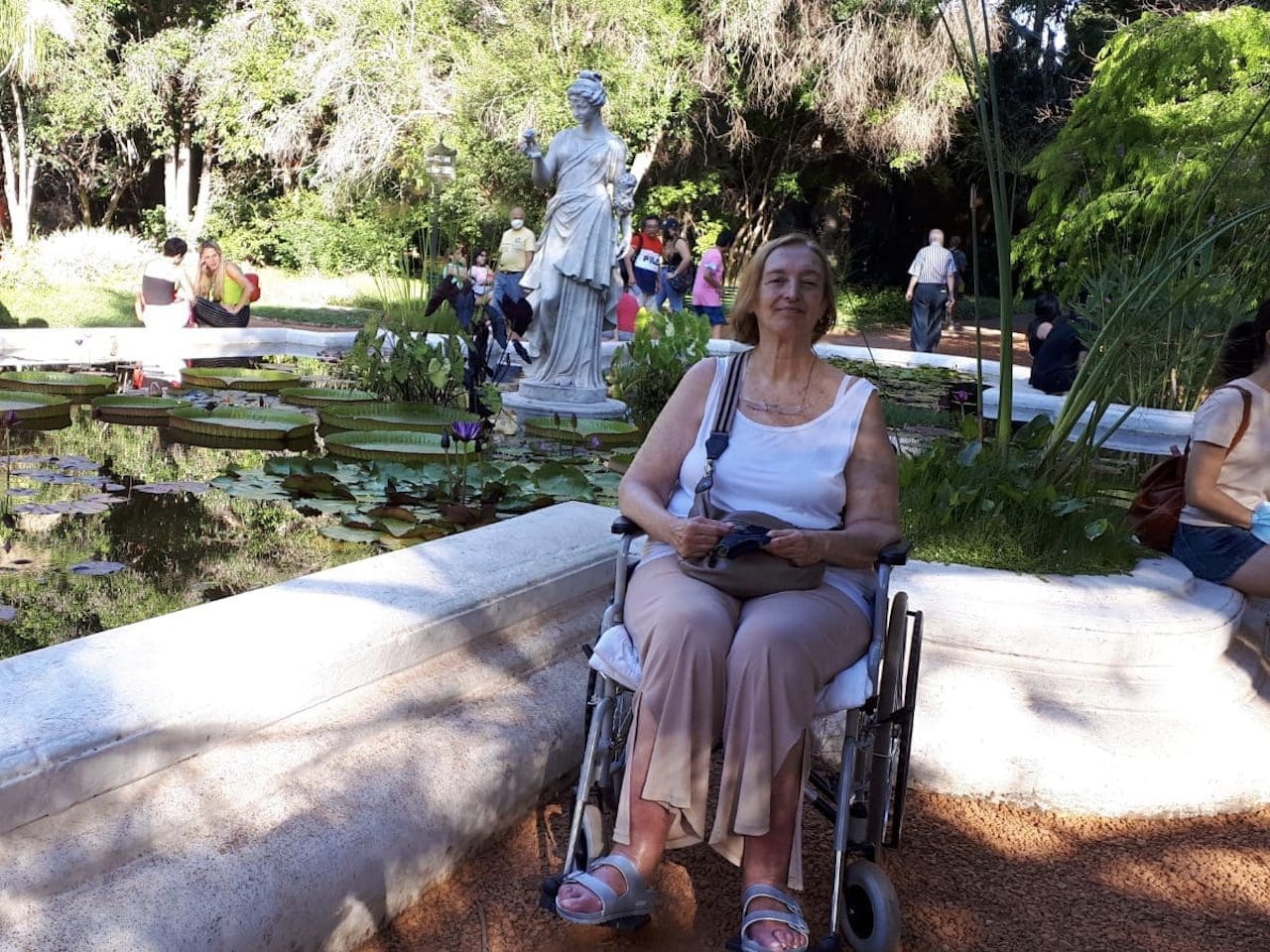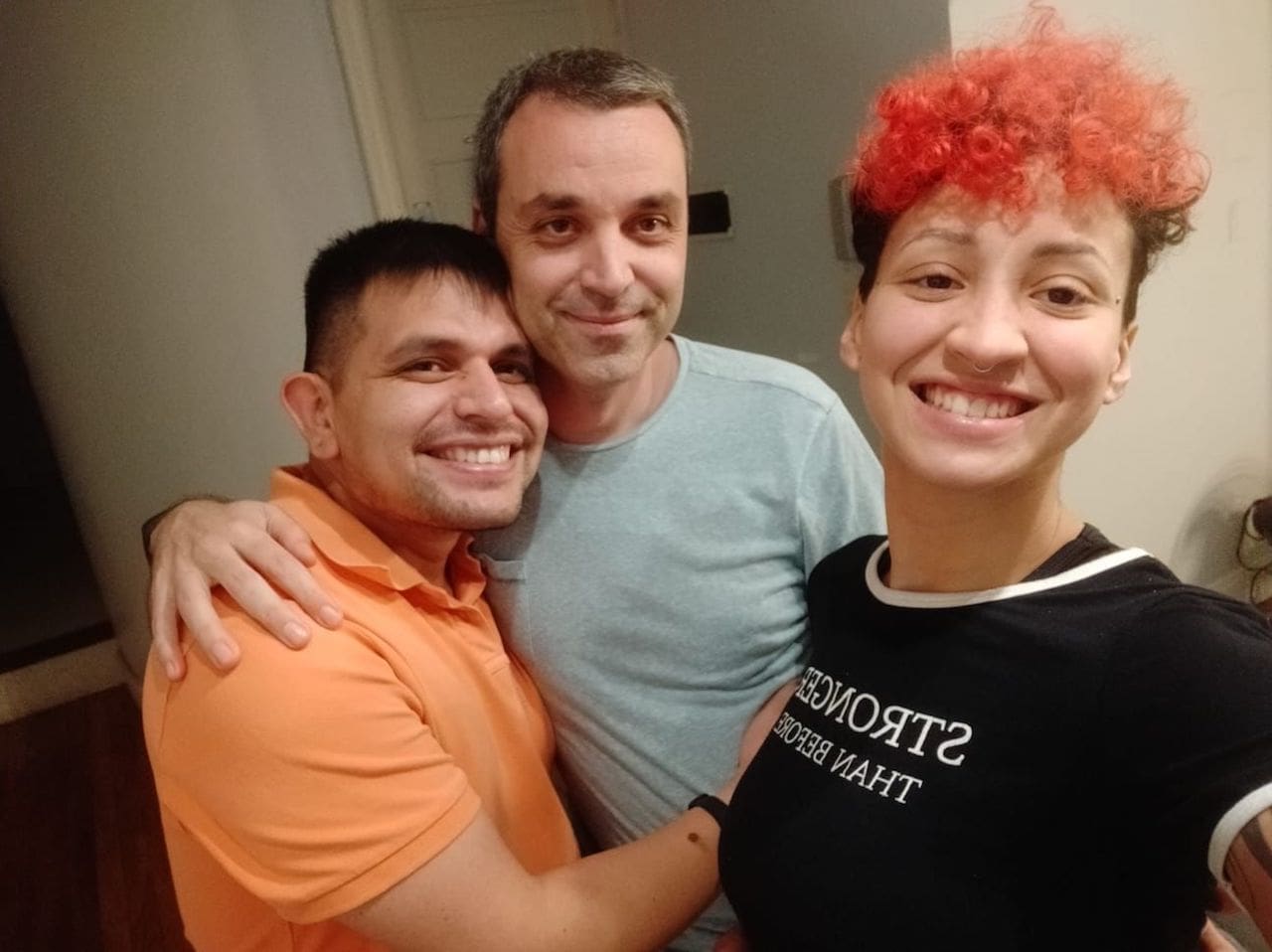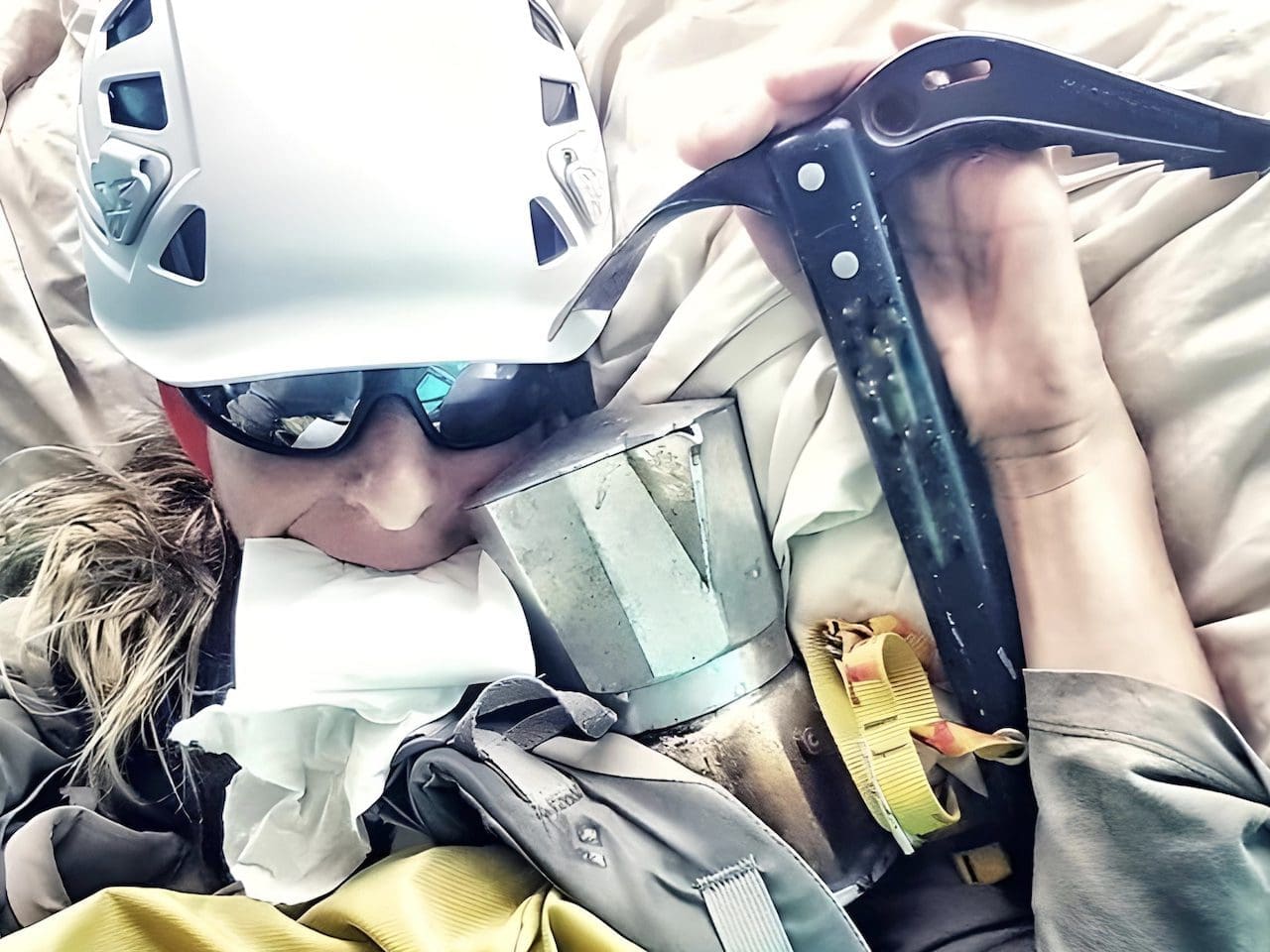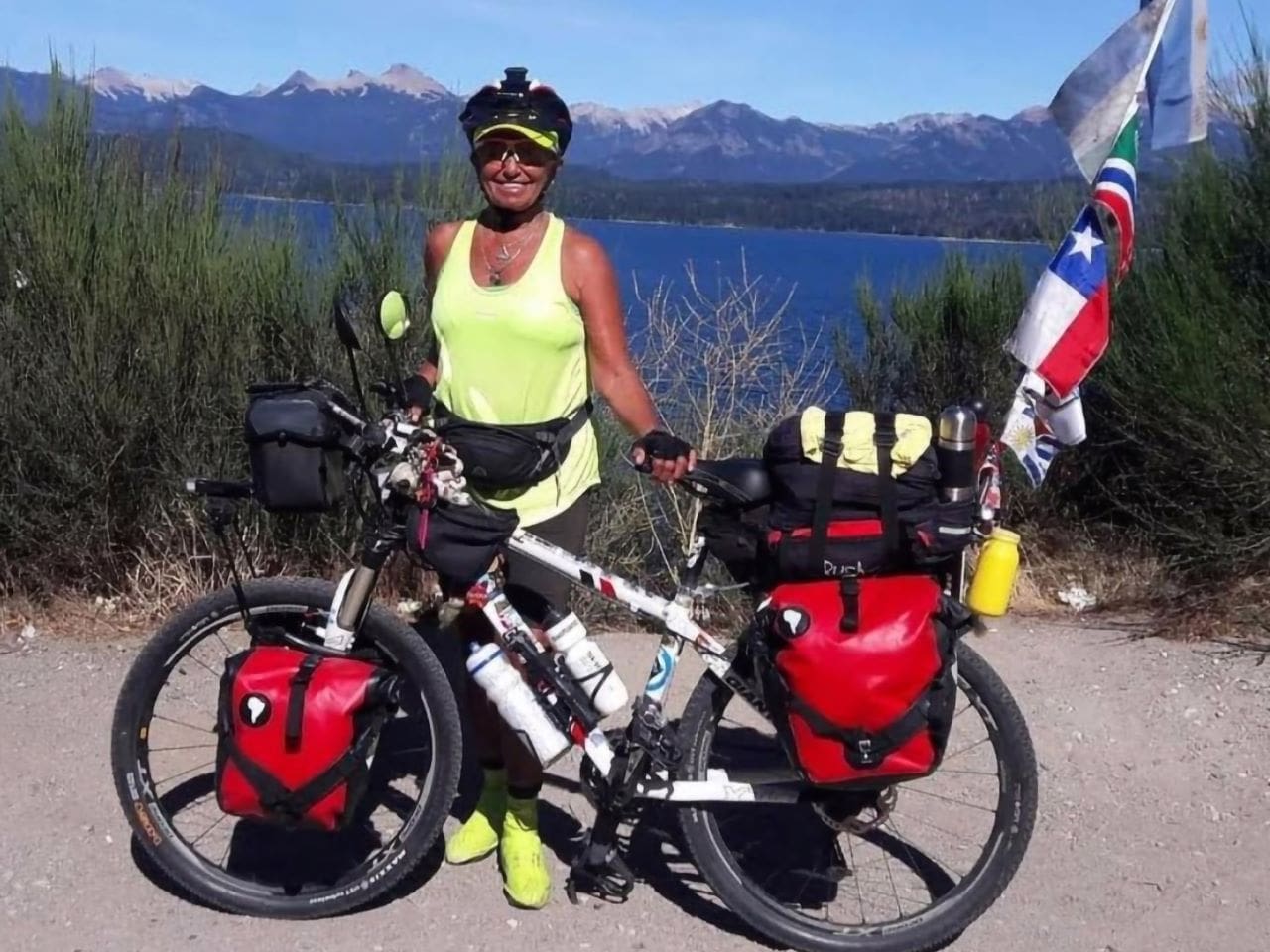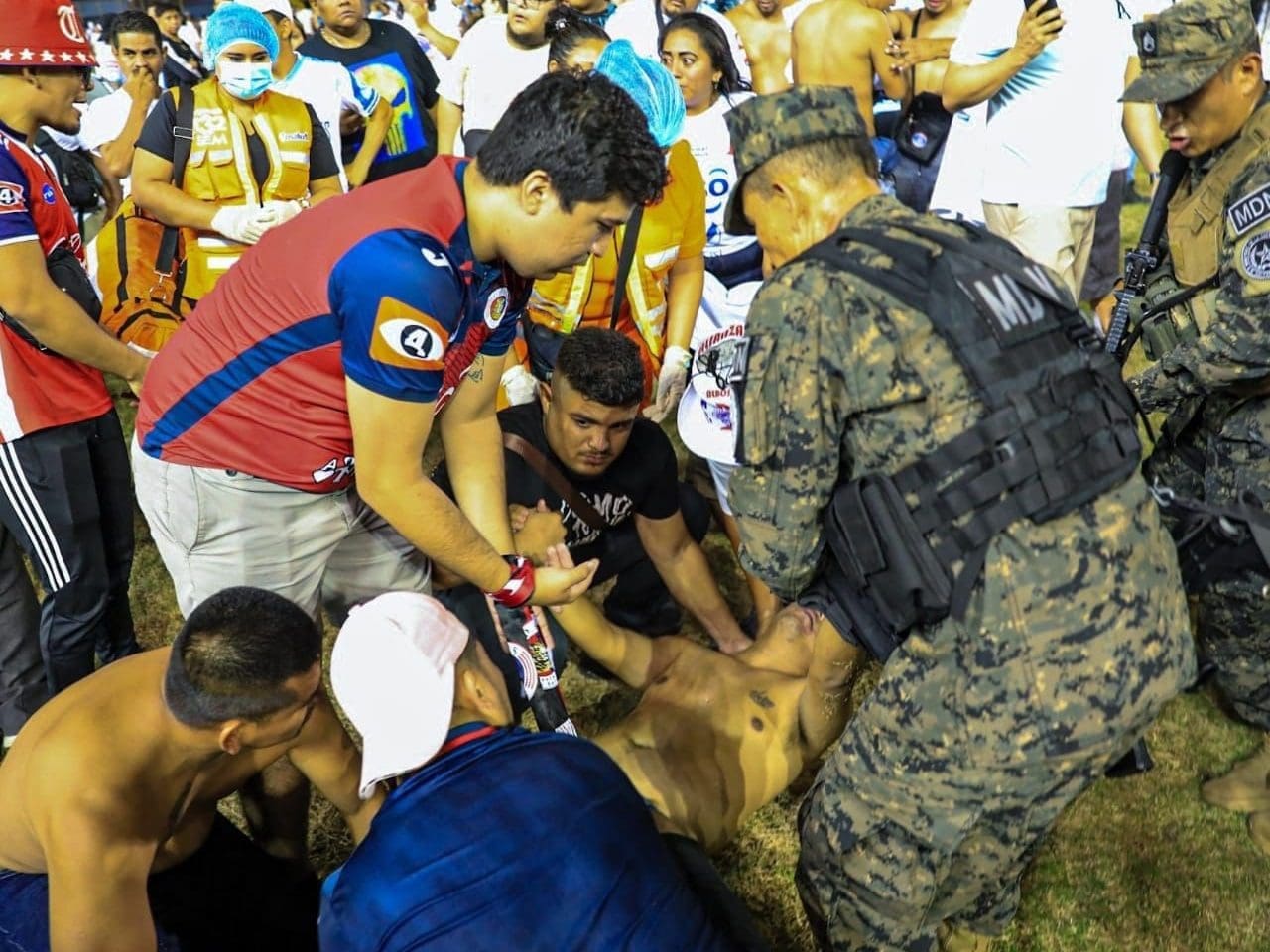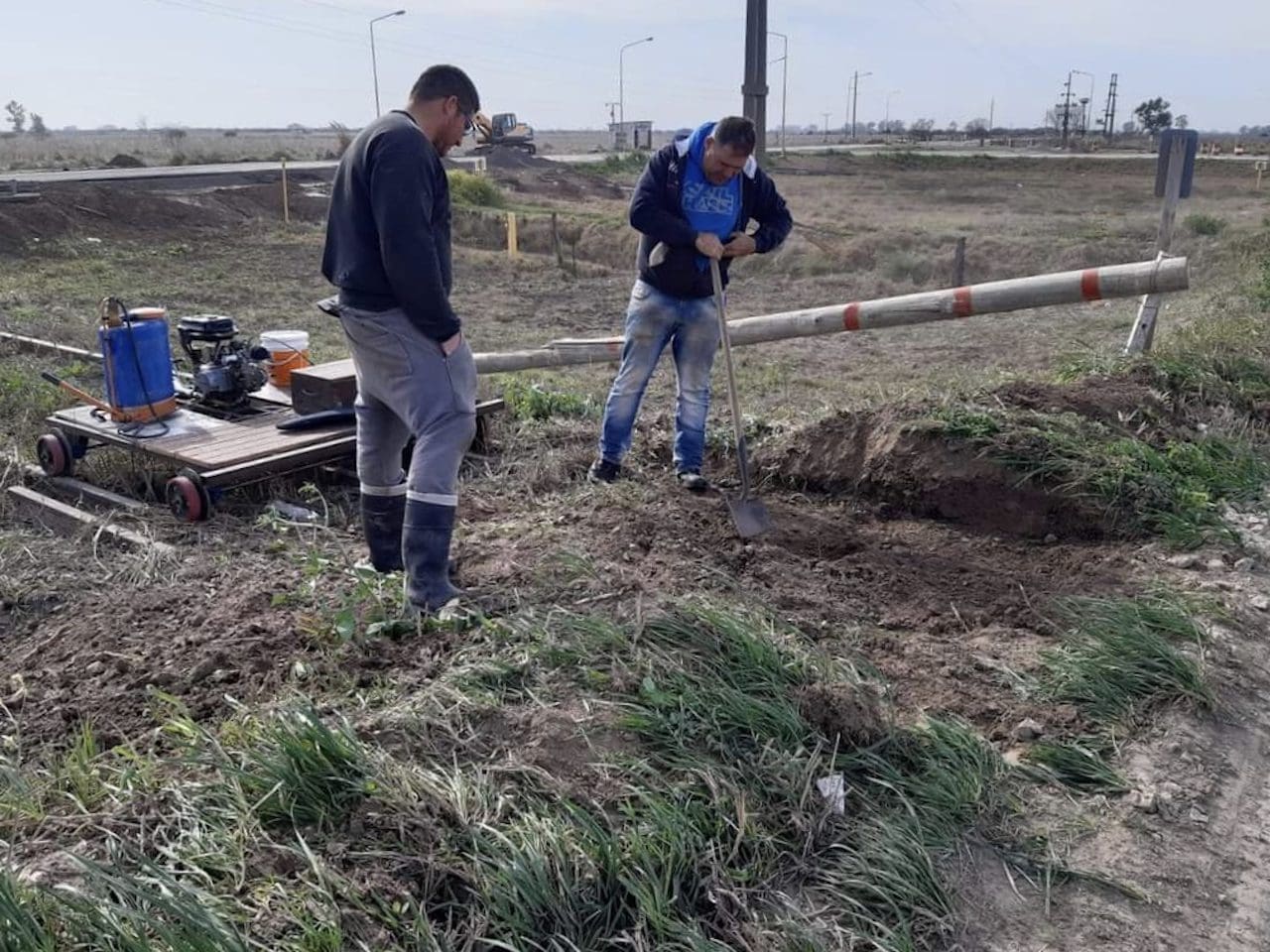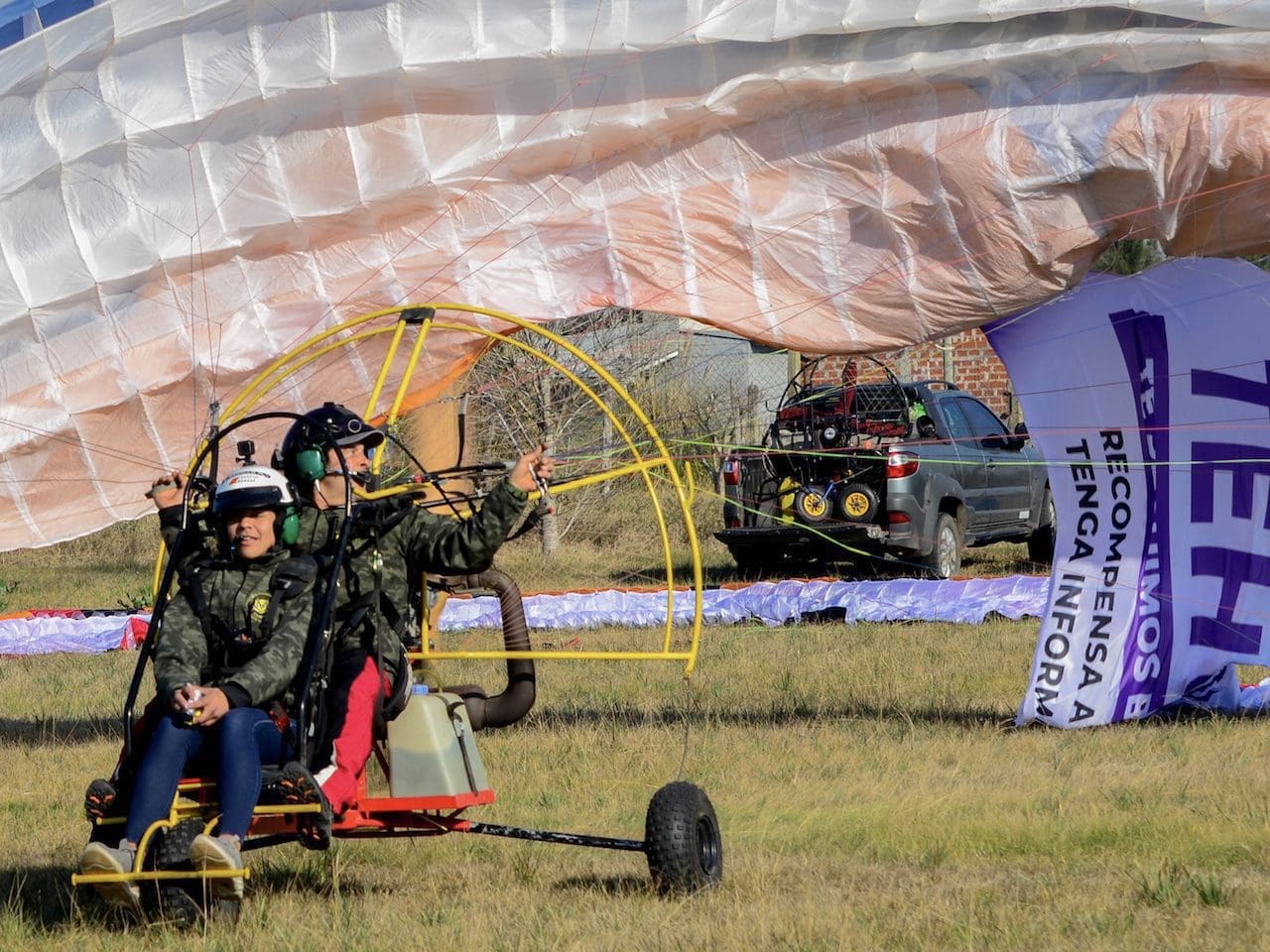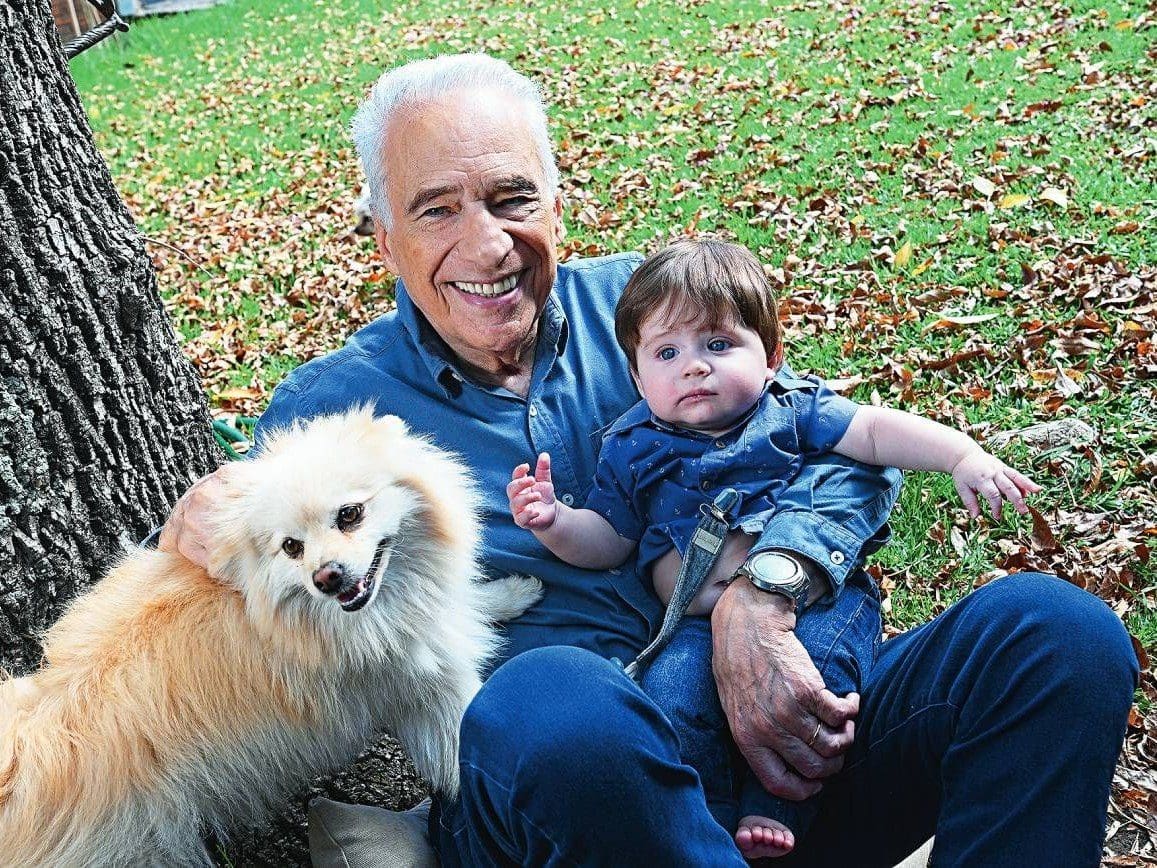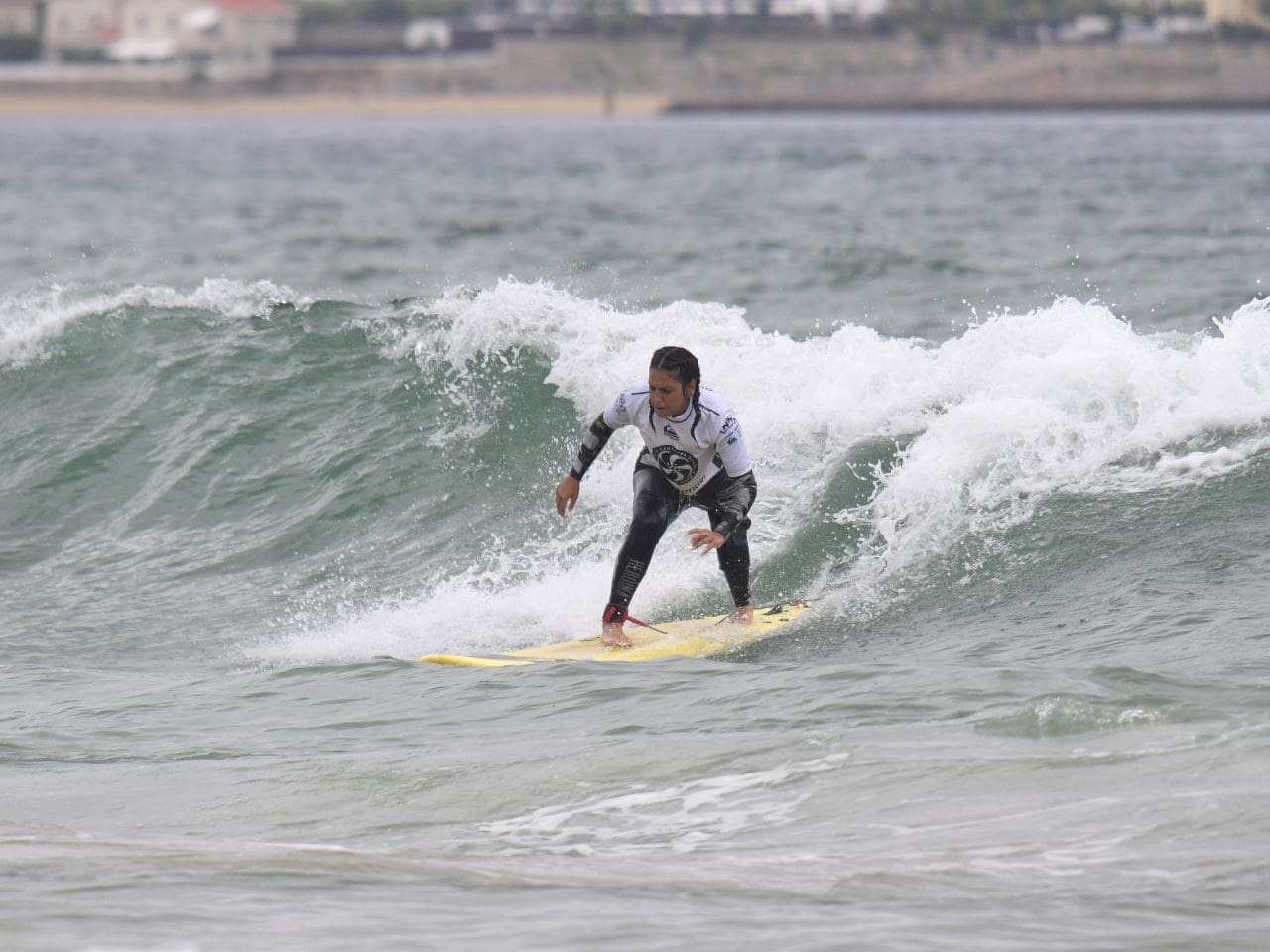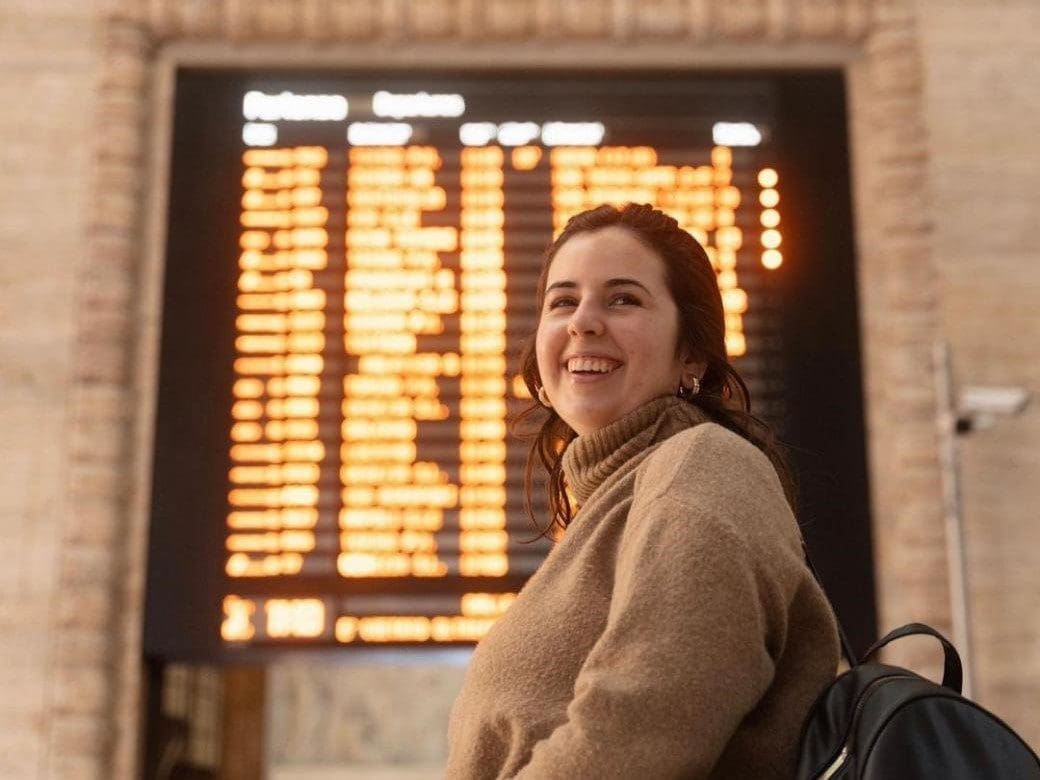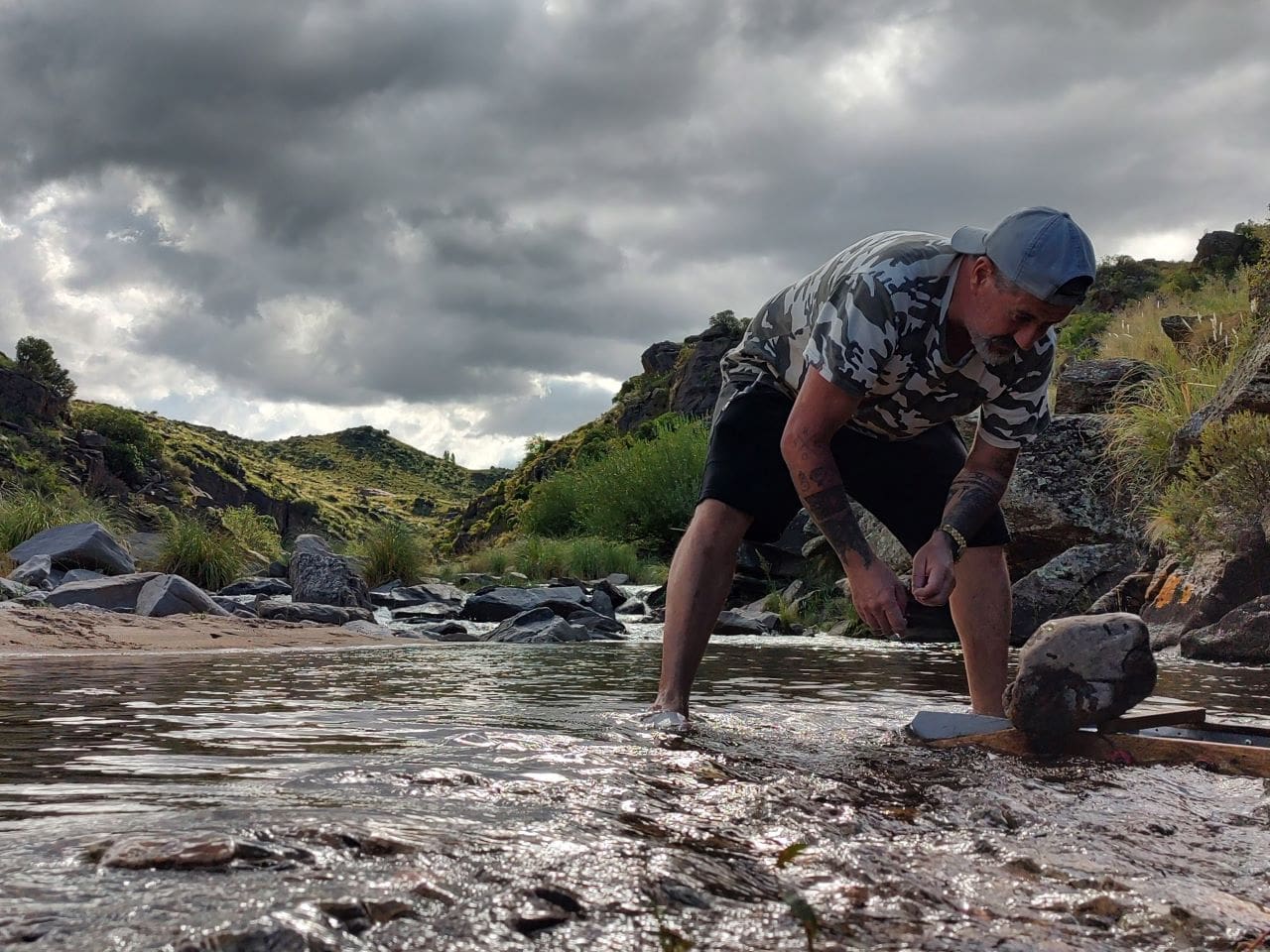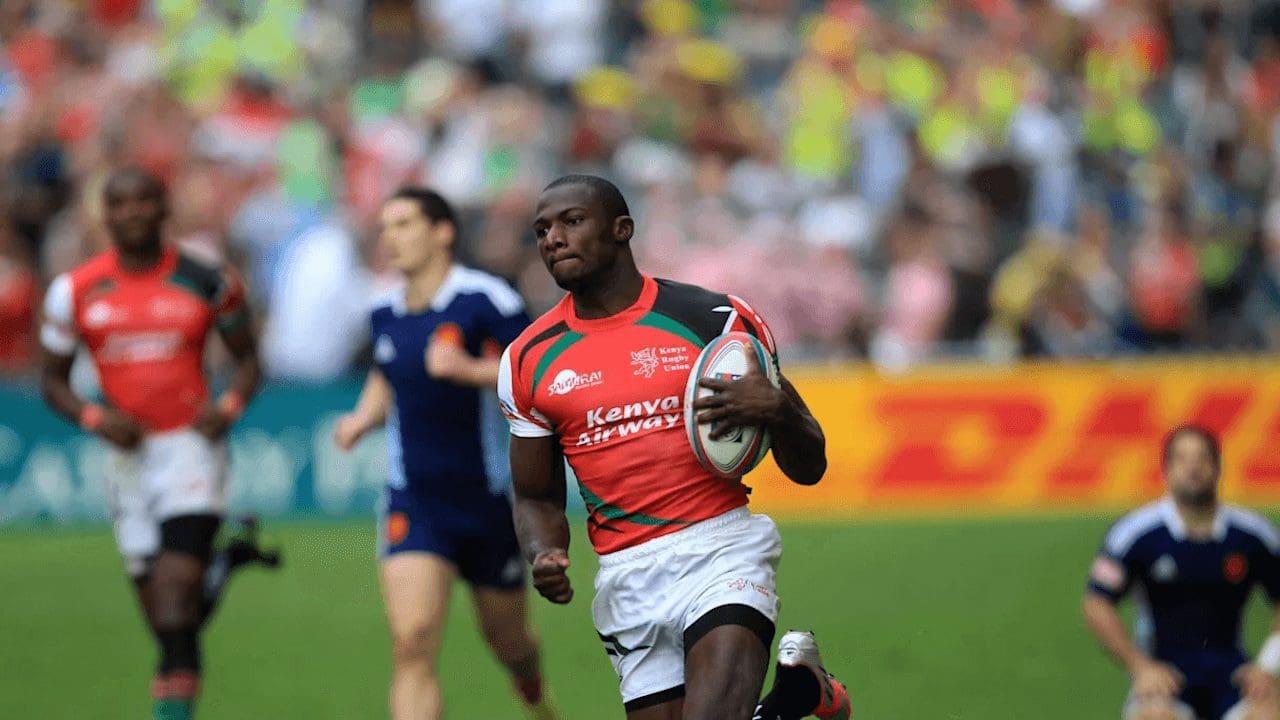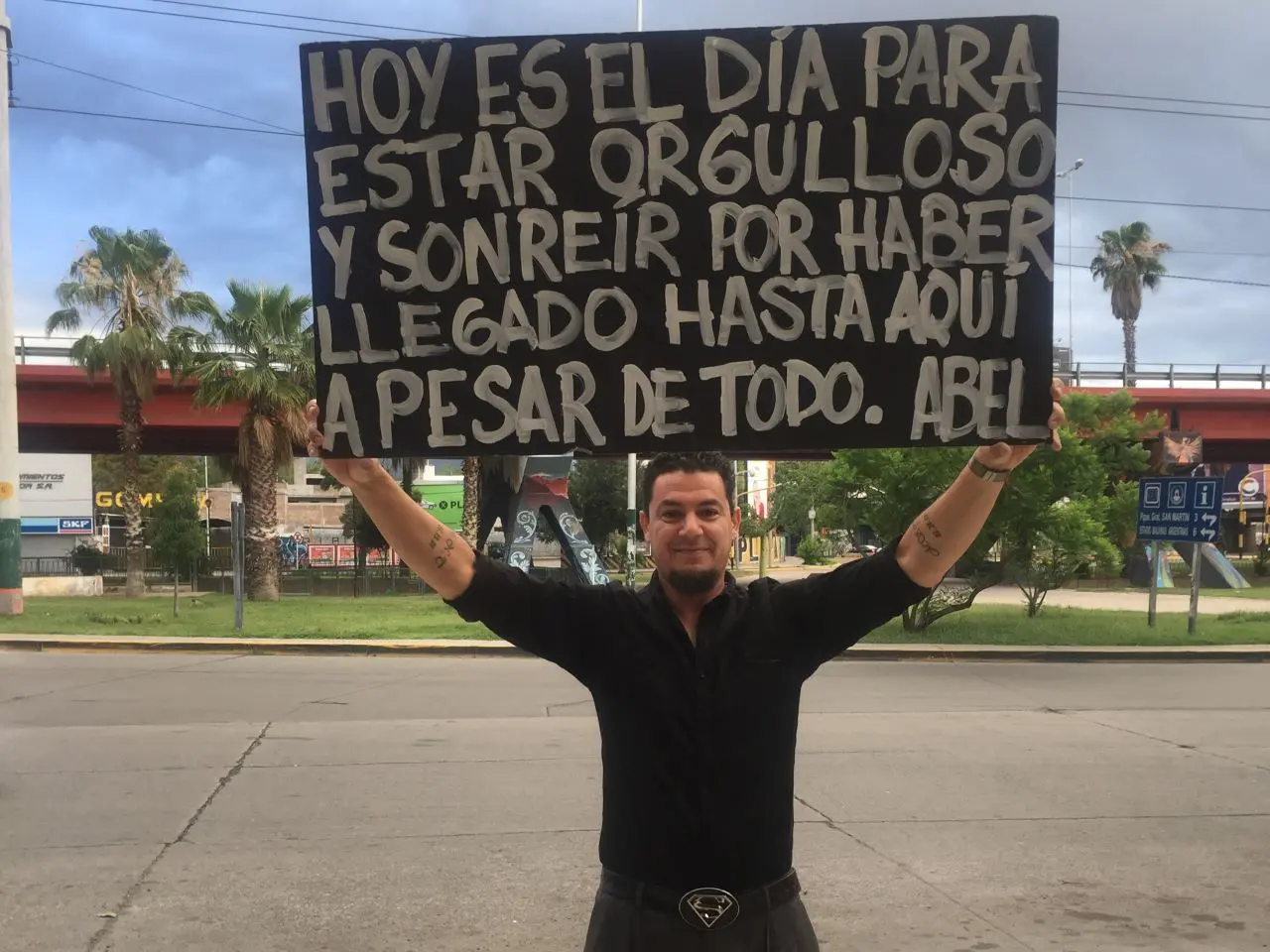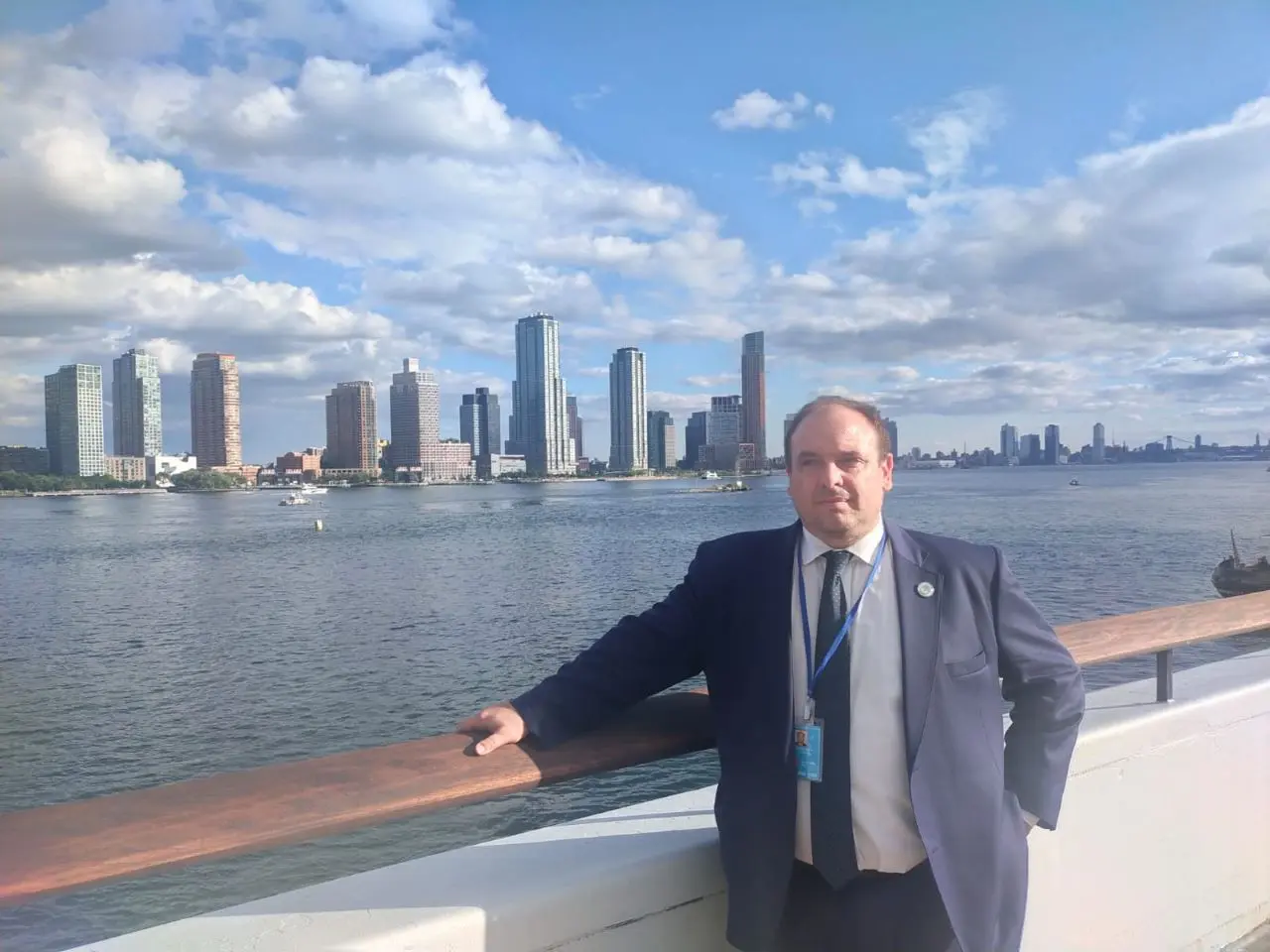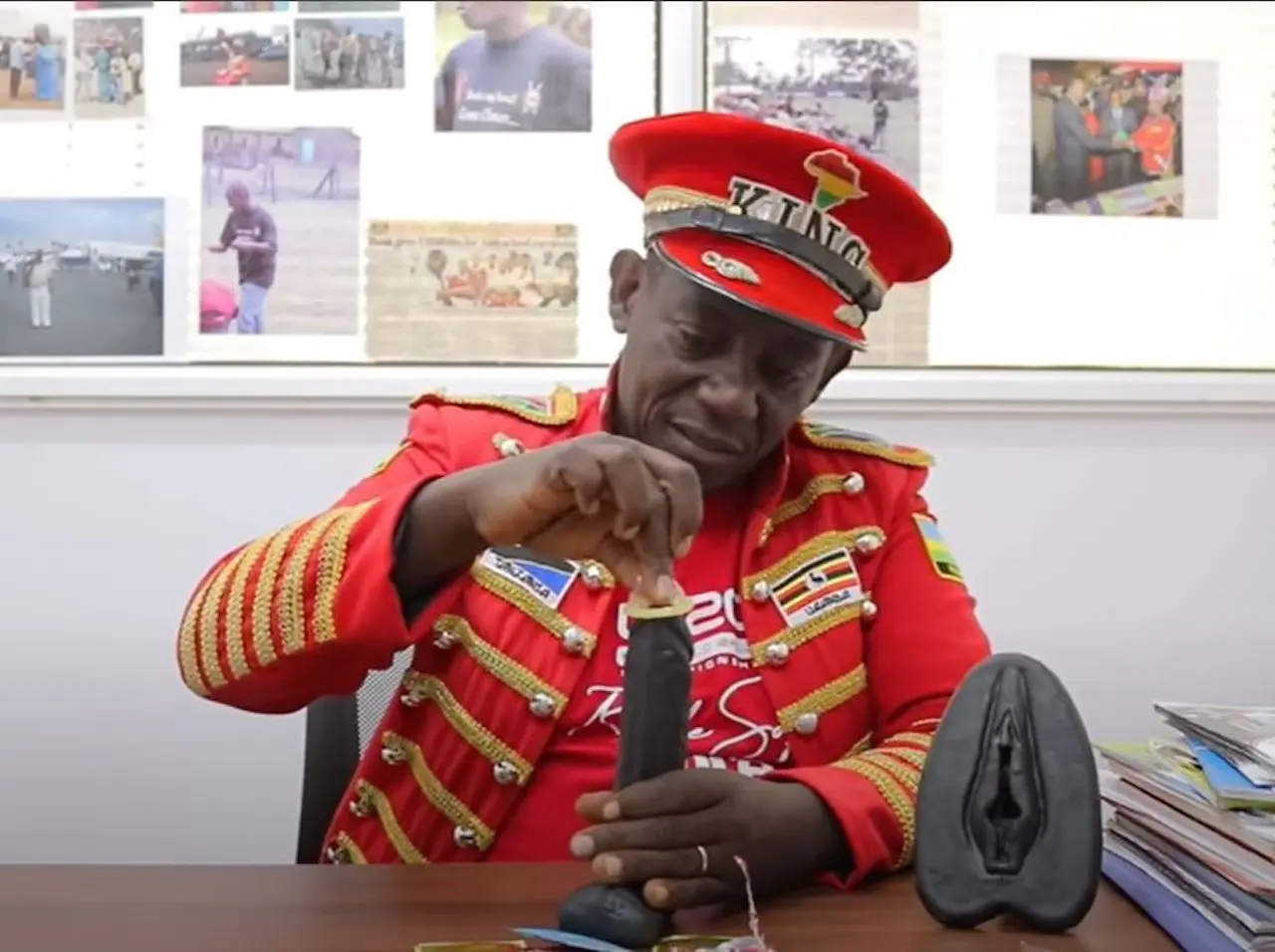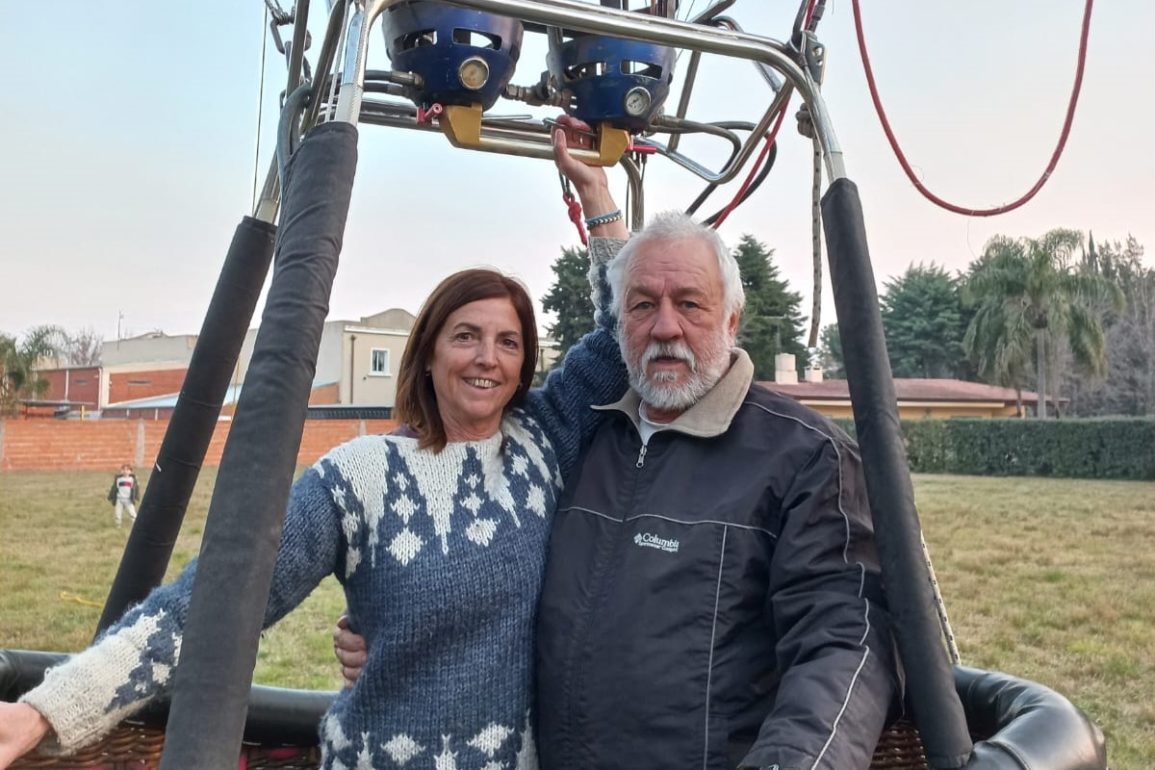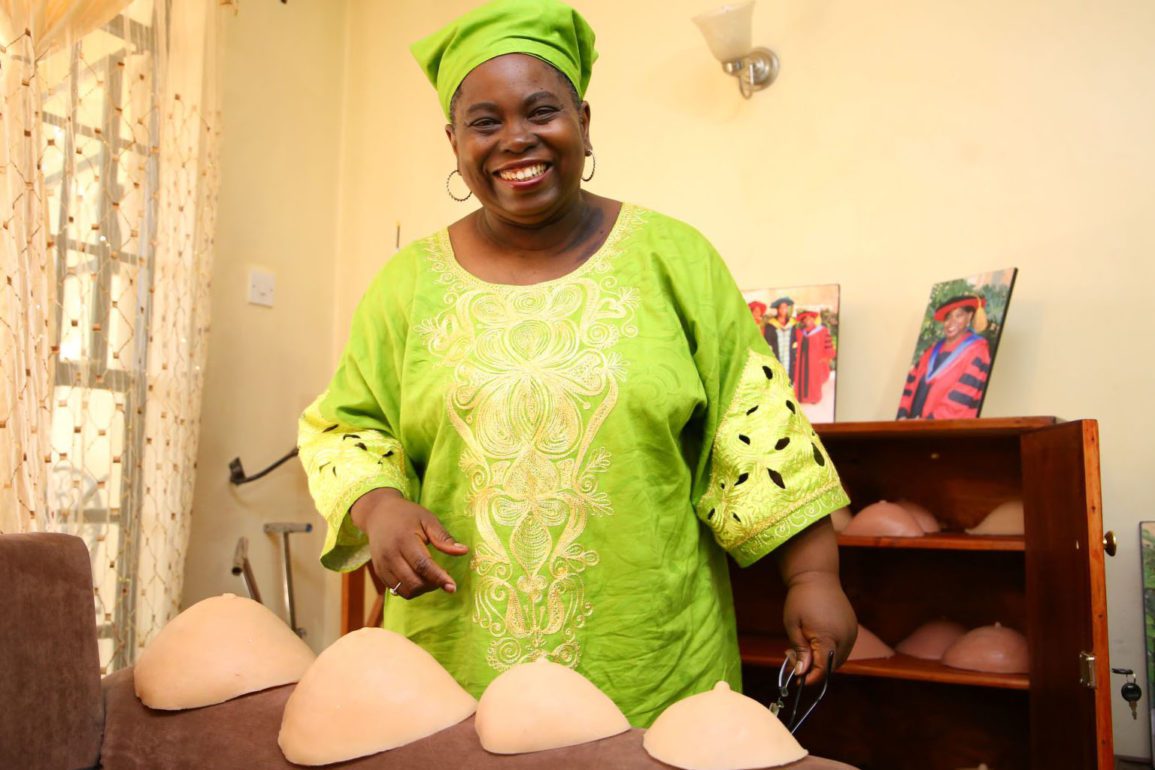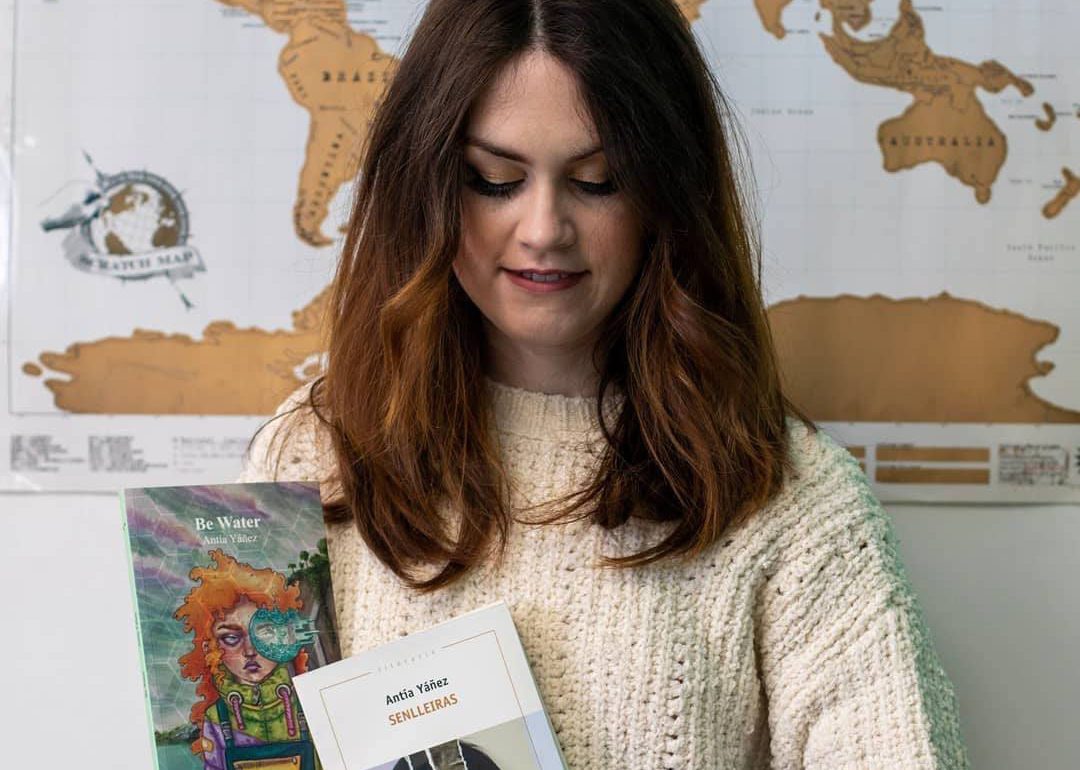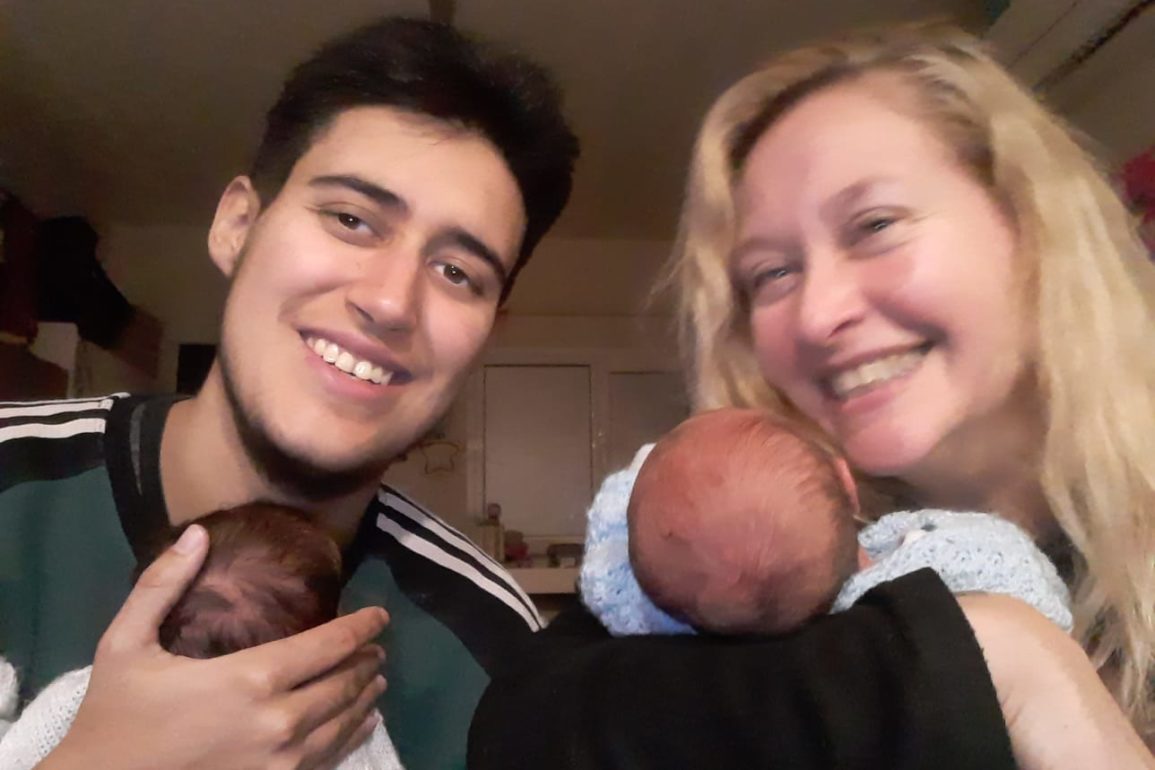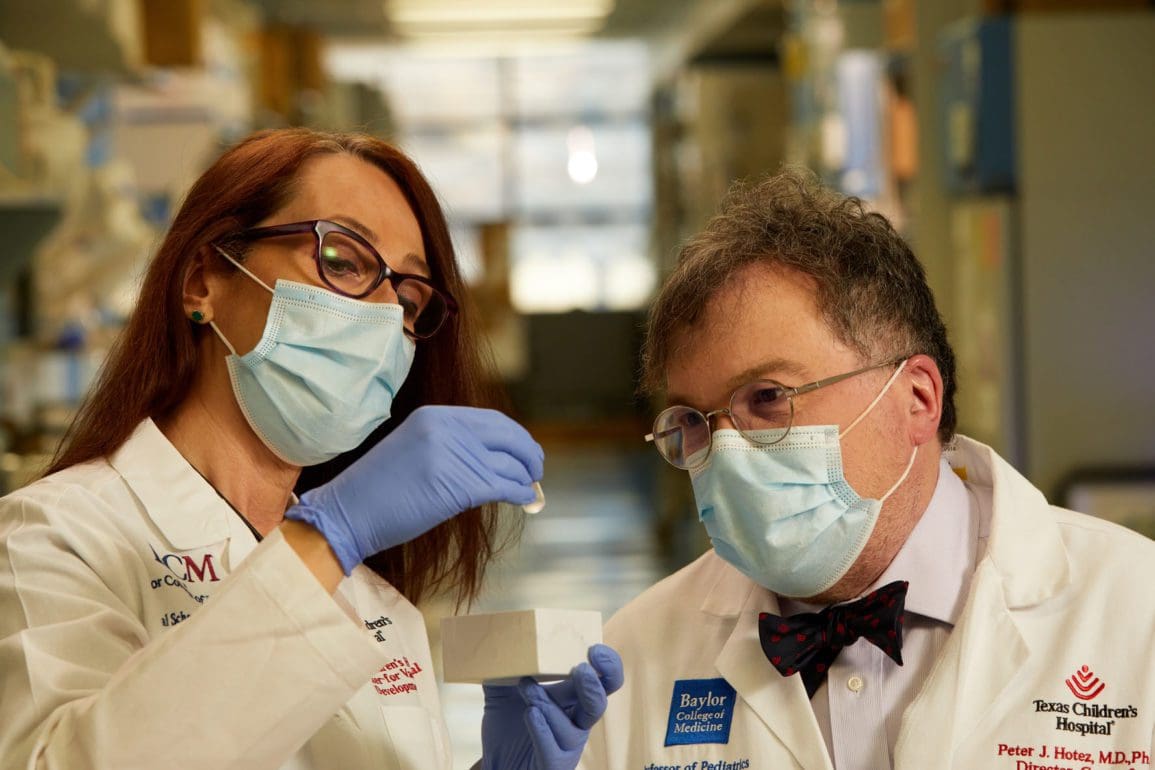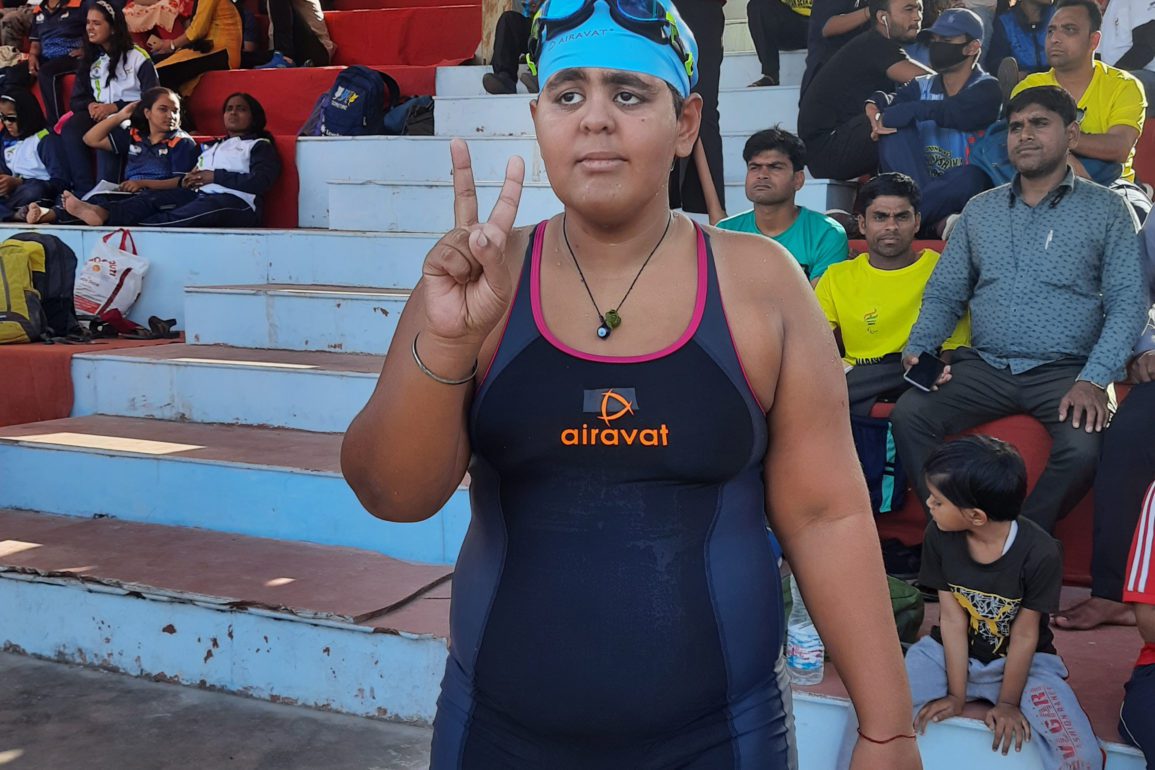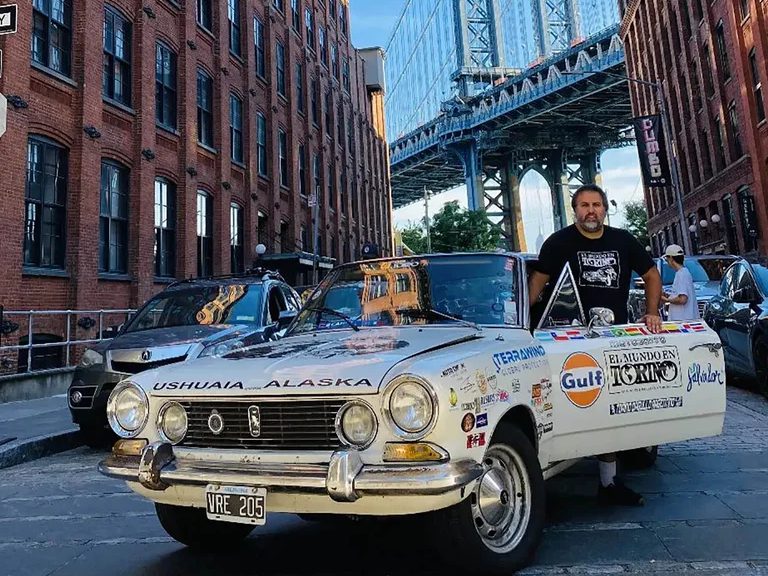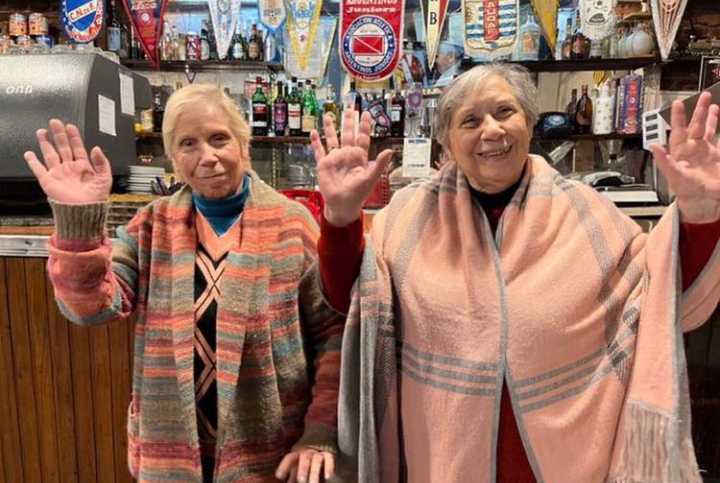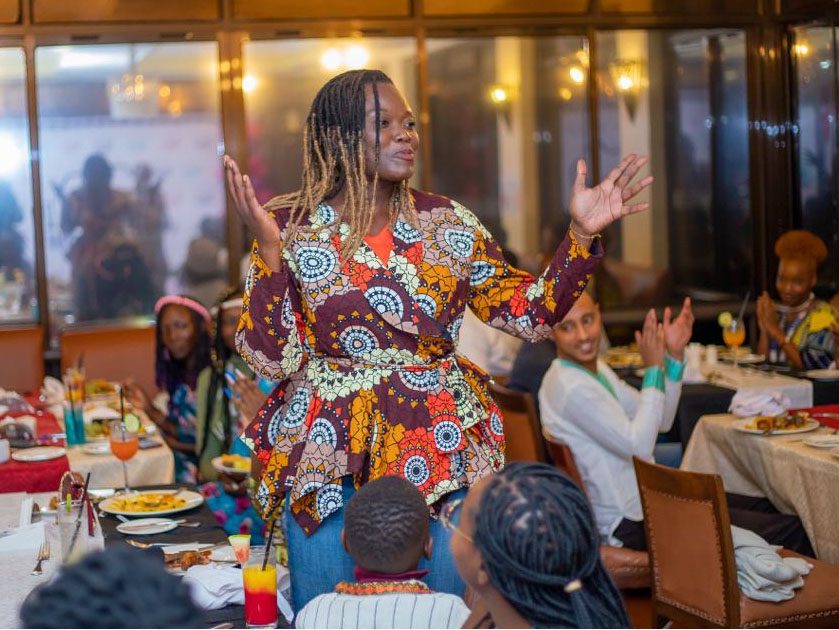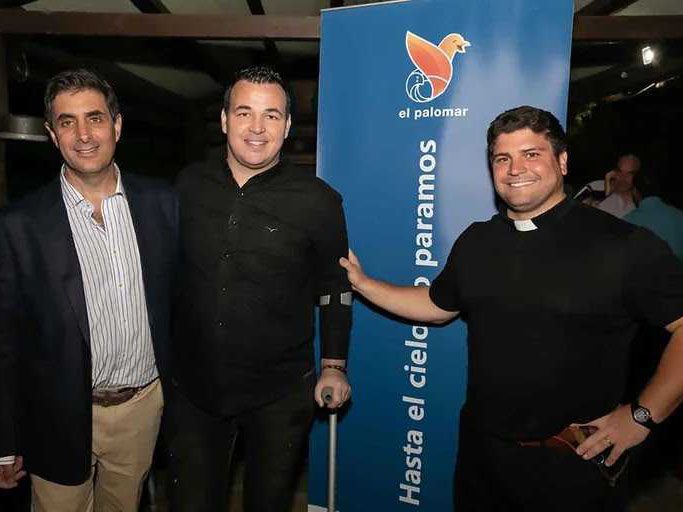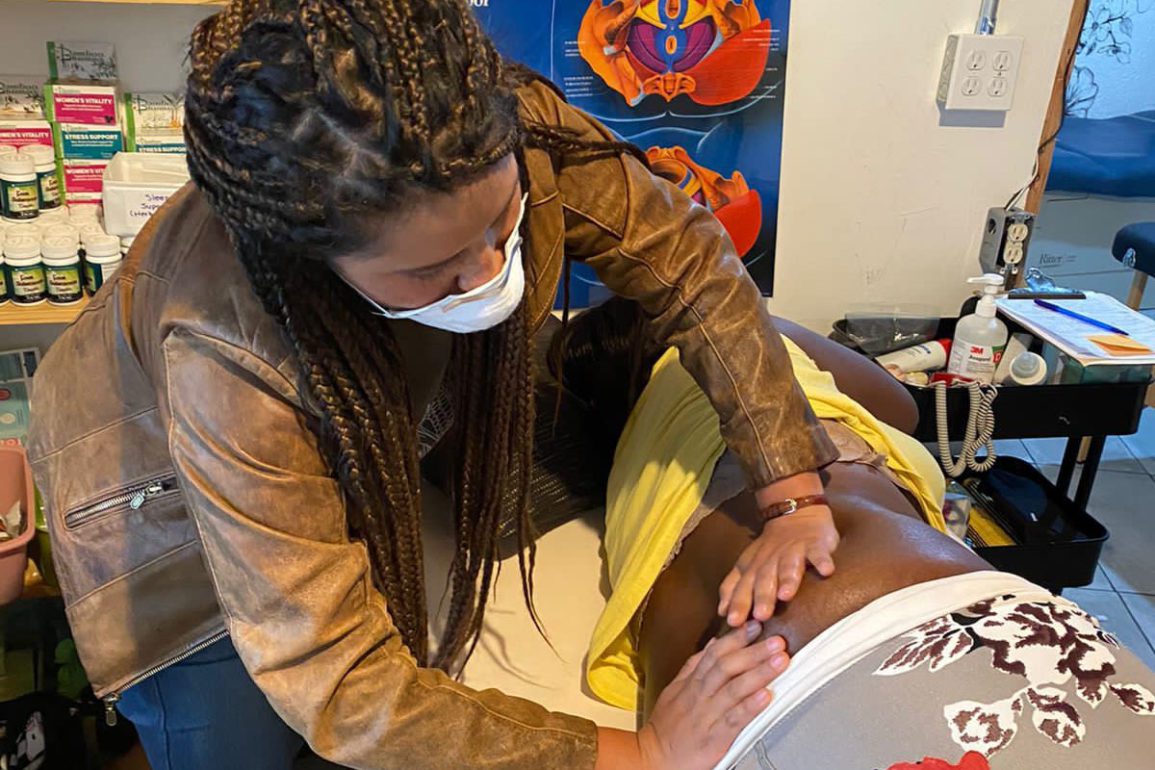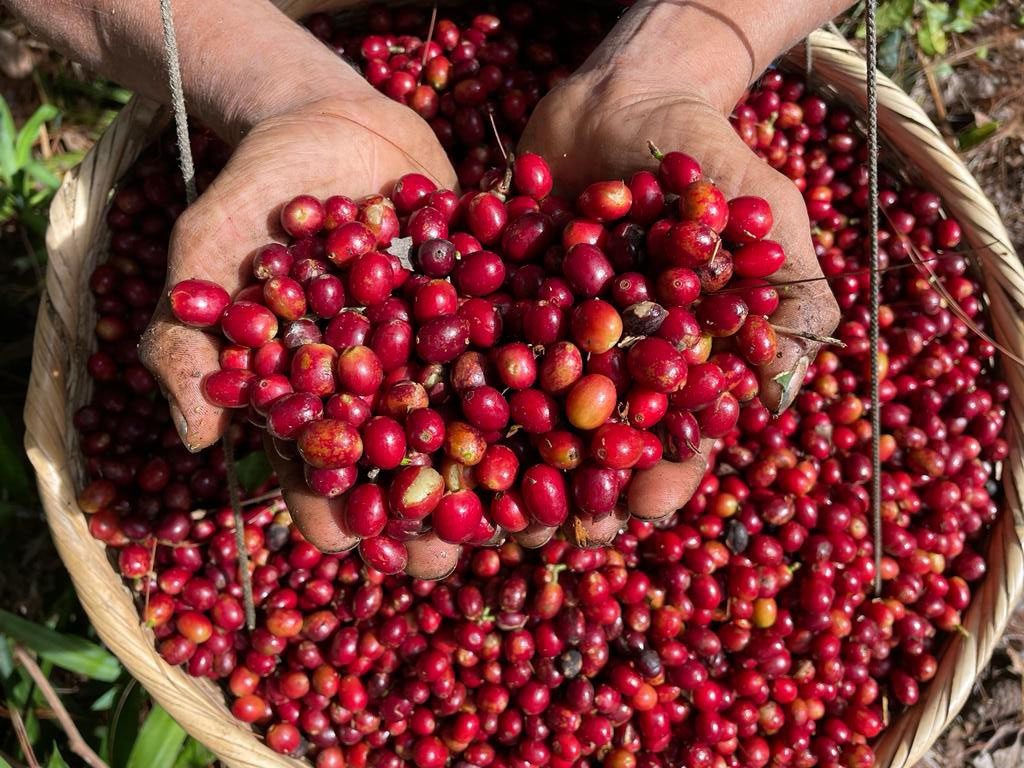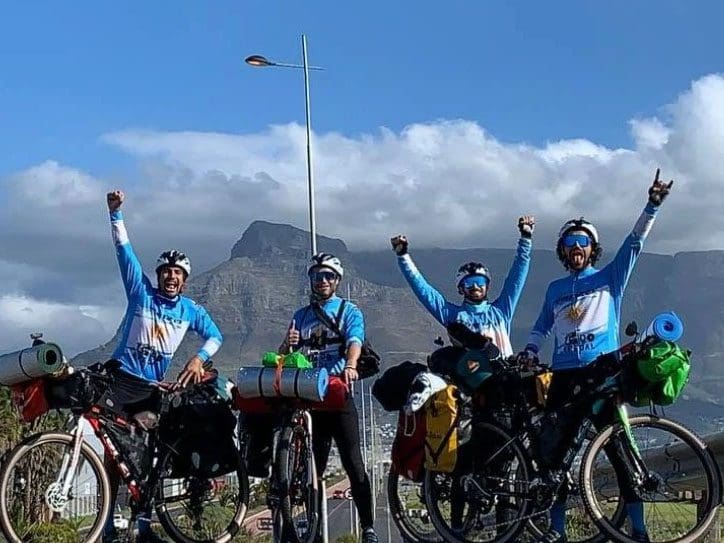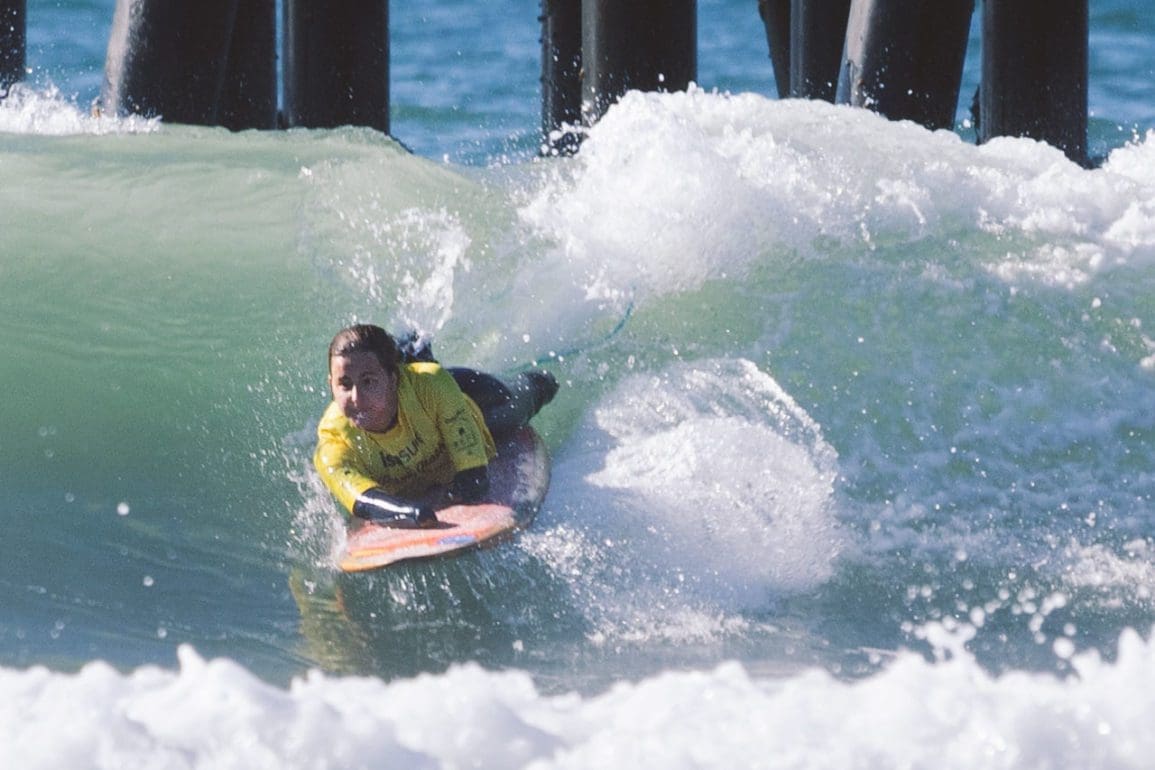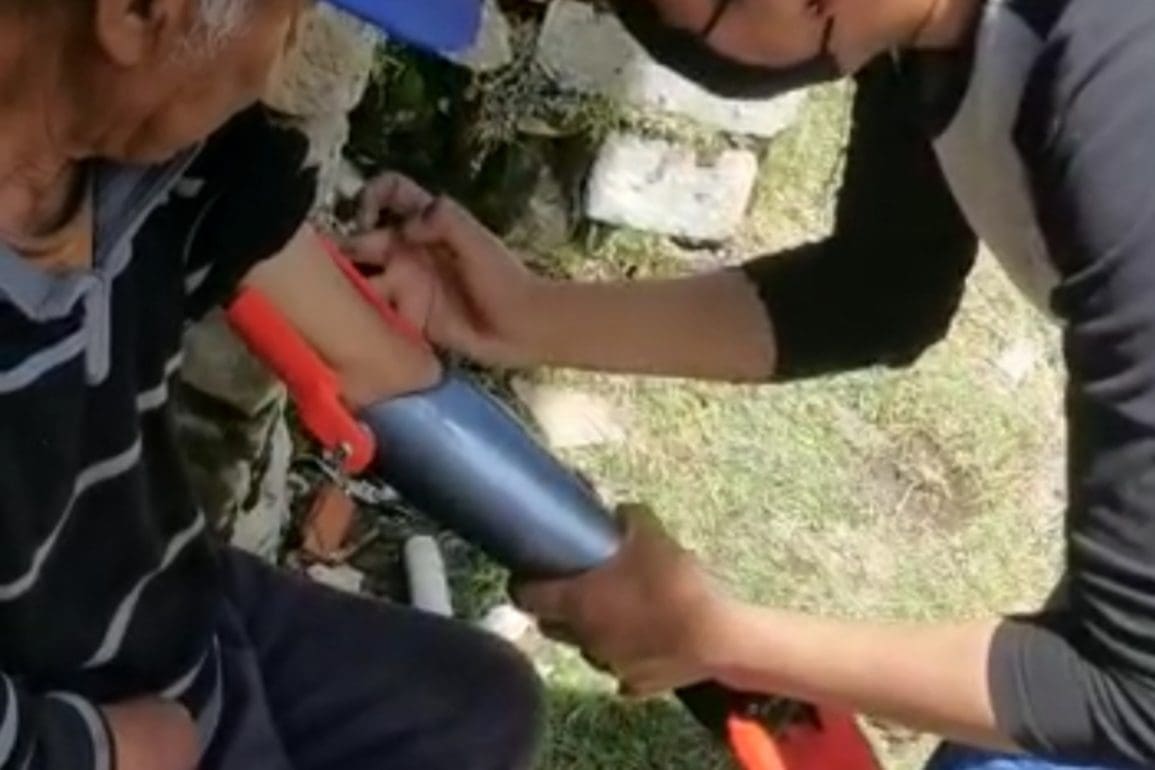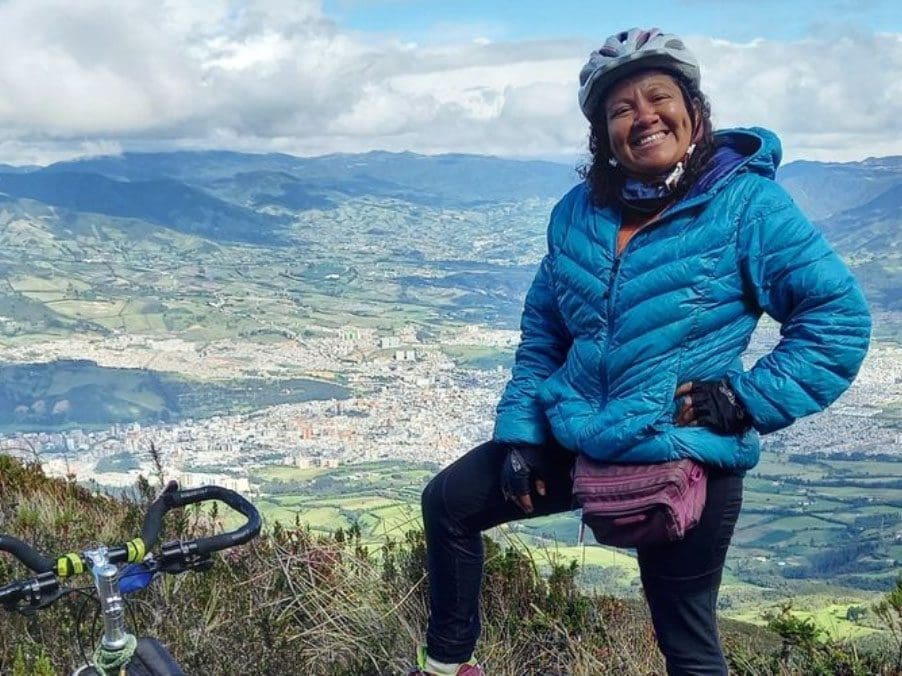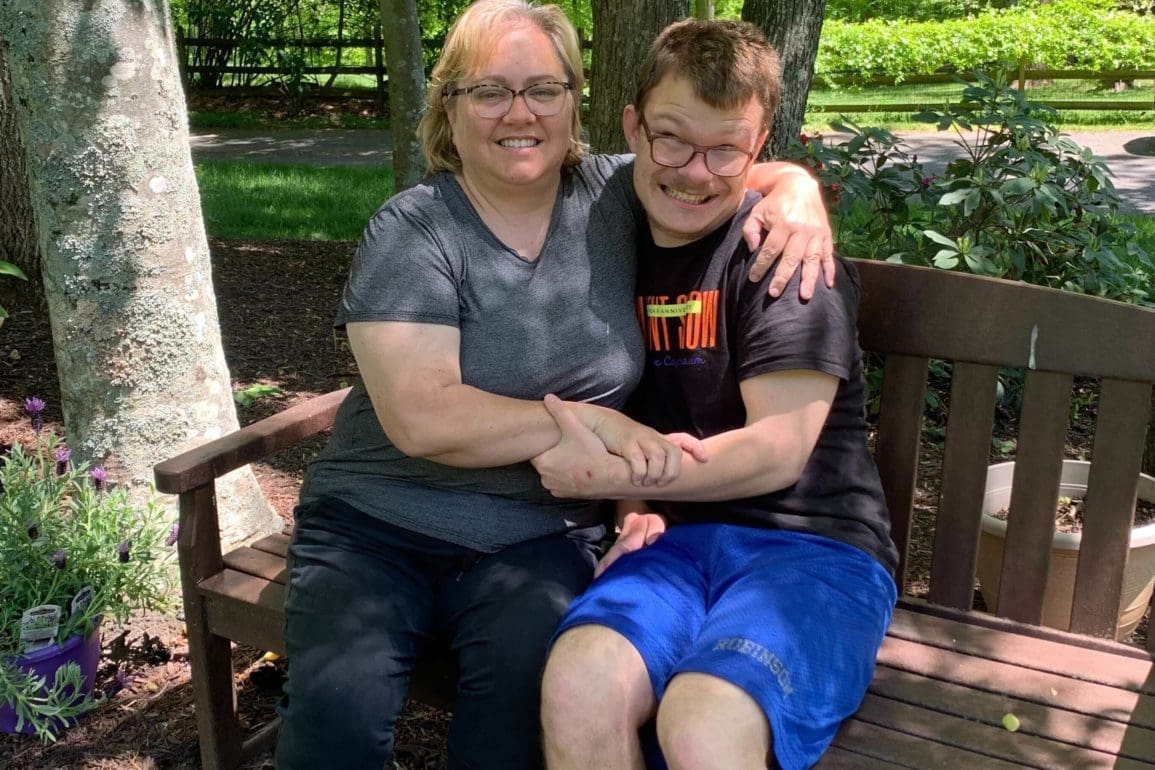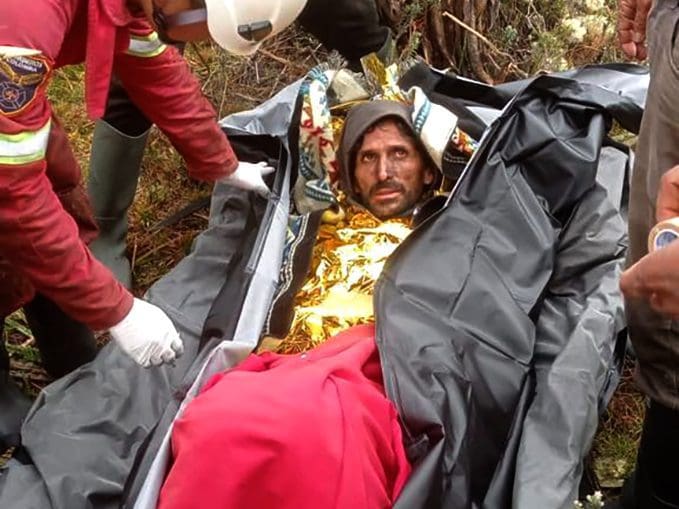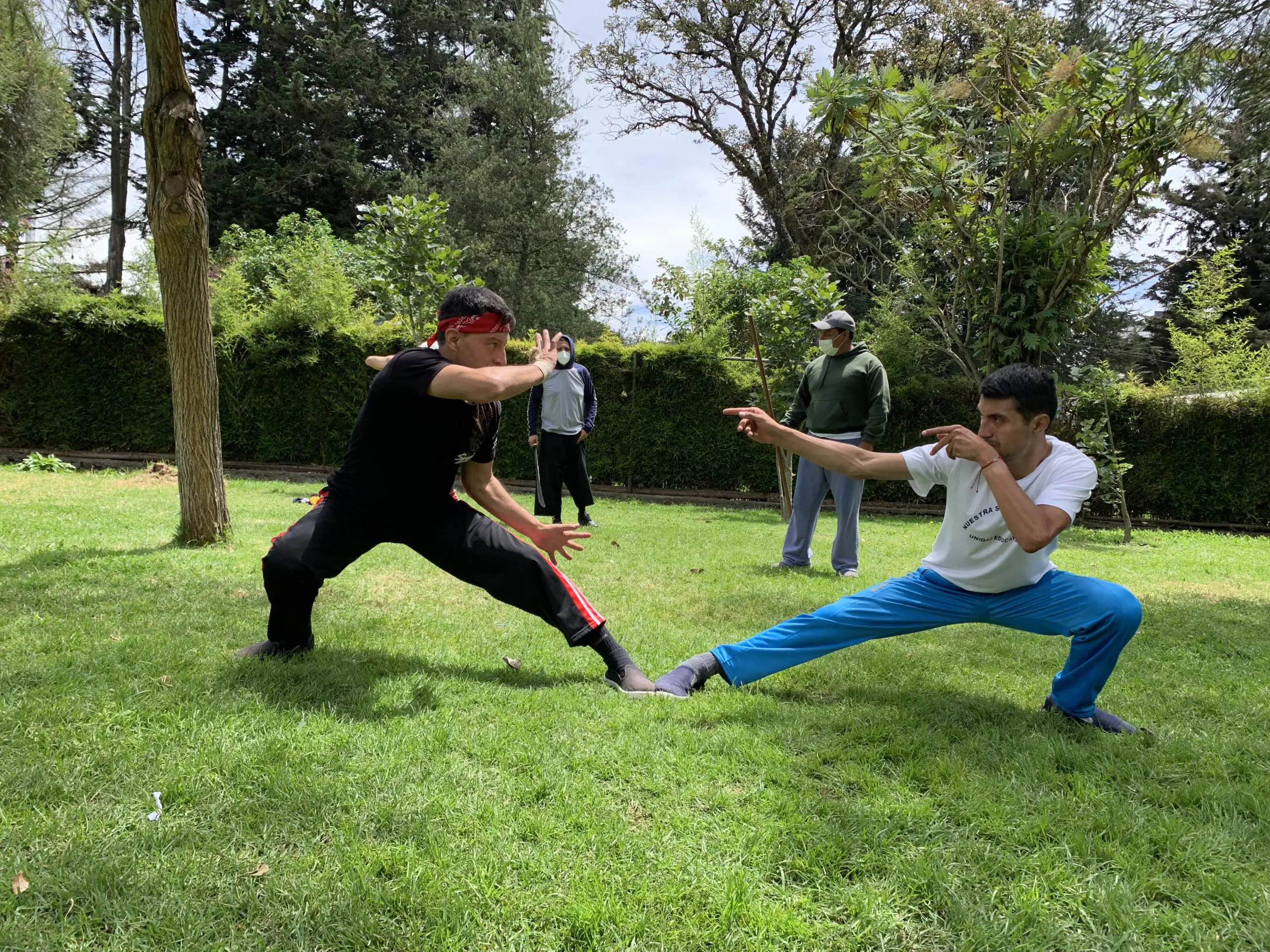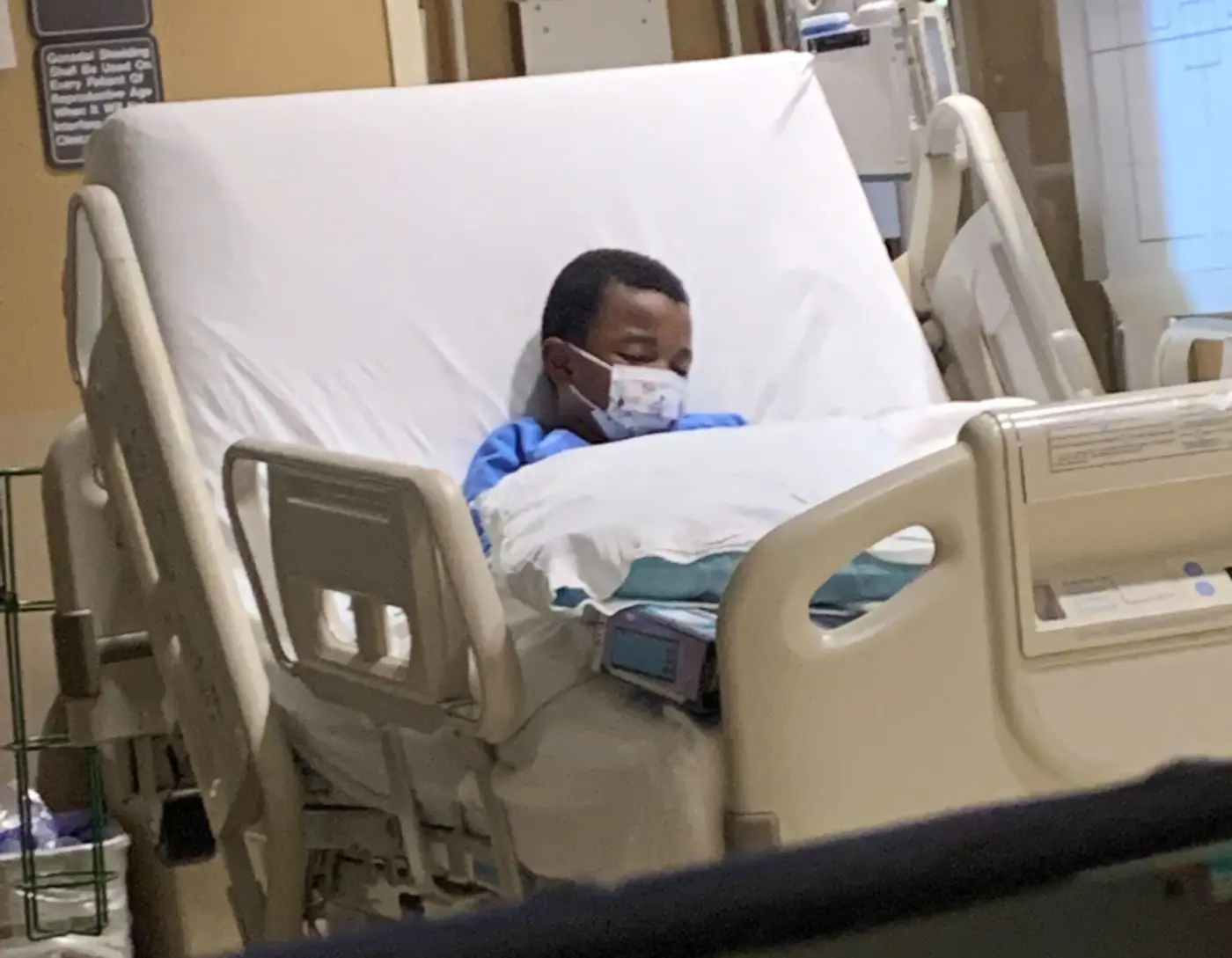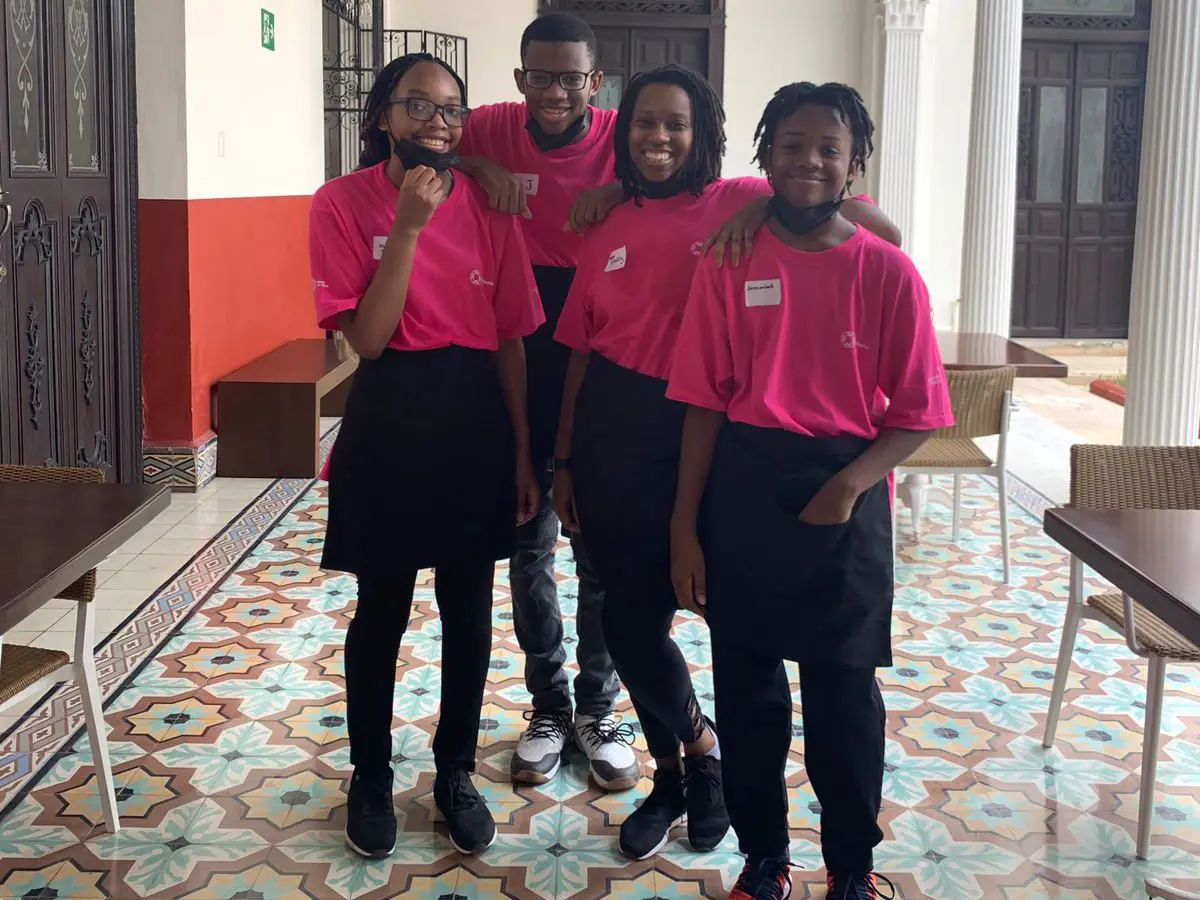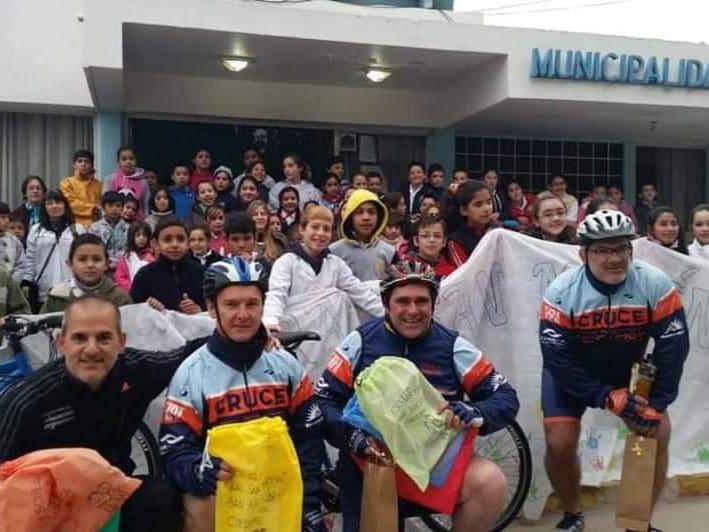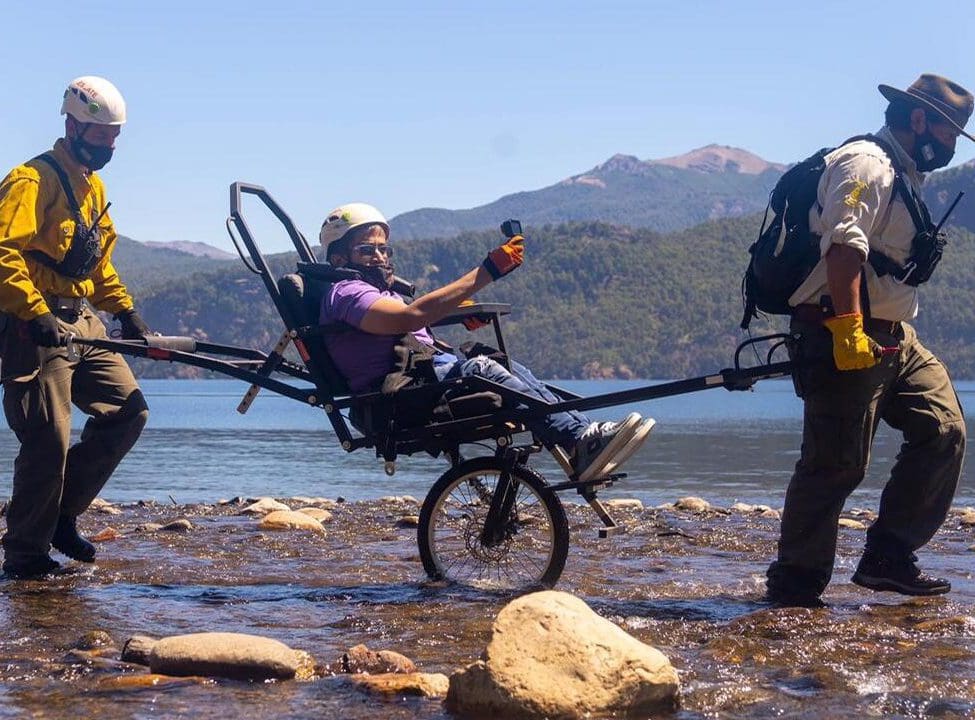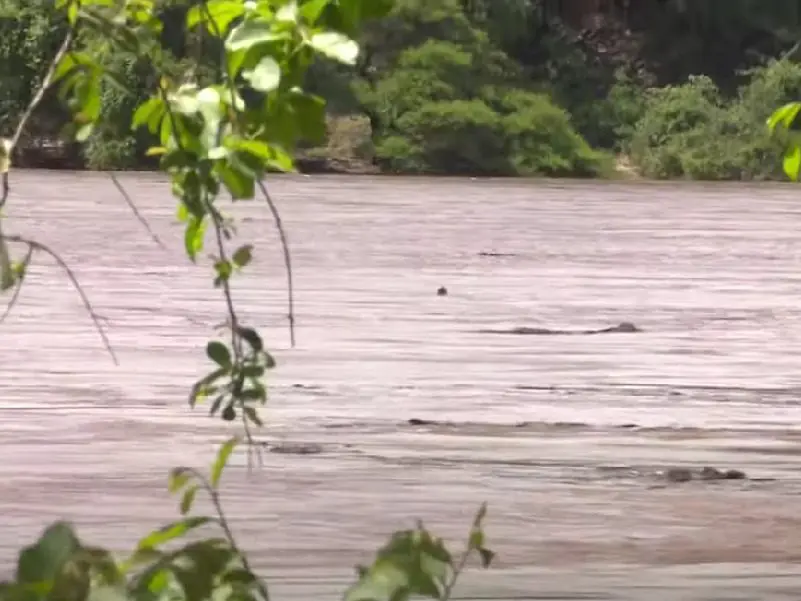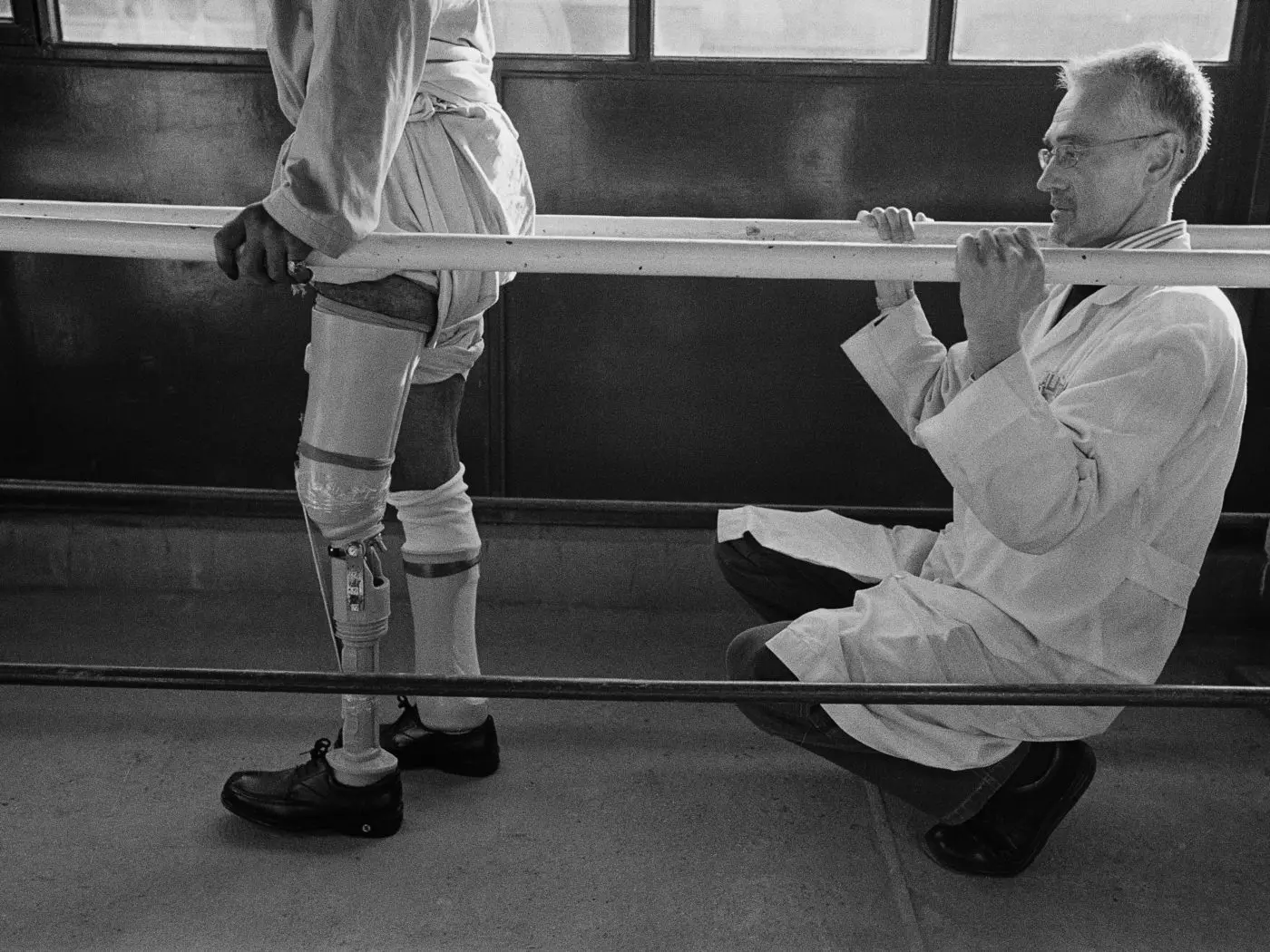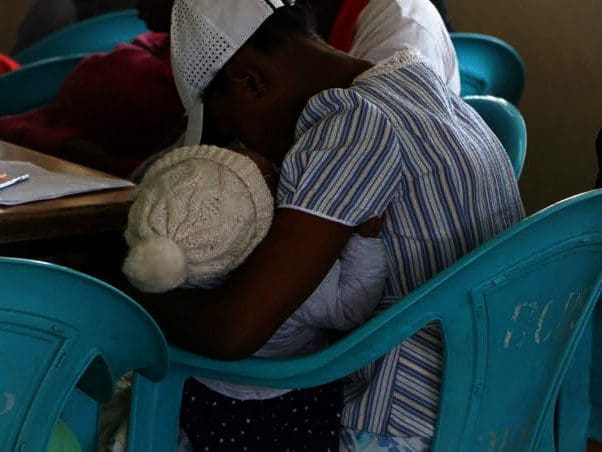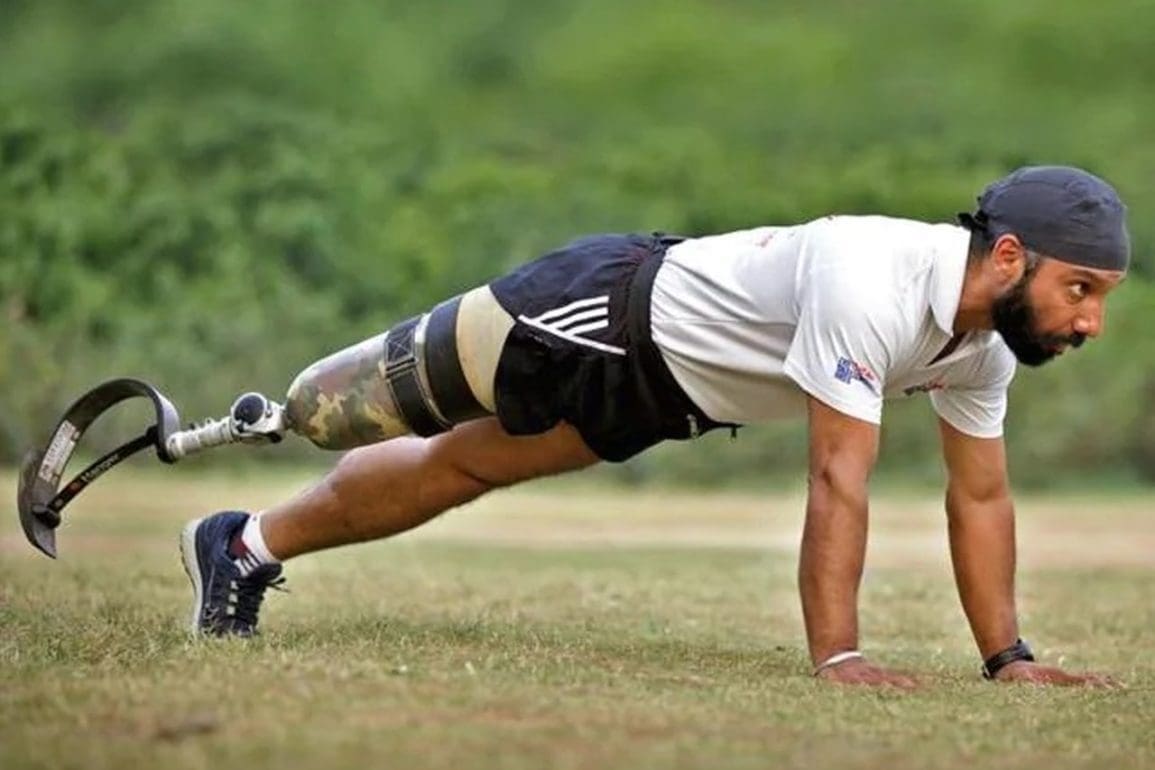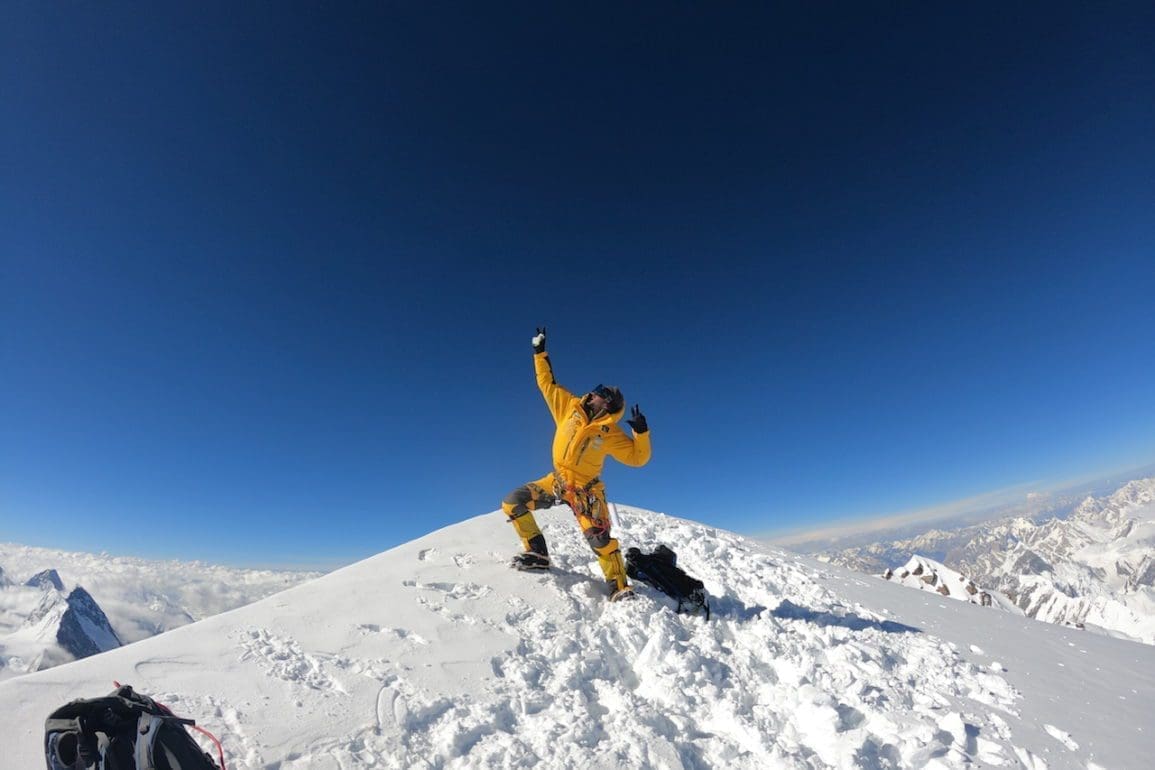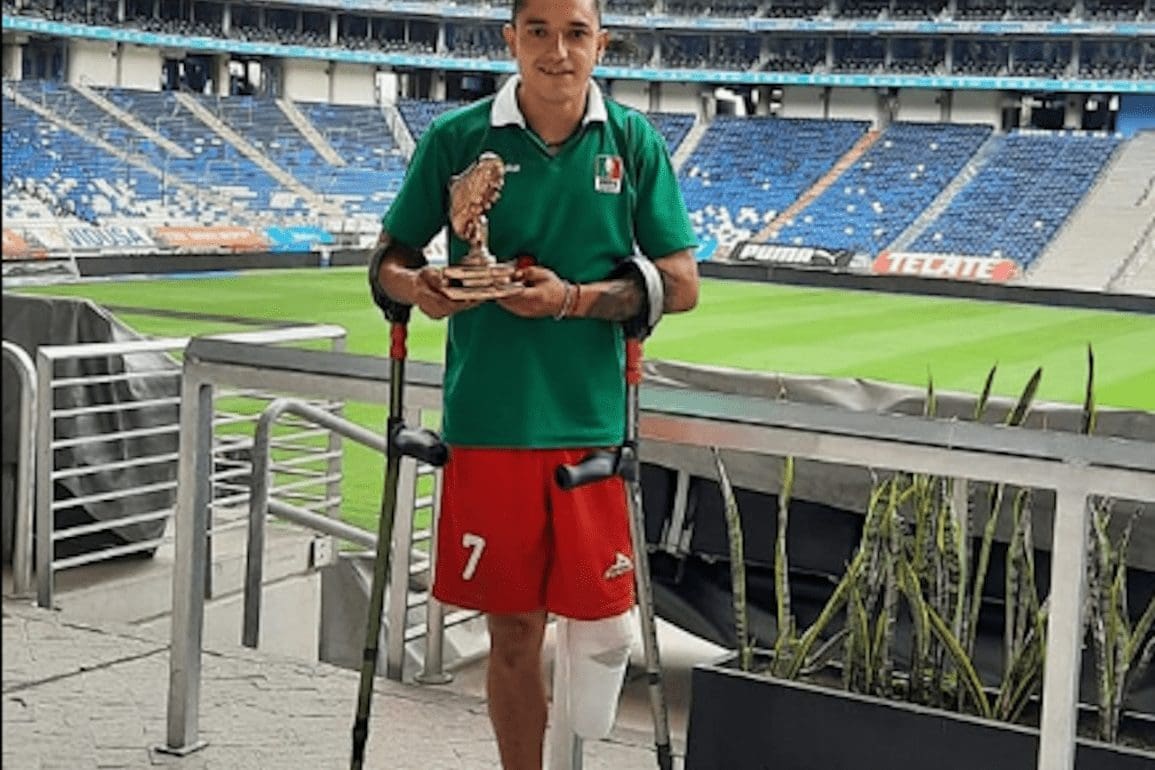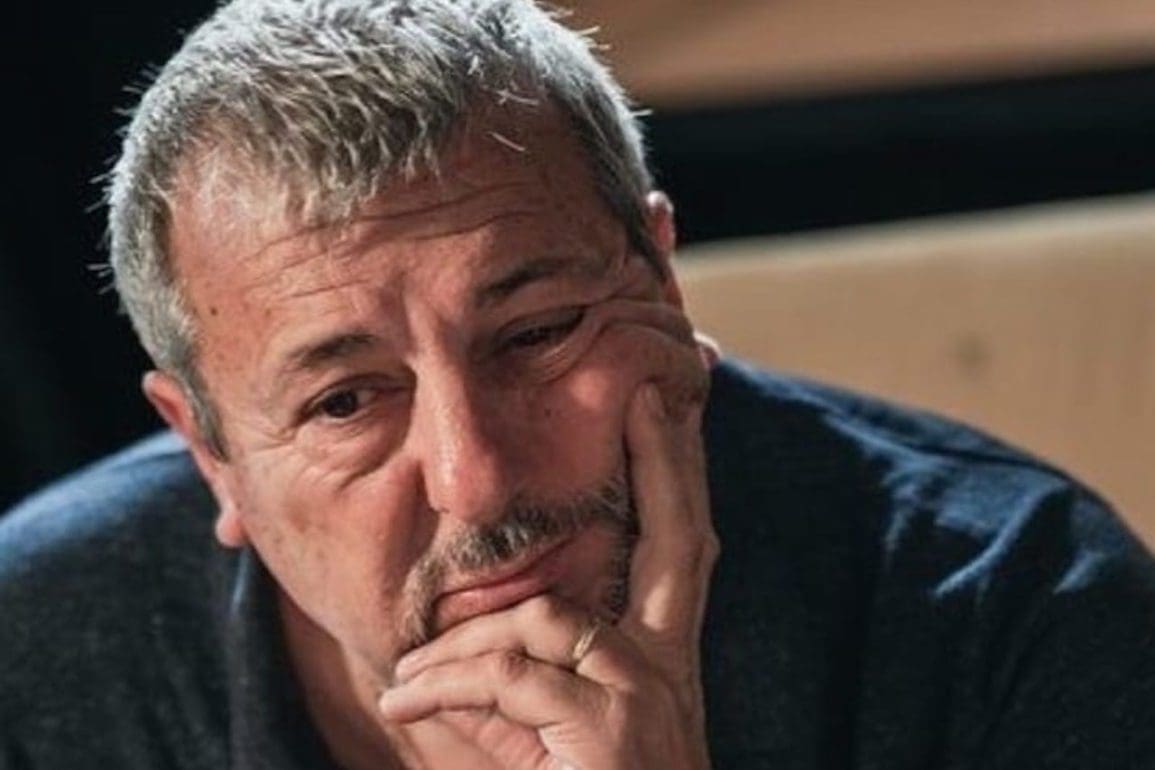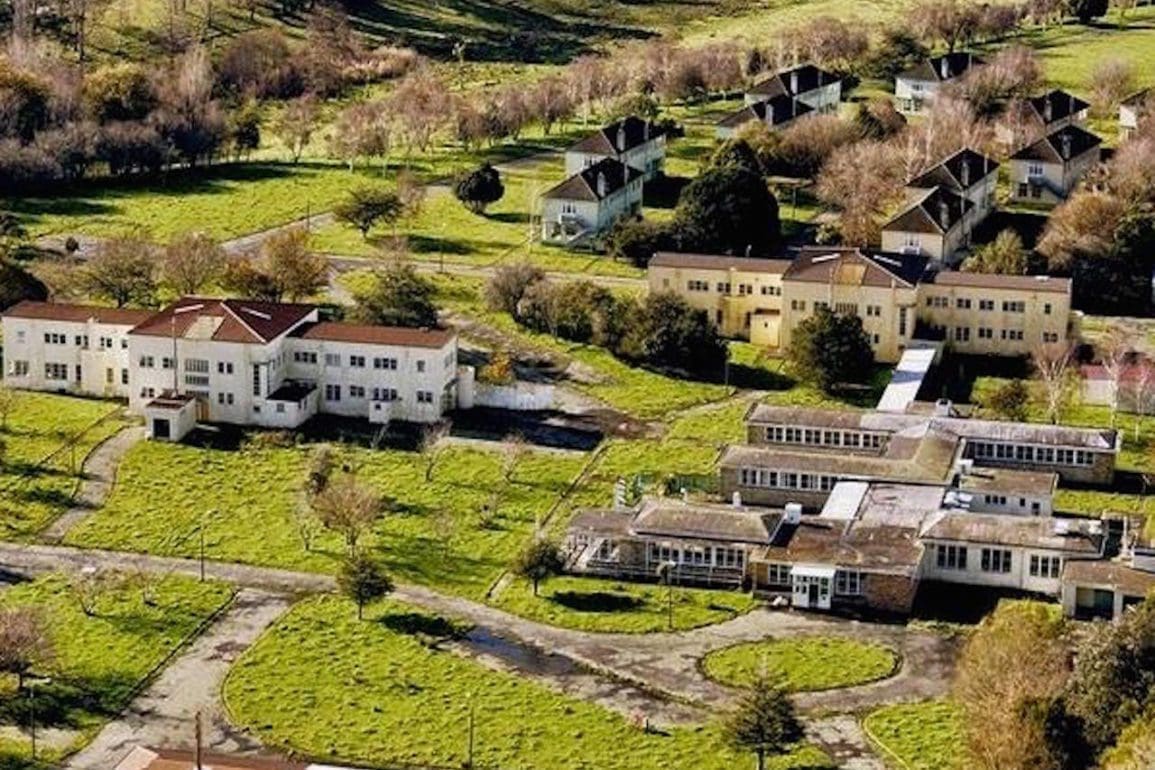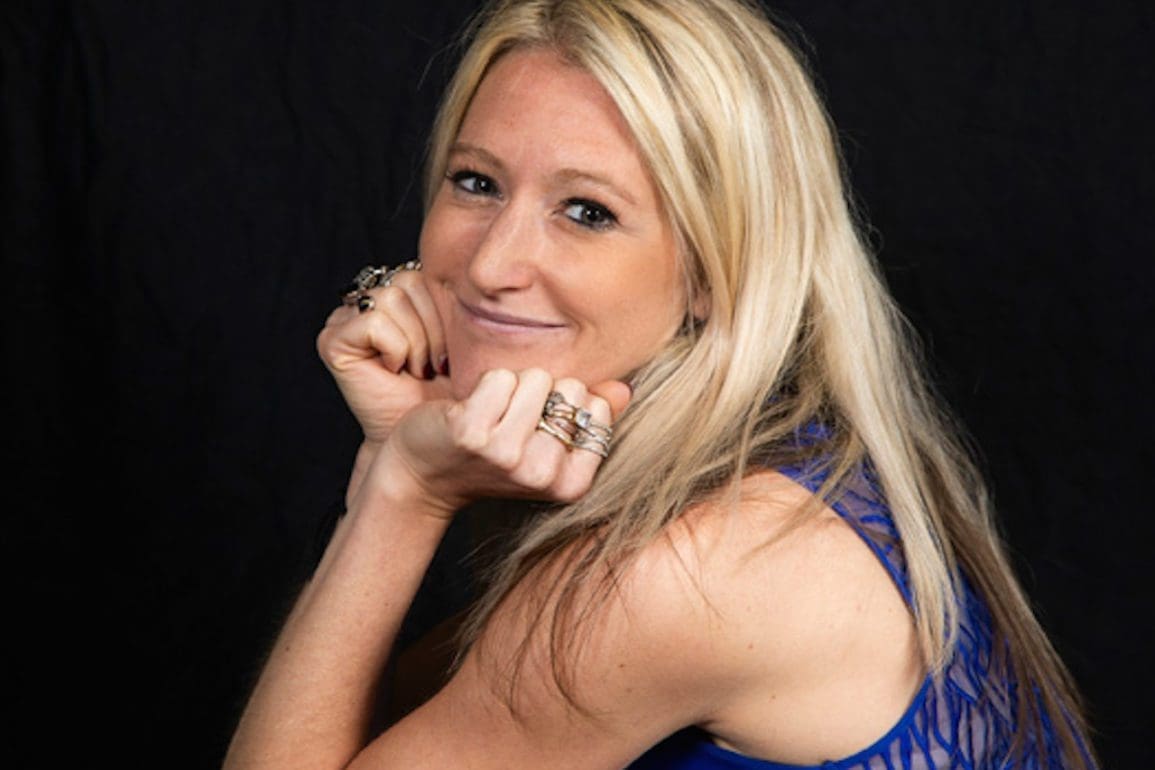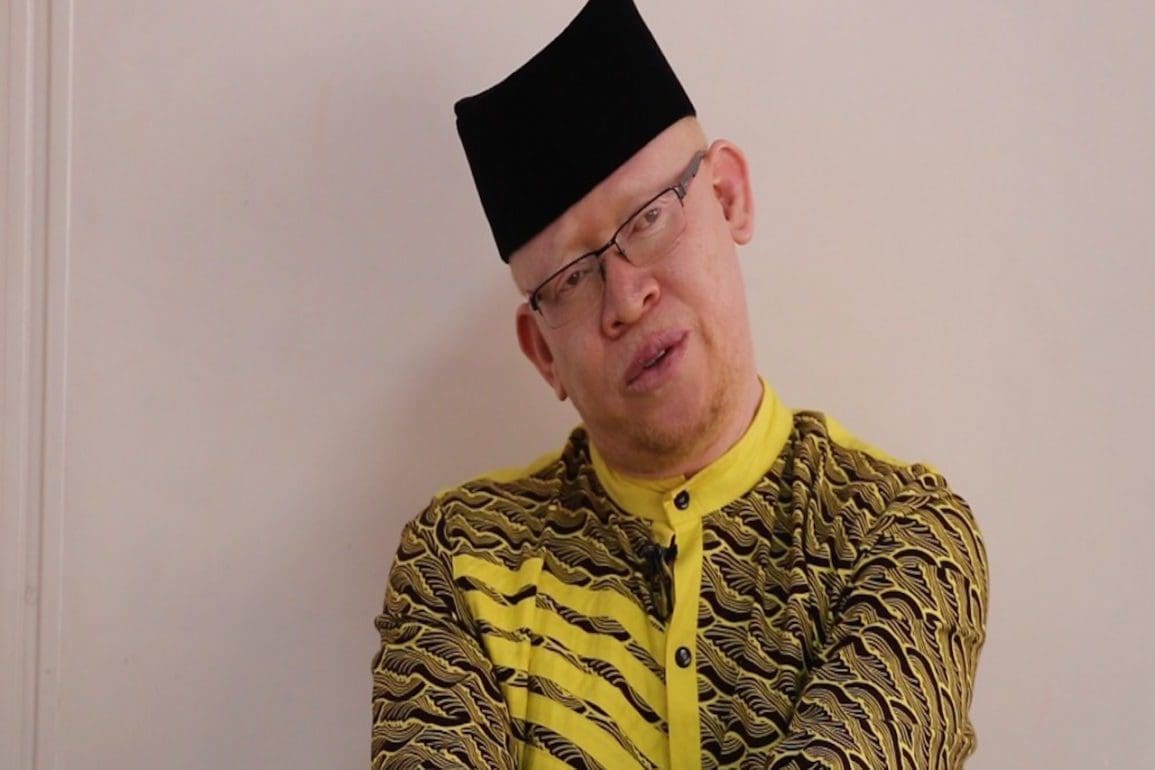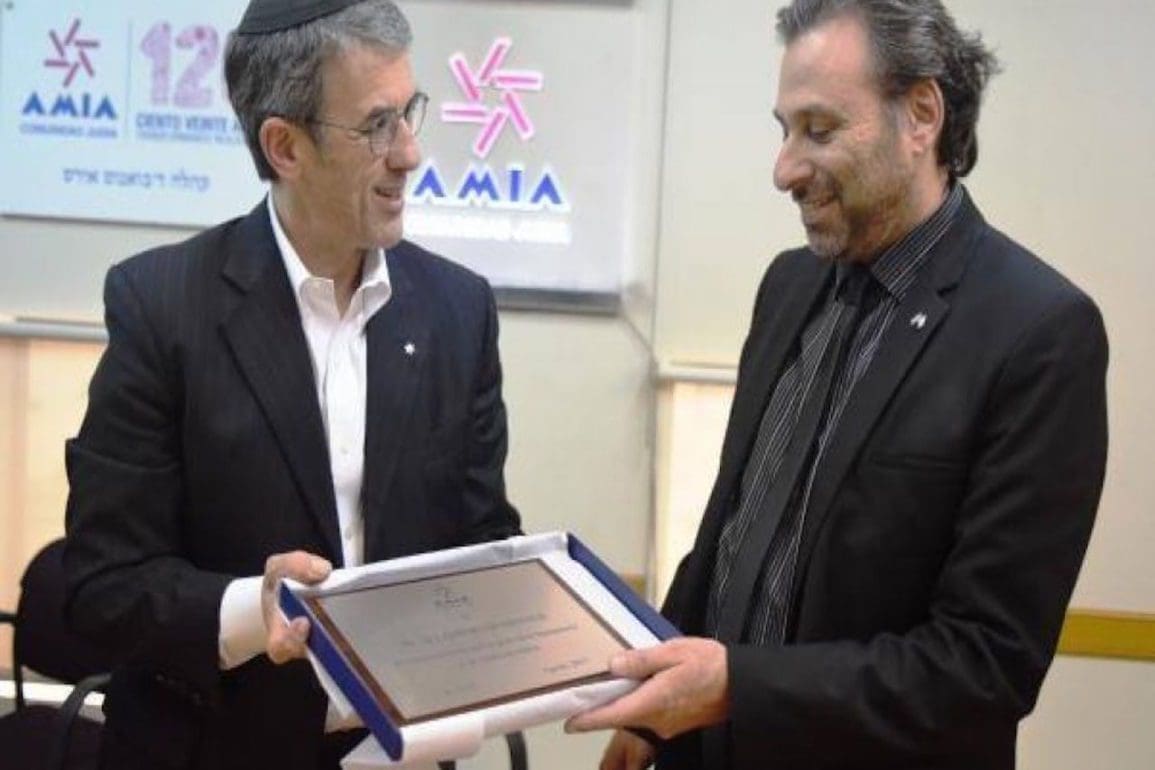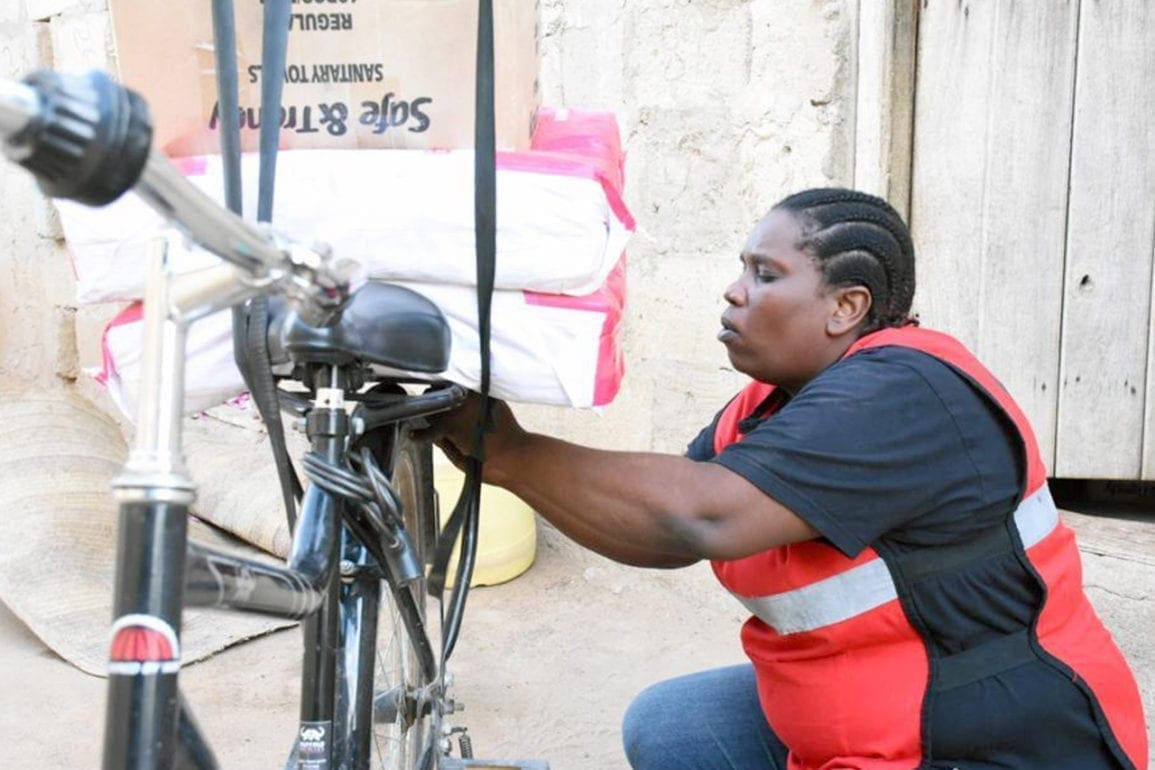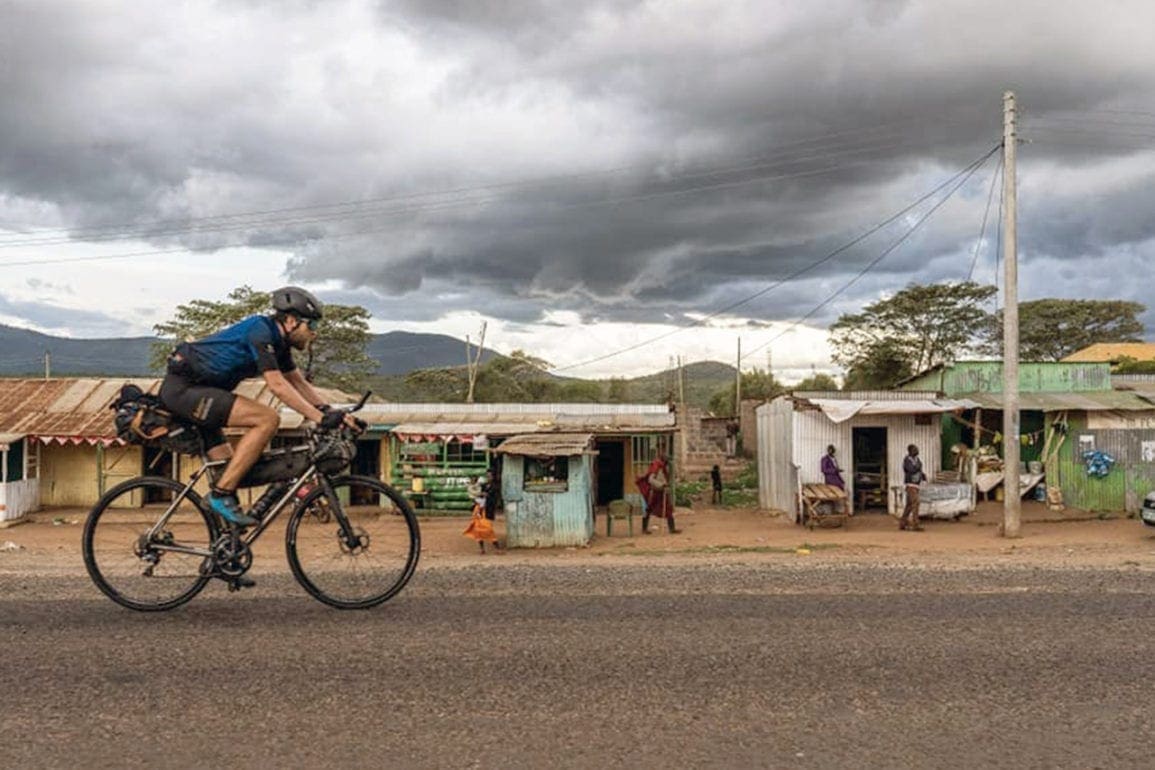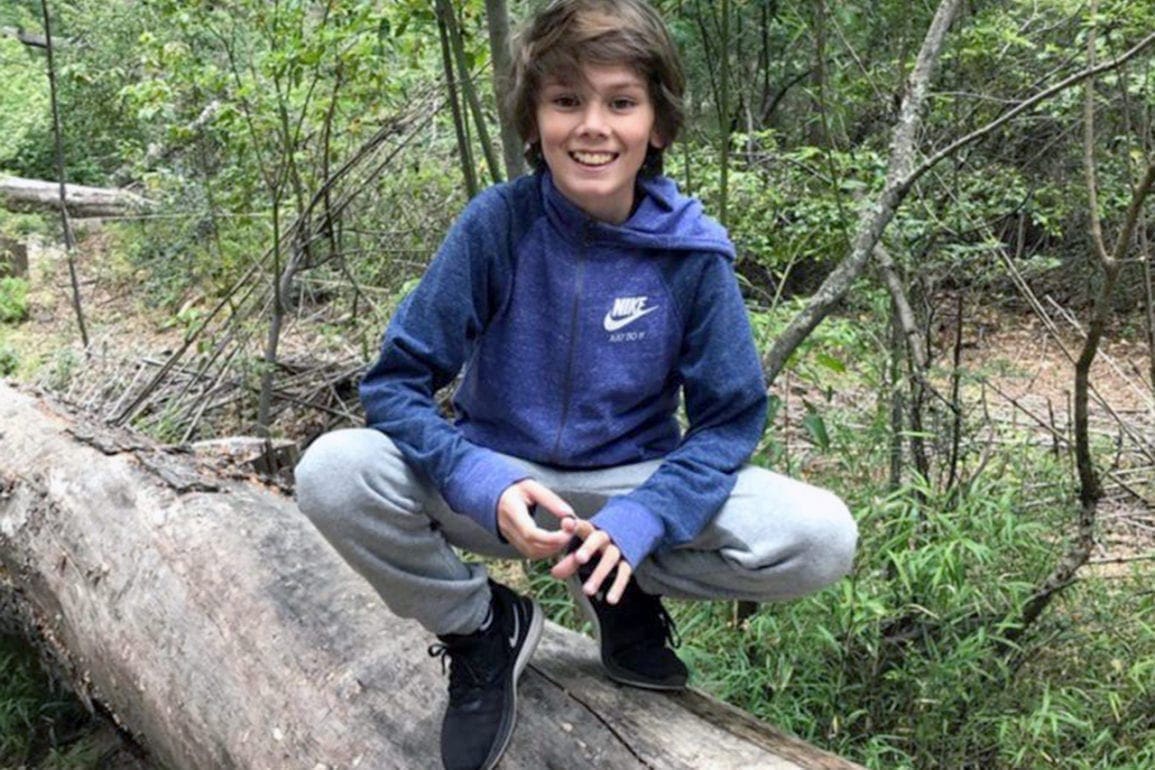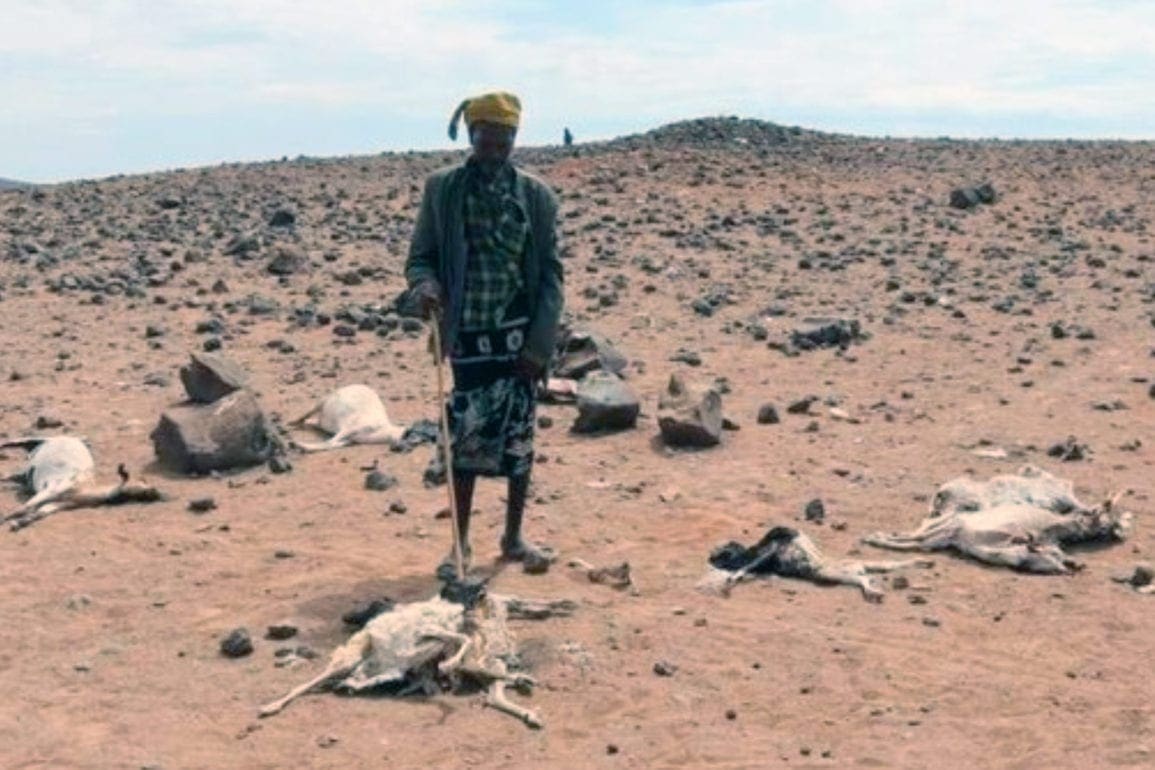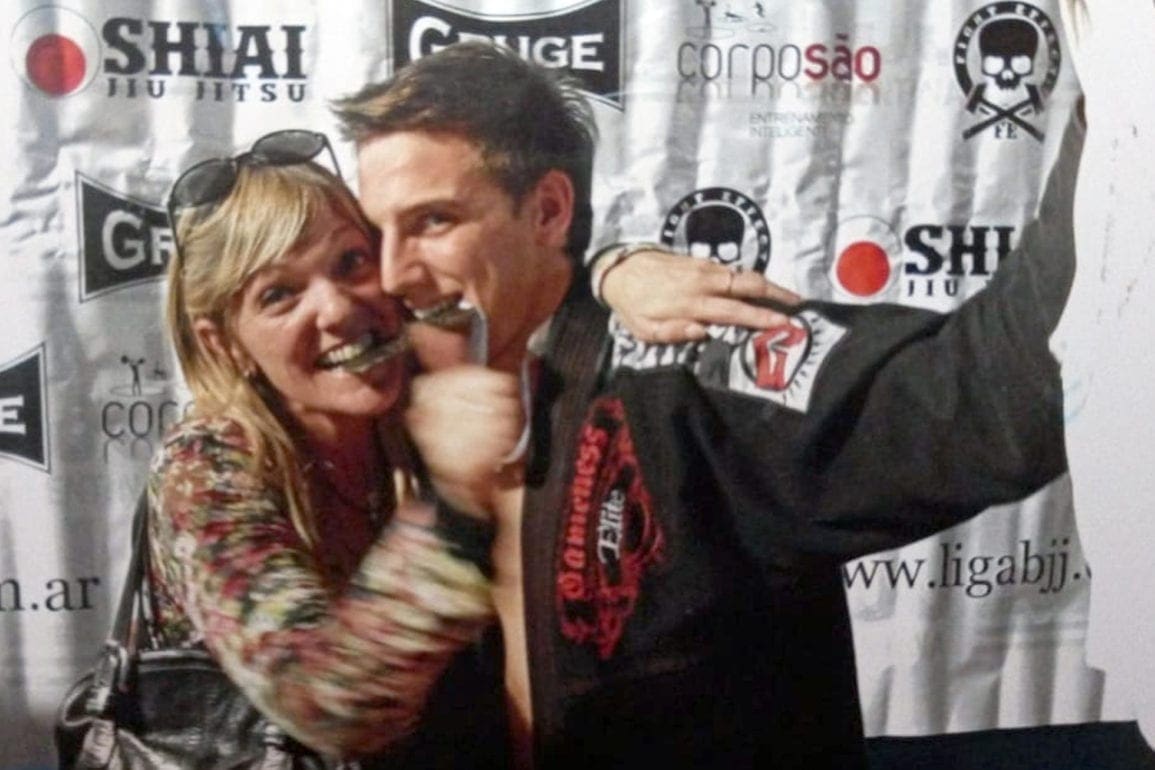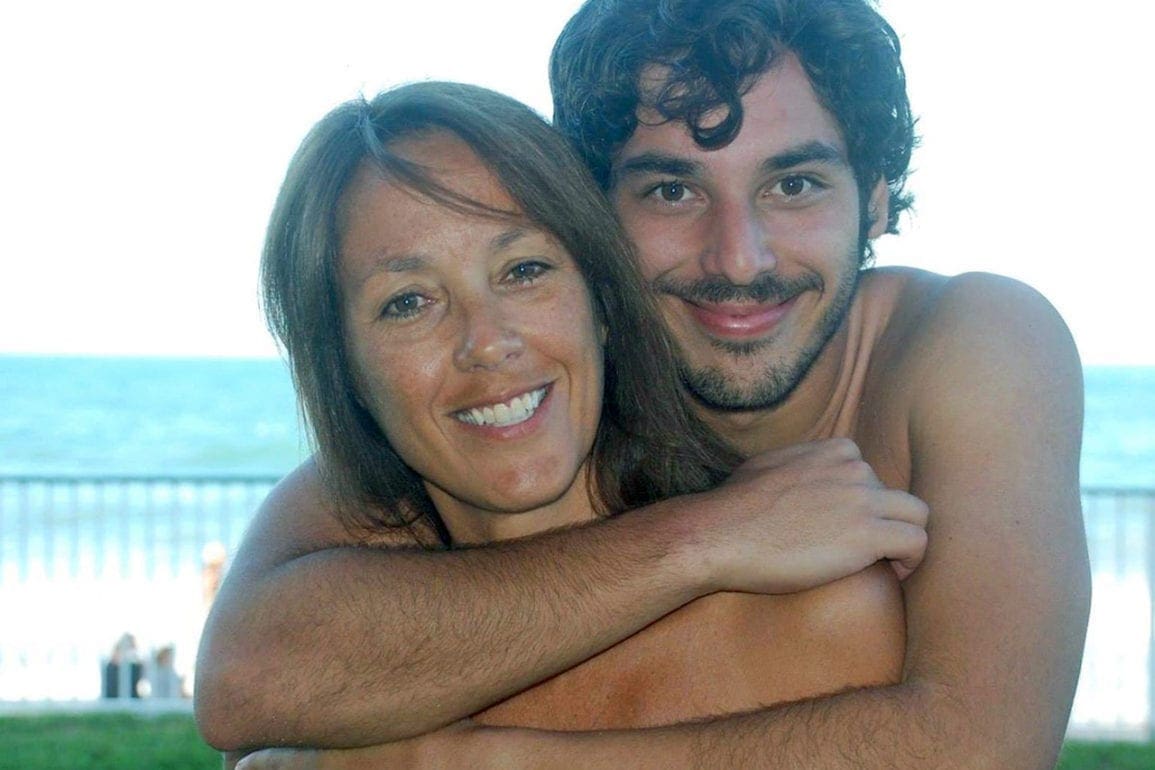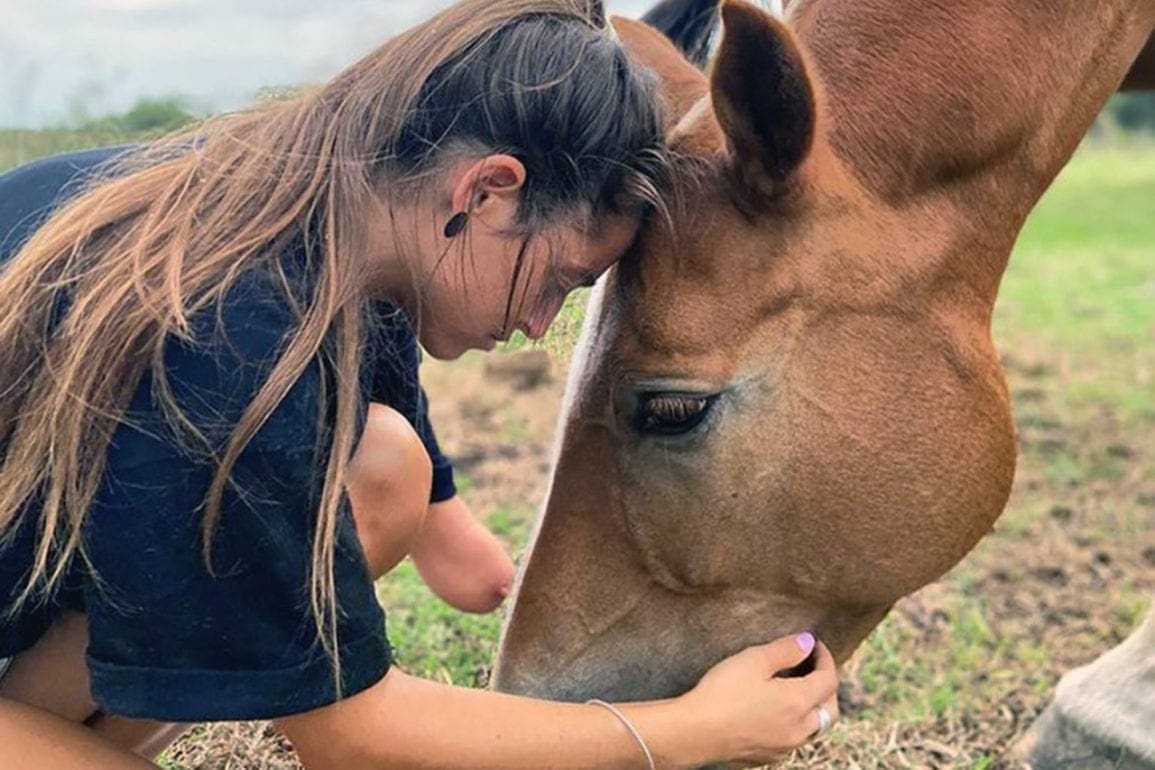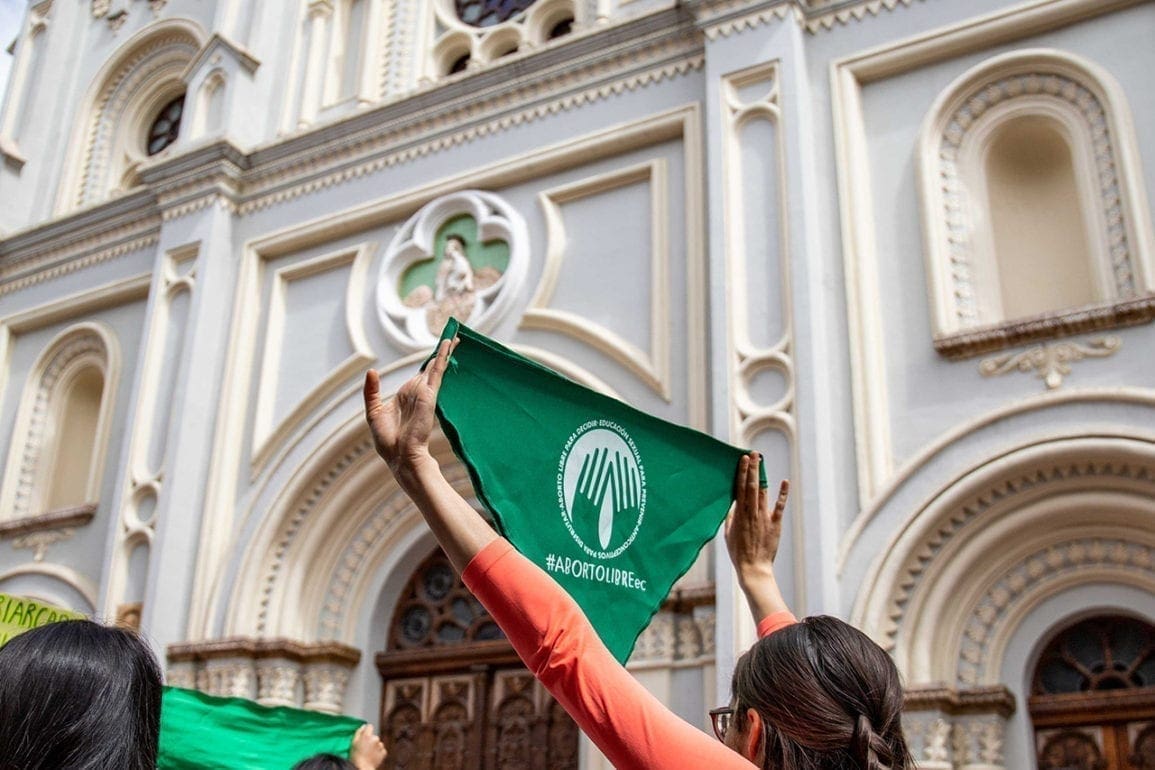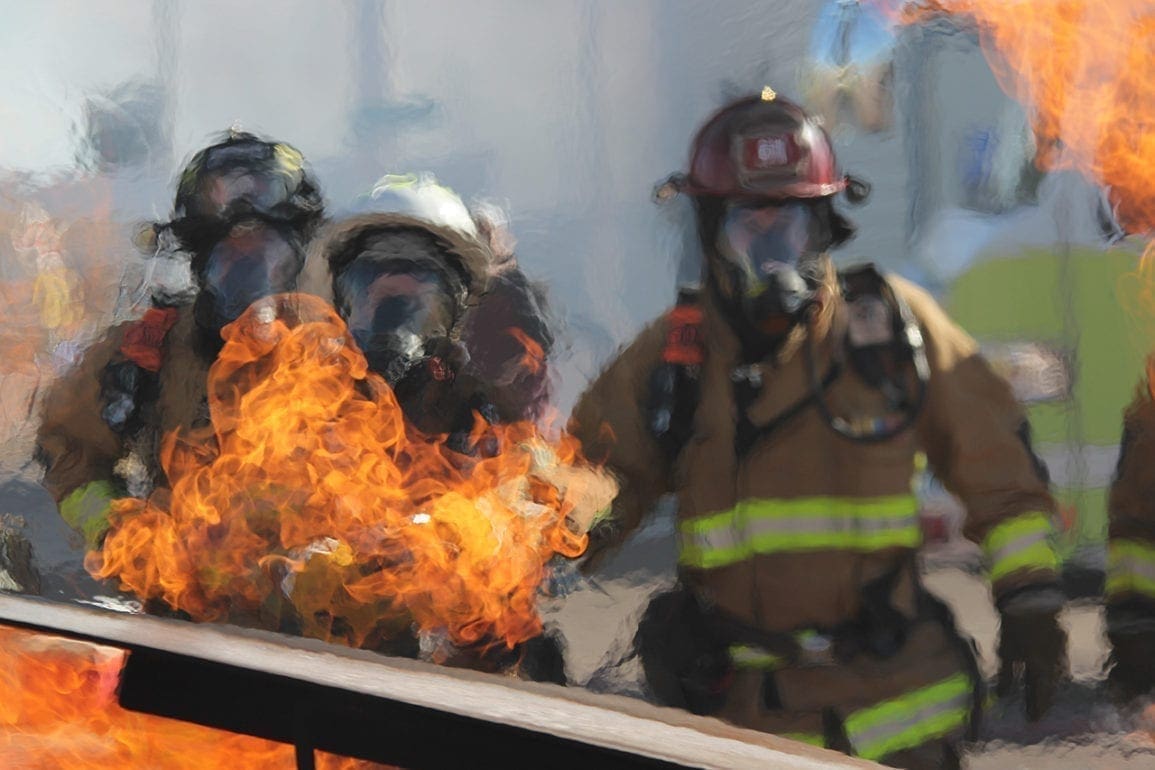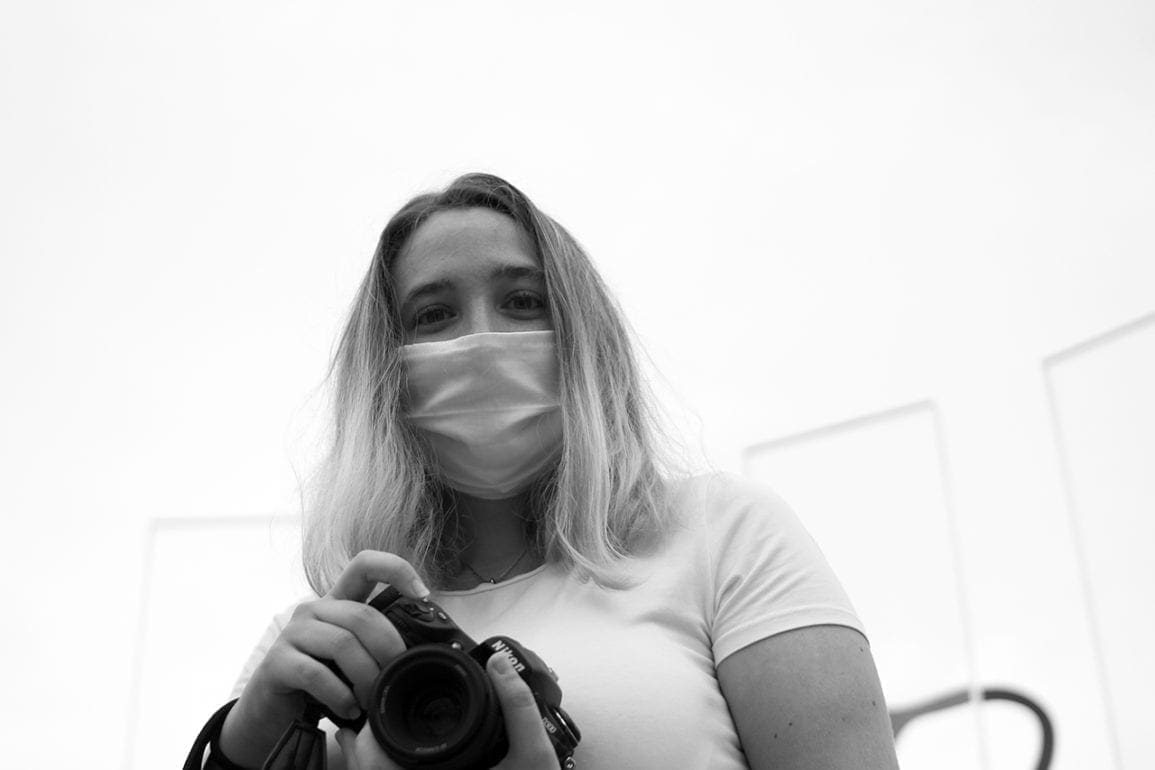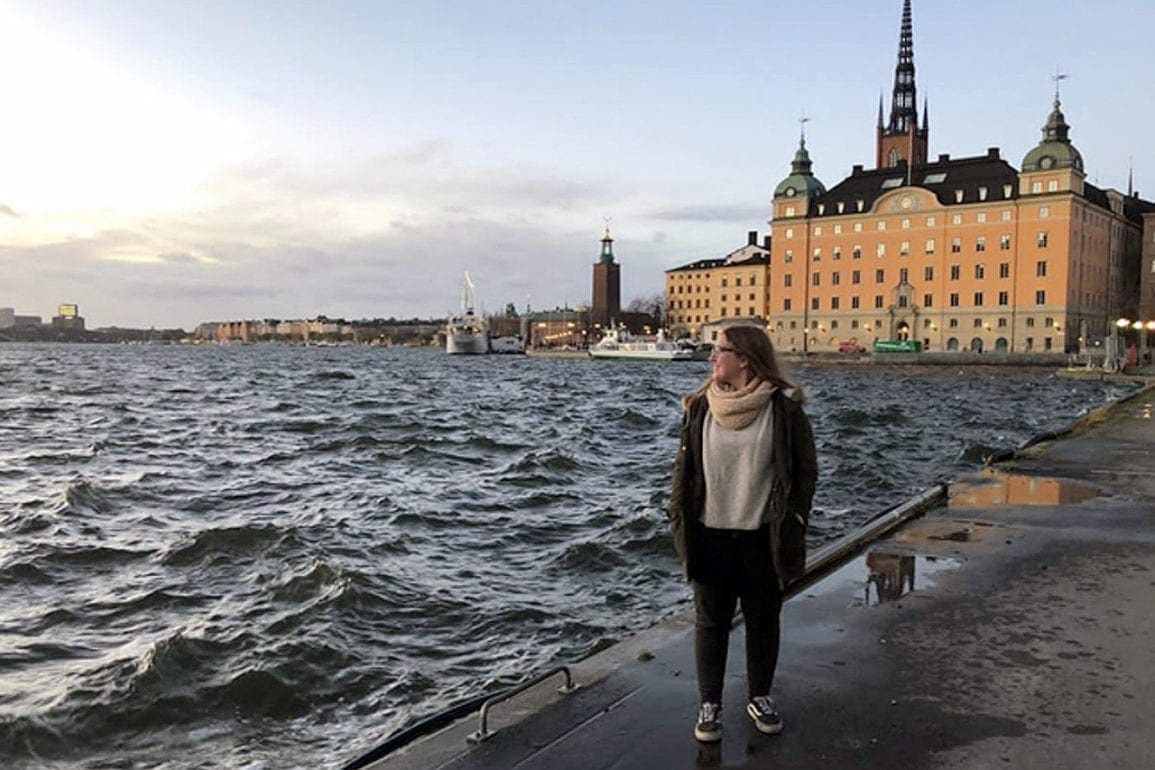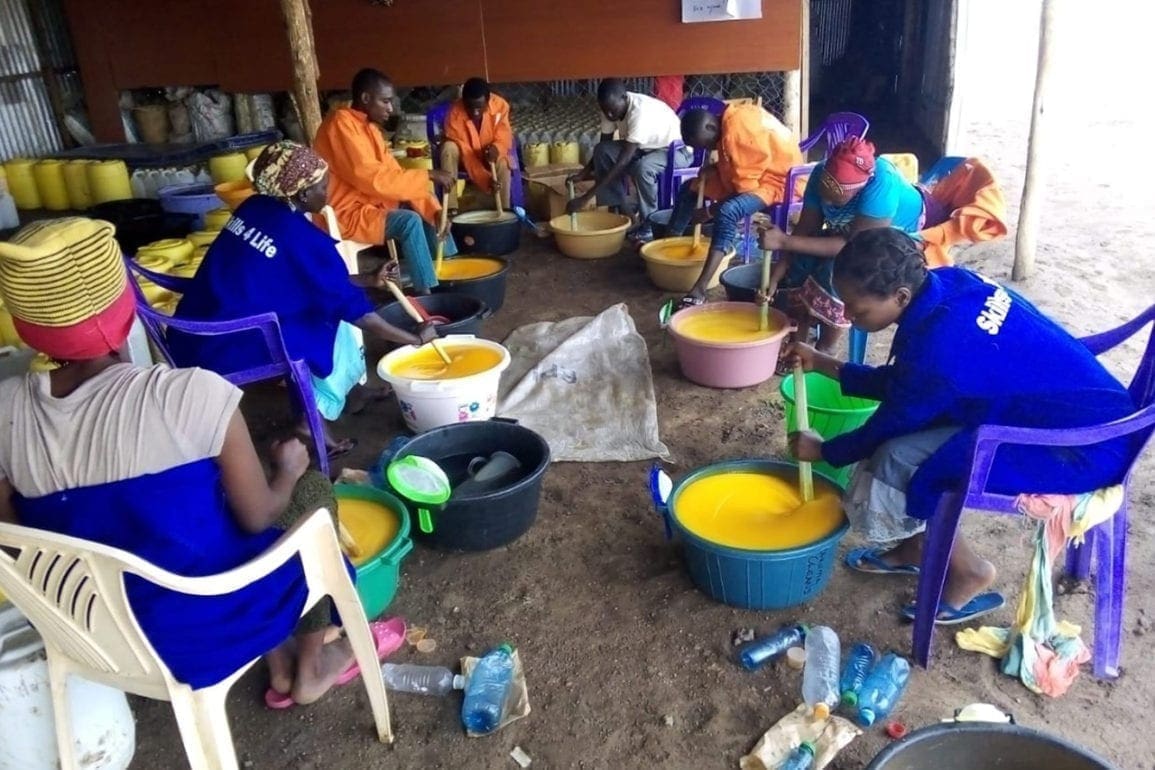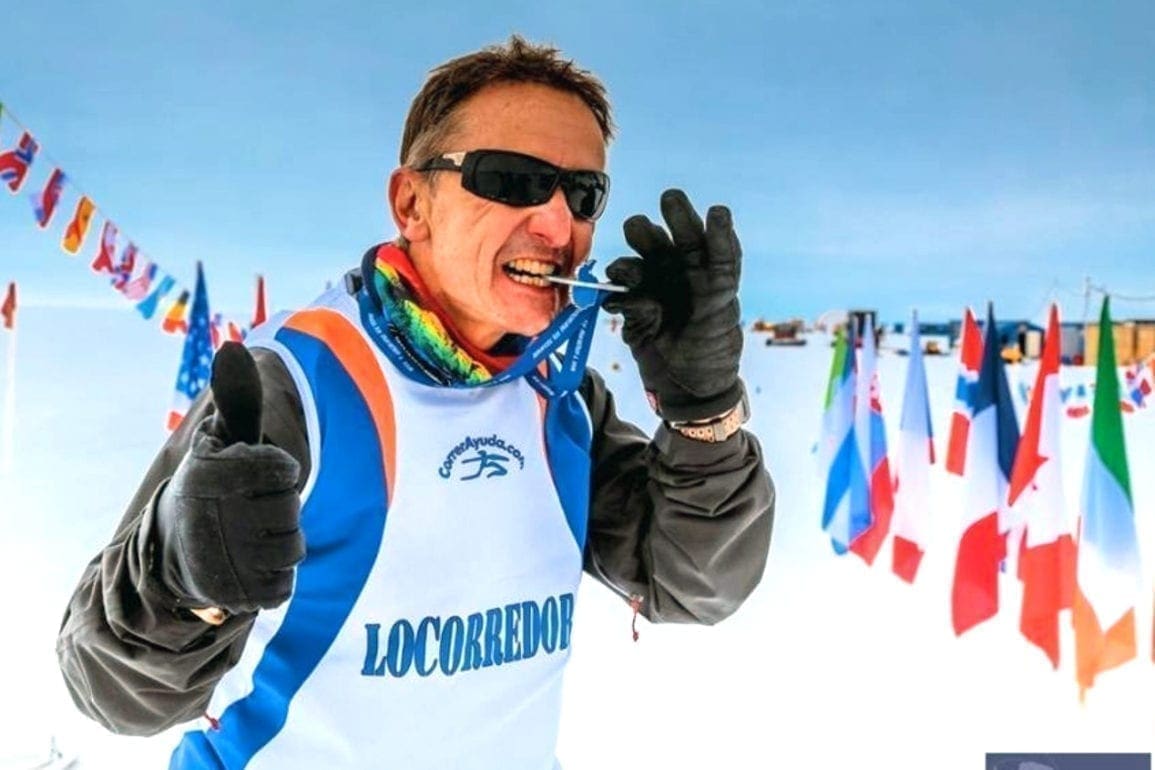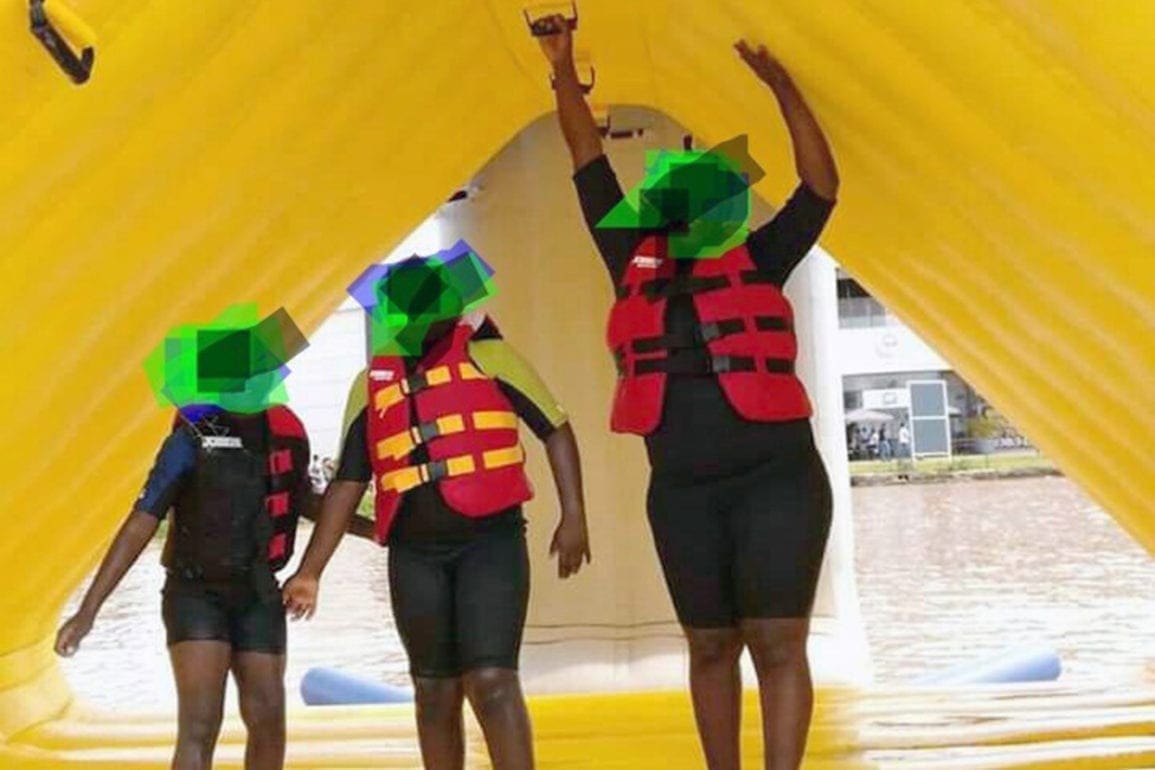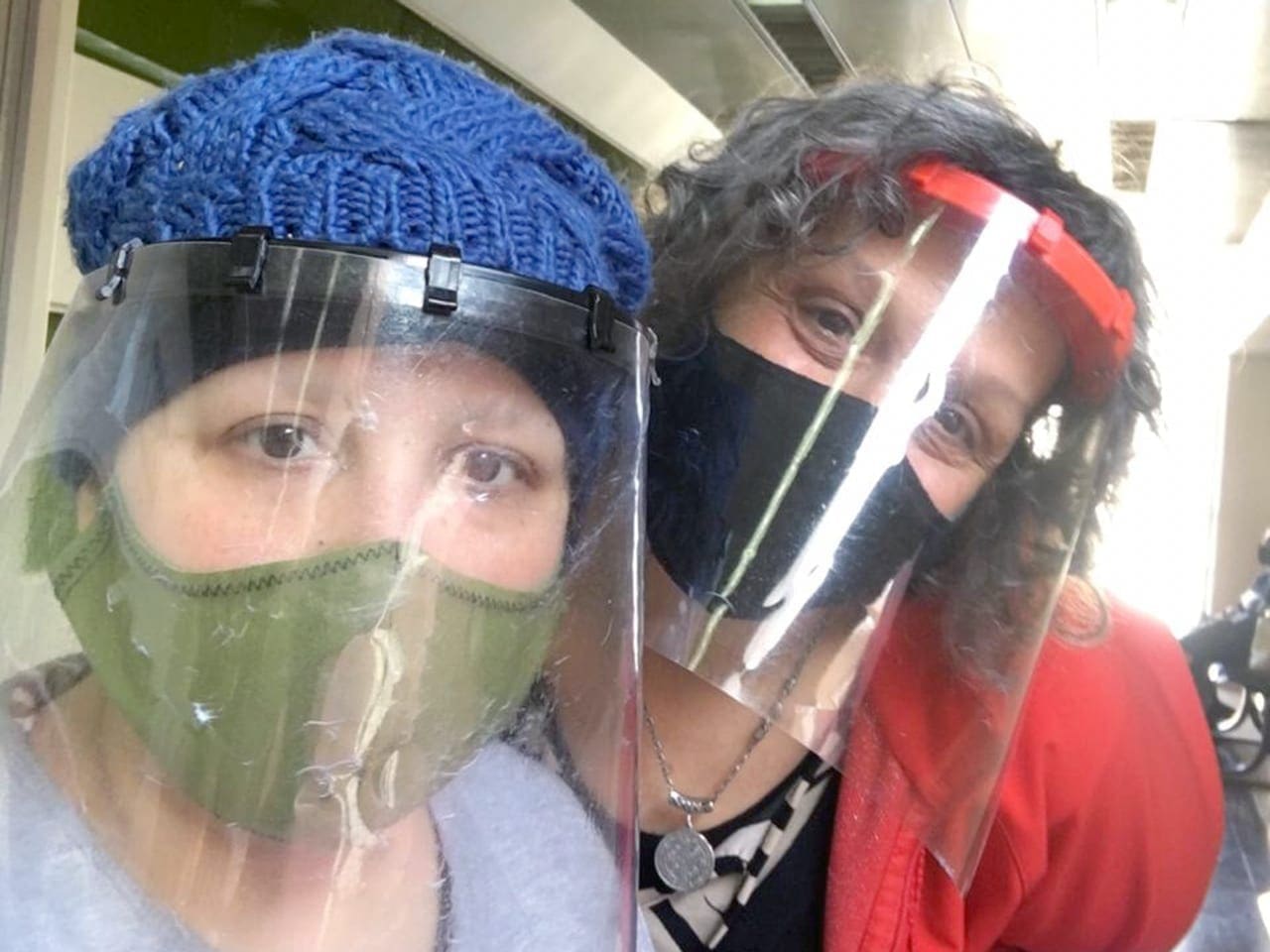Community creates successful approach to suicide prevention, seeks to train others around the world
My patrol partner and I spotted someone with a firearm at the edge of the bridge. Time seemed to halt in that moment. We moved with extreme caution as if treading on fragile glass. “Wait for me,” I called out.
- 2 years ago
December 16, 2023
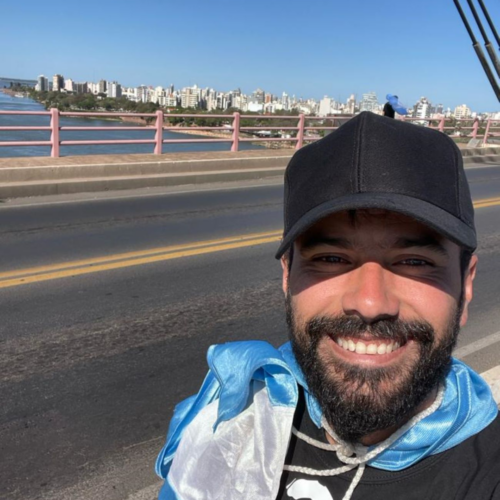
CORRIENTES, Argentina — Around a decade ago, the tragic suicide of a young church member jolted our community into action. We responded by creating a support group for those struggling with depression and suicidal thoughts. This initiative marked a key step in our community’s proactive fight against suicide.
My personal journey led me to this cause. Battling severe depression from childhood trauma, I faced my own suicidal crises. These experiences motivated me to join our community’s suicide patrols, using my experience to help others in similar situations.
Now, as part of the patrol team, I actively watch over our town’s main bridge, a site known for suicide attempts. Dressed in my “24×7” t-shirt, I patrol with purpose, committed to offering hope and intervention to those on the edge. As a result, our bridge has transformed into a symbol of resilience and new beginnings.
Read more mental health stories at Orato World Media.
I joined the suicide patrols after my own suicide attempt
A decade ago, a devastating event shook our community. A beloved boy from our church committed suicide. This tragedy highlighted the urgent issue of suicide in our community. In response, we formed a support group for those suffering from depression and suicidal thoughts.
I joined this cause after battling severe depression as a consequence of childhood abuse. My trauma scarred me deeply and led me to attempt suicide twice. The first time, I held a firearm in my hands but could not pull the trigger despite being overwhelmed by pain. The second time, I overdosed on pills and later woke up in a hospital with my mother beside me.
My second suicide attempt marked a turning point in my life. Seeking help from the church group and undergoing therapy proved pivotal in my recovery. I suddenly felt determined to help others in similar situations and dedicated myself to our volunteer group. Then, eight years ago, I joined the patrol team.
We discovered that the main bridge in our town – the General Belgrano Bridge – was a frequent site for suicide attempts. the COVID-19 Pandemic heightened the number of people going there to commit suicide. We intensified our patrols, conducting two-hour shifts daily, year-round. As I walk the bridge, I often encounter individuals considering jumping. Finding the right words or gestures in those moments becomes imperative. The interactions demand immense care; any mistake could be catastrophic.
Drawing on my experiences, I developed a unique rescue approach, remaining deeply aware of the emotions those on the brink of suicide may feel. Through our collective efforts, we strive to be hopeful, standing vigilant on the bridge that once symbolized loss but now represents a second chance.
Watching for the telltale signs of potential suicide attempts
During our patrols, we observe each person carefully, readying ourselves to intervene if we detect danger. Our team at homebase, located six kilometers from the bridge, collaborates actively with the Corrientes police, military law enforcement, and the naval headquarters.
Depending on the situation, we either provide direct support or quickly alert security forces. These teams offer psychological aid, and we complement their intervention with the ongoing care of those who have survived.
Most individuals we meet in crisis are between 16 and 30 years old, but we also encounter older people in similar distress. Engaging with them proves challenging; they often find them engulfed in despair, which makes establishing a connection difficult.
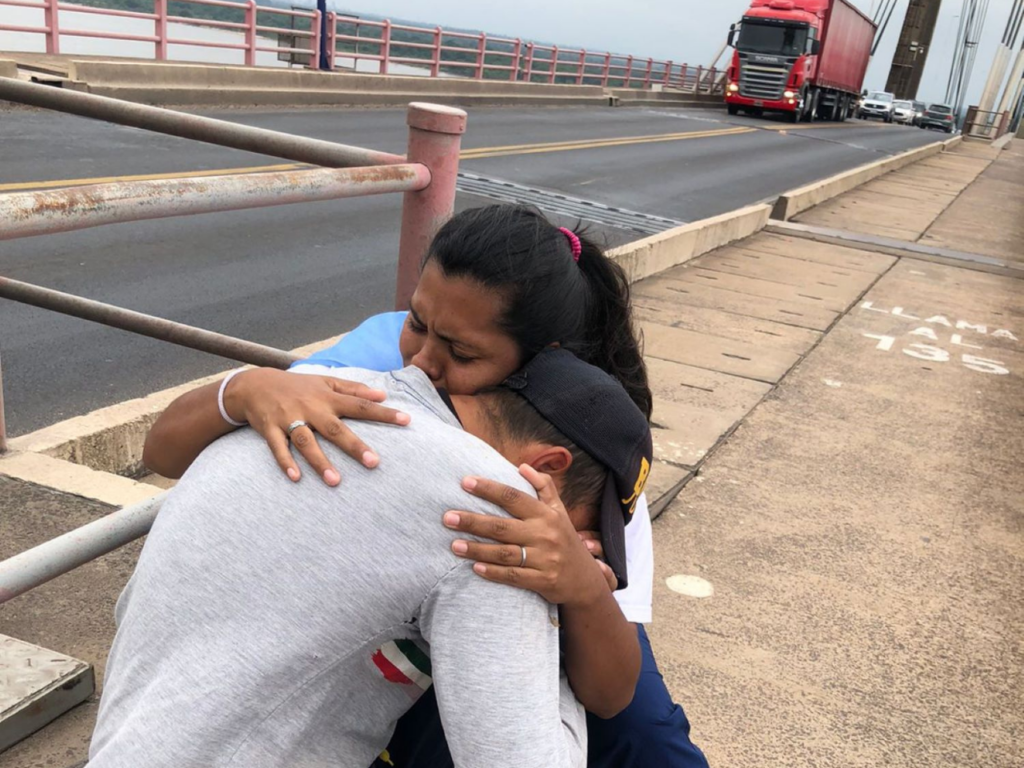
Yet, making these connections brings immense rewards. I remember encountering a young woman on the bridge. We passed by her several times; unaware she was at risk for suicide. When she moved toward the edge, I approached her calmly maintaining eye contact. “How are you?” I asked softly, extending my hand. She hesitated, looking at a space between me and the ground.
When I repeated my question, she broke into tears. Our patrol, along with the authorities, managed to pull her back safely. I vividly recall holding her hand in silent prayer during that rescue, feeling as if my life flashed before my eyes. These intense experiences leave us kneeling and exhausted. Yet, they also fill us with a profound sense of gratitude and love.
Those in crisis often seek answers and companionship. During patrols, we rehearse potential responses and silently recite mantras. Meeting with the next patrol team, we spend about 15 minutes updating each other on any suspicious activity. Our experiences have sharpened our instincts. We’ve learned to recognize specific behaviors that demand heightened vigilance and tirelessly patrol, seeking those telltale signs.
Not everyone makes it: we must expand this mission around the world
Recently, my patrol partner and I spotted someone with a firearm at the edge of the bridge. Time seemed to halt in that moment. We moved with extreme caution as if treading on fragile glass. “Wait for me,” I called out. The man looked up and our eyes locked. He paused for a moment and my partner swiftly disarmed him, removing the firearm and handing it over to the police.
In those tense seconds, I implored the man, “Don’t do it. I’m here to help you,” while extending my hand. He stood on the verge of jumping, but our eye contact stopped him. Without words, he took my hand and embraced me, crying on my shoulder.
Often, we refer to ourselves as the “walkers” or “angels of the bridge.” At that moment, I truly felt it. When we parted ways, the man’s eyes brimmed with tears. “You have to fight,” I encouraged him, “Give yourself a chance; you’re not alone.” He hugged me tightly and we walked together. He was so weak he could barely stand.
A few days later, another crisis occurred. We saw someone at the bridge, lost in despair. Despite our quick response, we couldn’t reach him in time. He slipped away, and his fall became a stark reminder of our mission’s urgency and the fragility of life.
Today, our mission is to extend our reach, bringing our expertise and resources to places around the world that need them most. This work is about forging connection and joining our voices, hearts, and hands to share our collective experiences.

